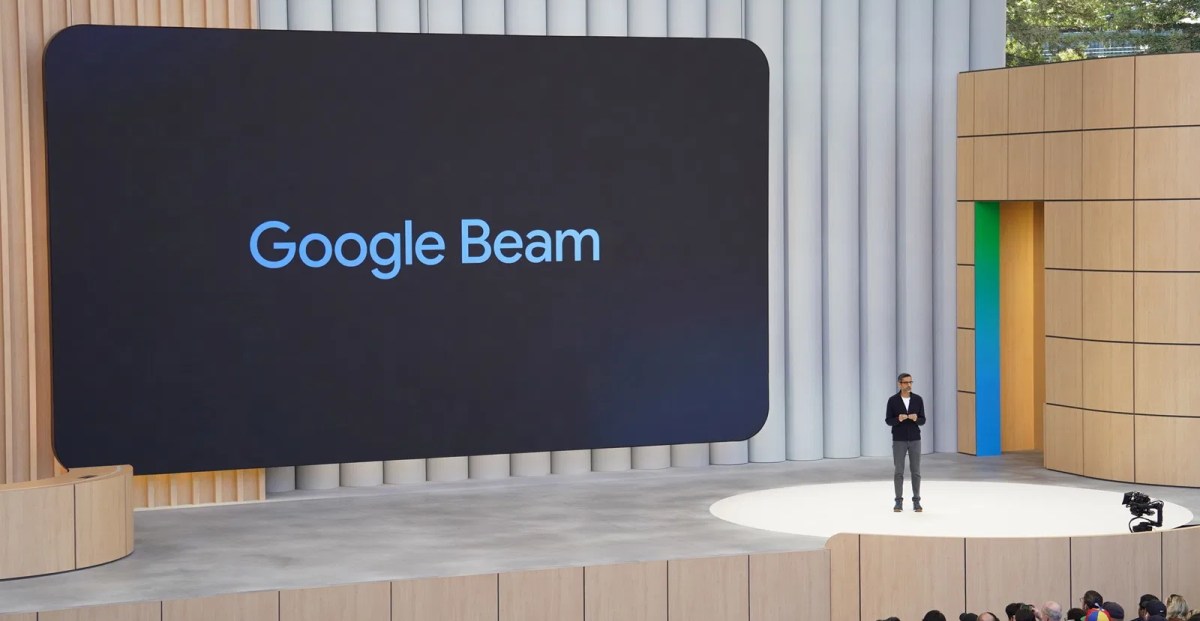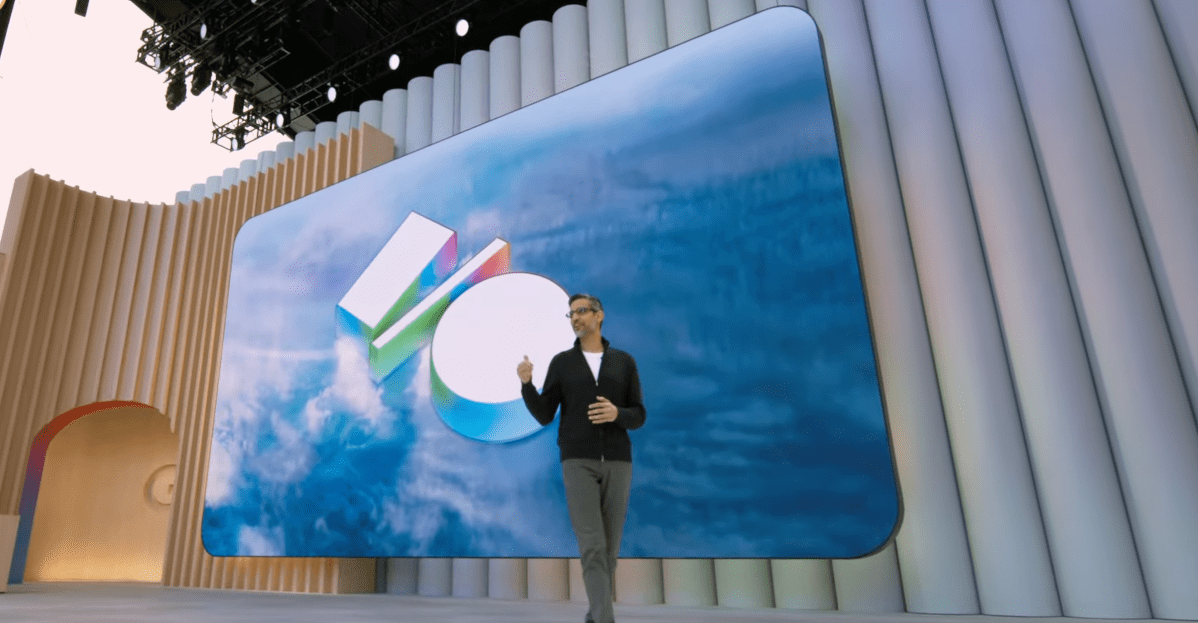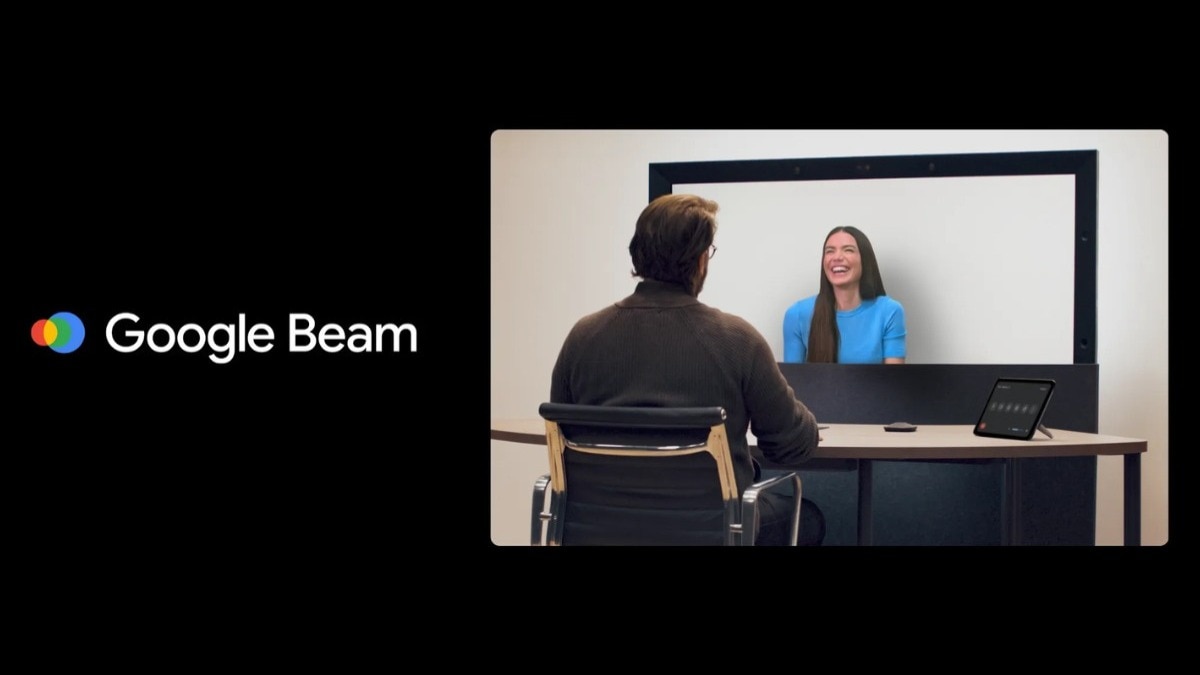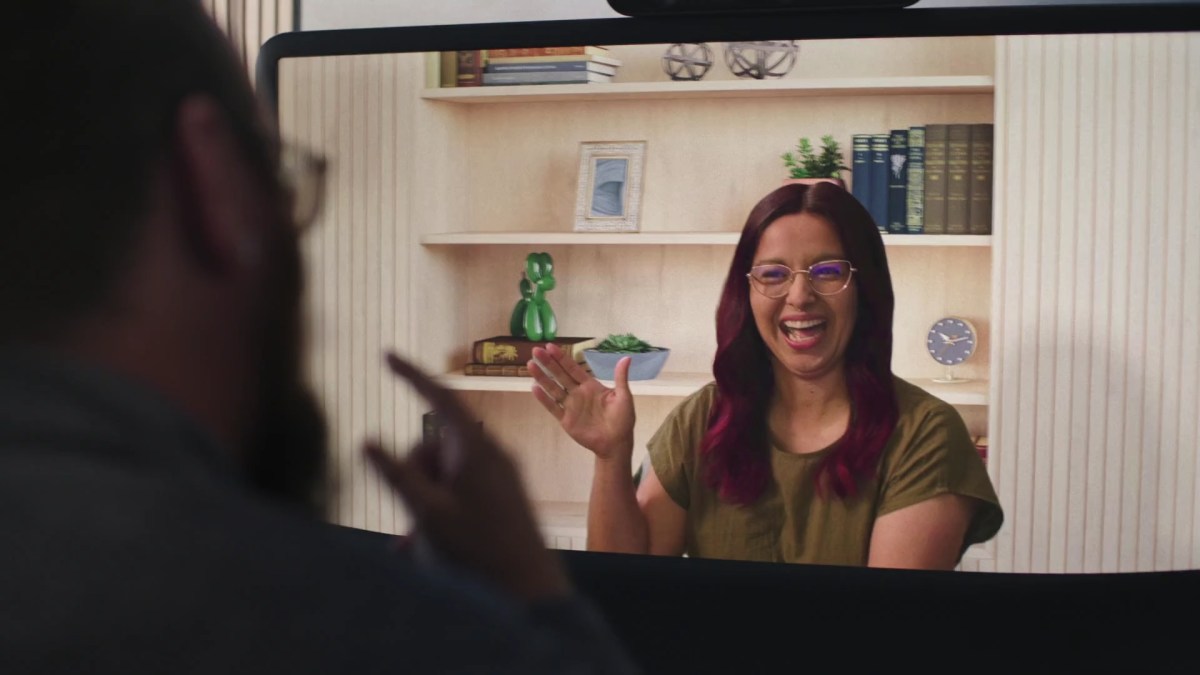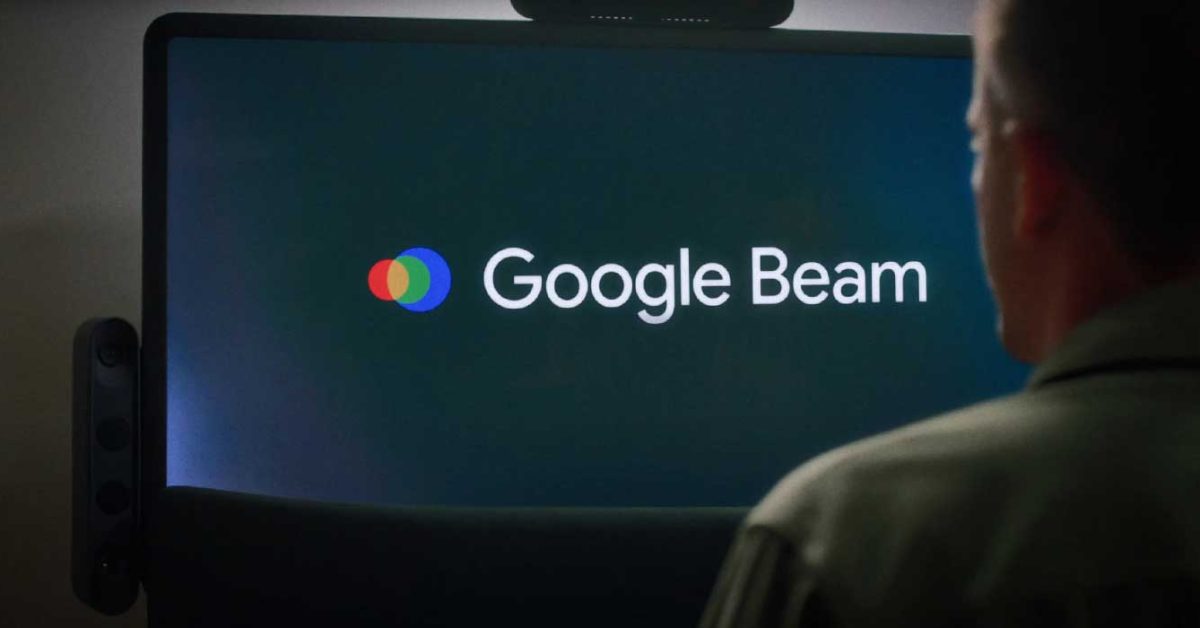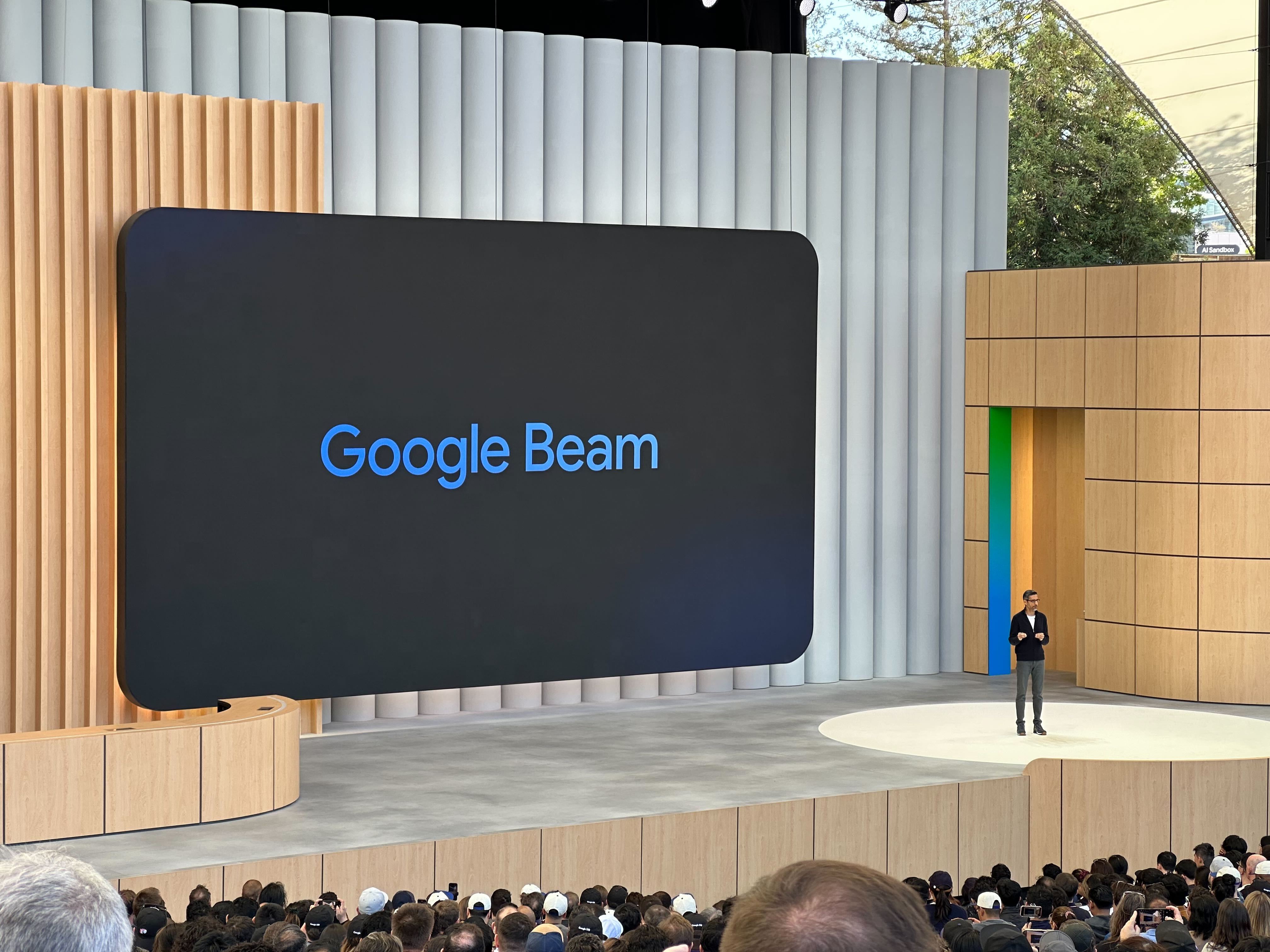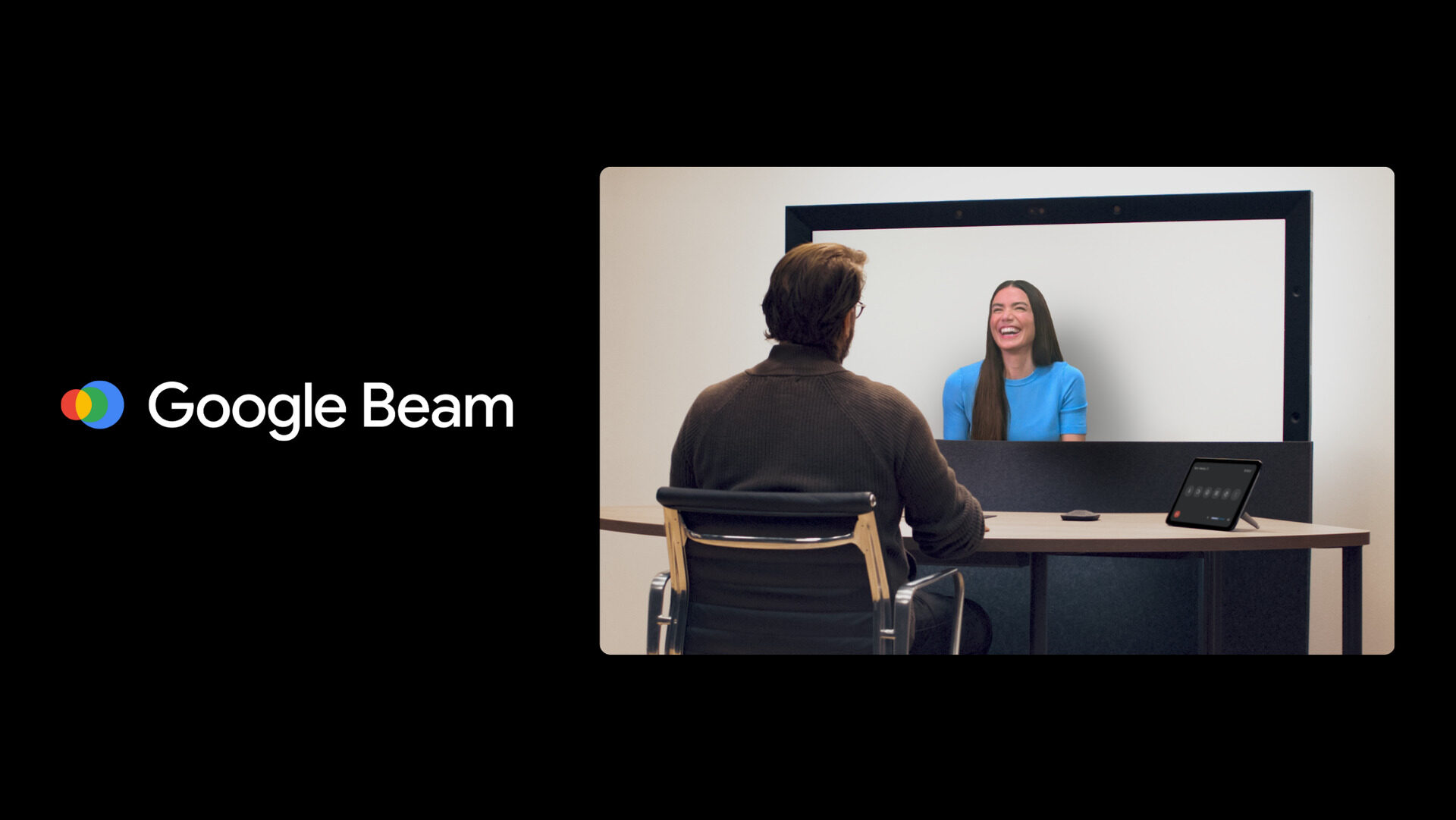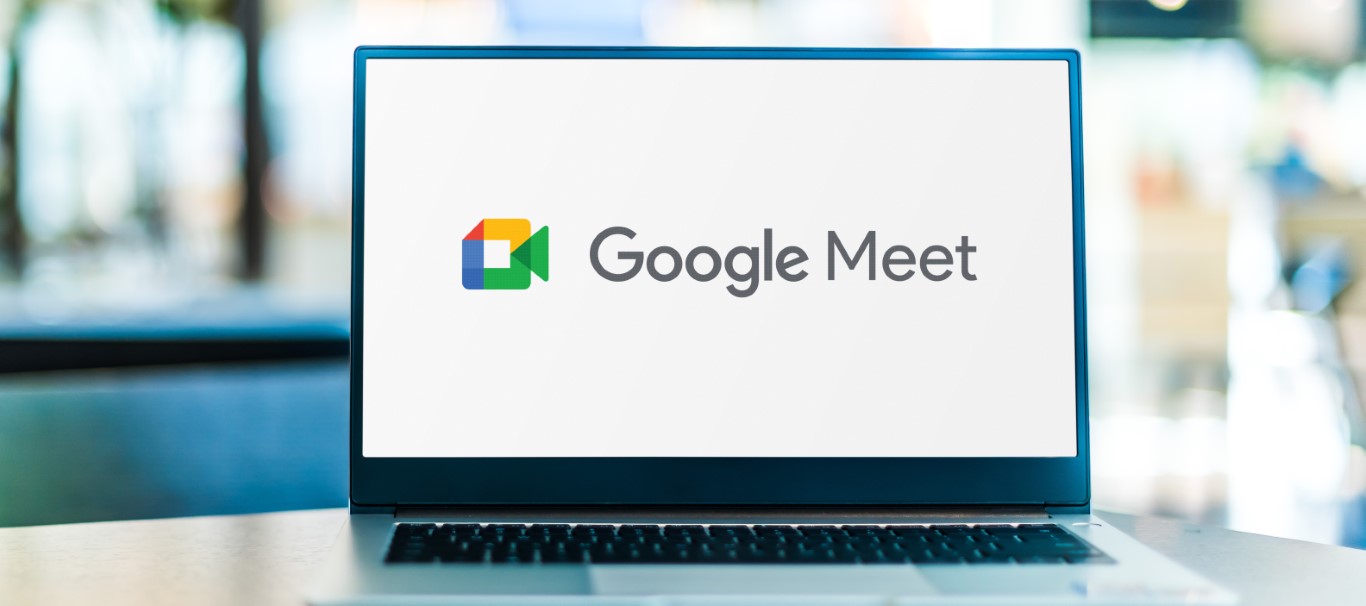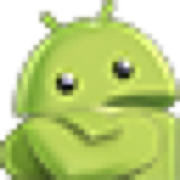Missouri S&T Satellite Team: Mr & Mrs Satellite
Missouri made. Space grade.
In February 2015, Missouri University of Science and Technology won the Air Force's Nanosat-8 competition, beating MIT, Georgia Tech, and seven other universities. Their winning design: two satellites that would perform proximity operations in space, demonstrating inspection capabilities for non-responsive spacecraft. Nearly a decade later, these satellites are finally ready for launch.
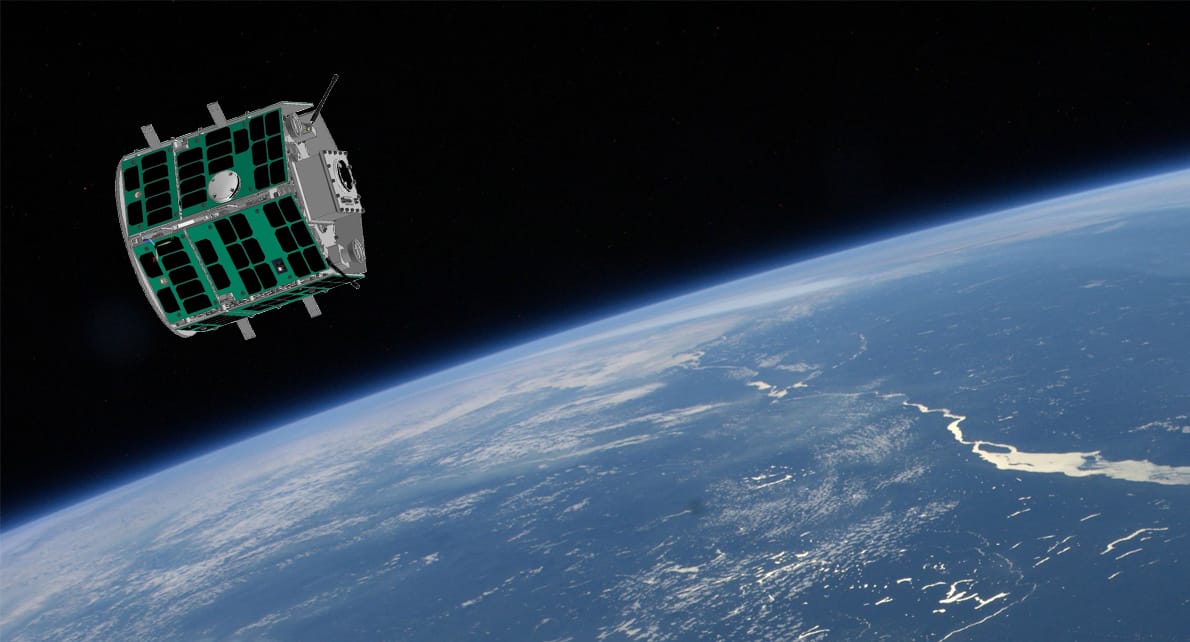
Background
Missouri S&T hired Dr. Hank Pernicka in 2001 to establish their aerospace engineering program. By 2005, the university was competing in national satellite competitions. Dr. Pernicka set clear expectations for his students: "dealing with spacecraft, close to 100% is required for success."
The Missouri S&T Satellite Team (M-SAT) grew from a single course to a 50-person multidisciplinary team by 2015. Their competition history included third place in Nanosat-4 and second place in Nanosat-7, where they notably outperformed MIT.
The Nanosat-8 Competition
The University Nanosat Program, funded by the Air Force Office of Scientific Research, challenges universities to develop flight-ready satellites. Nanosat-8, launched in 2012, focused on proximity operations and space situational awareness – capabilities with direct military applications.
Ten universities competed over two years. The final review occurred January 18-19, 2015, at Kirtland Air Force Base. Winners would receive Air Force launch services for their satellites.
The Mr & Mrs Sat Design
Missouri S&T proposed a two-satellite system:
- MR SAT (Missouri-Rolla Satellite): The inspector satellite
- MRS SAT (Missouri-Rolla Second Satellite): Simulates an uncooperative space object
The mission addresses a practical problem. When satellites malfunction or stop responding, operators need to assess damage without risking astronaut spacewalks or expensive replacement missions. Mr & Mrs Sat demonstrates autonomous inspection at a 10-meter distance.
Key Technical Innovations
Stereoscopic Imaging: Custom dual-camera system creates real-time 3D images, allowing precise position and velocity measurements in space.
R-134a Propulsion: Instead of expensive spacecraft propellants, the team used R-134a refrigerant – the same compound found in automotive air conditioning. The cold gas system, stored in a container roughly the size of a 2-liter bottle, provides six degrees of freedom for formation flying. Cost: about $20 per bottle versus thousands for traditional propellants.
Autonomous Control: The Self-sufficient, Accelerated Spacecraft Integration Flight Control System (SASI FCS) maintains formation without ground intervention, critical for practical operations.
Development Challenges
Dr. Pernicka warned students the project would be "underfunded and due in two years – a ridiculous deadline for normal satellite design." Air Force safety requirements added complexity.
Anna Schroeter, Program Manager, coordinated 9 subsystems and 25+ personnel. Her responsibilities included budget proposals, Air Force coordination, and systems integration across multiple engineering disciplines.
The psychological toll was significant. As Dr. Pernicka noted, "Sometimes they fail spectacularly. It's part of the business." Students invested years in projects that could fail during launch or in orbit.
From Competition to Flight Hardware
Winning in 2015 guaranteed launch services but required transforming academic designs into flight-qualified hardware. This meant:
- Space qualification for every component
- Redundancy for all critical systems
- Testing for launch vibrations, thermal cycling (-100°F to +200°F), and radiation exposure
The process took nearly a decade. By Summer 2024, flight-ready satellites were delivered to the Air Force Research Laboratory. Multiple student generations contributed to the project through graduation cycles and the COVID-19 pandemic.
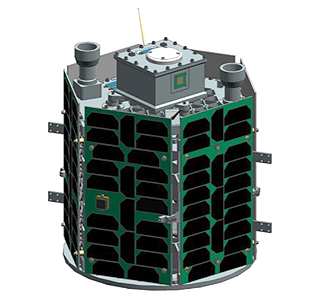
Mission Profile
The satellites will likely launch on a SpaceX Falcon 9, possibly via the International Space Station. Once deployed, they'll demonstrate:
- Automated proximity operations
- 3D imaging and reconstruction
- Formation flying using low-cost propulsion
Primary mission duration: 4 months
Expected operational life: 2-4 years
Applications include military satellite inspection, commercial satellite diagnostics, and development of future servicing missions.
Educational Impact
The program has produced over 11,000 alumni across 25 years. Many work at NASA, SpaceX, Boeing, and other aerospace companies. Students gain end-to-end spacecraft development experience unavailable in traditional academic programs.
Joseph Nguyen exemplifies the program's reach. A first-generation college student who initially found undergraduate research "a little too challenging," he became Student Director. His scholarship letter stated: "As the first male in my family to attend college, your scholarship will financially assist my family in the expenses of my attendance. I hope to make my community proud and hope to make you proud as a student who dared to change his future."
Technical Significance
The R-134a propulsion system demonstrates how cost constraints drive innovation. If university students can achieve precision formation flying with hardware store refrigerant, the approach could benefit budget-conscious small satellite operators.
The stereoscopic imaging system addresses growing needs for space situational awareness as orbit becomes more congested. Autonomous inspection capabilities have clear national security applications.
Looking Forward
Mr & Mrs Sat awaits launch within 1-2 years. The approaching milestone represents a decade of student effort, technical problem-solving, and persistence through setbacks.
When these satellites finally reach orbit, they'll prove that the greatest space achievements don't always come from billion-dollar budgets or prestigious institutions – sometimes they come from Missouri students with the audacity to make hardware store refrigerant fly. In the cold vacuum above, Mr & Mrs Sat will dance on air conditioning dreams, showing the world that innovation thrives on constraint, that ridiculous deadlines can forge real spacecraft, and that true engineering genius isn't about having the most resources but about having the nerve to reach for the stars with whatever's in your toolbox. They'll orbit as monuments to every student who dared to believe that a hardware store trip could be the first step to space – and that sometimes, the most extraordinary achievements begin with the most ordinary tools.
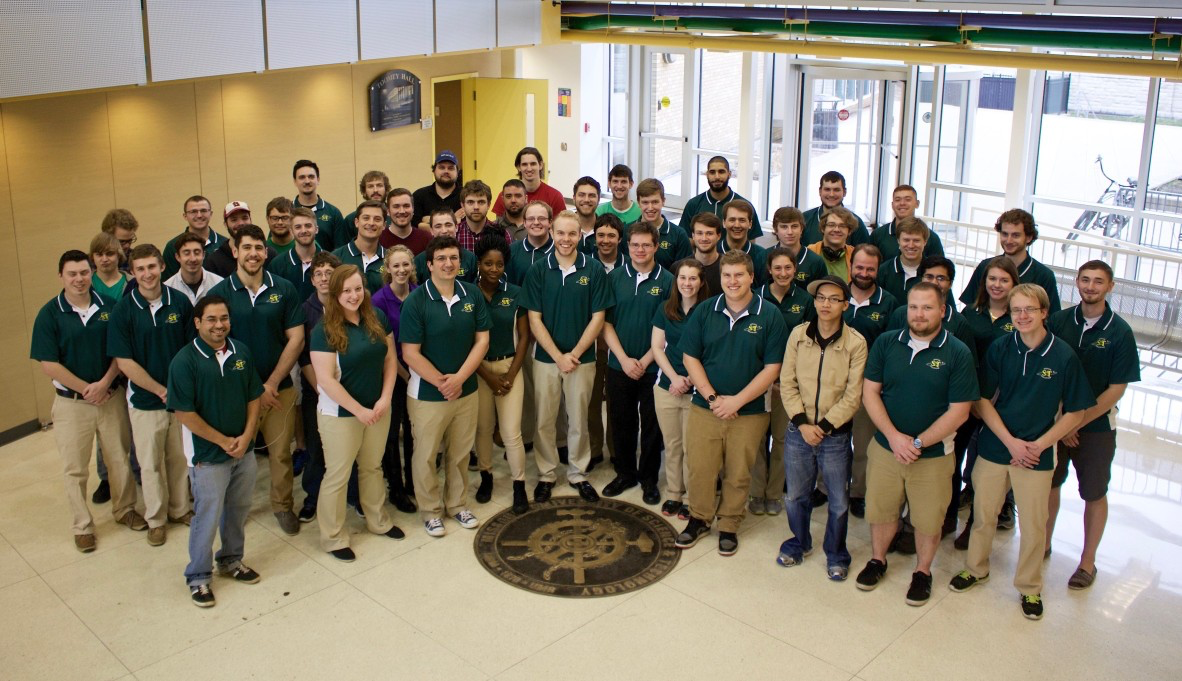
RSS for the Rest of Us
The feed that feeds your mind.
starikov.co/rss-starter-set.
Over the past decade, I've watched countless services come and go through my daily rotation: Reddit, Twitter X, Mastodon. I used to love these platforms for news, interesting reads, and—if we're being honest—memes and cat photos. But the last few years have brought what I'll diplomatically call "social media turbulence": leadership changes, discontinued third-party app support, shifting priorities, and general fracturing that would make a dropped phone screen jealous.
This chaos has forced me to reconsider what I allow into my daily routine, and more importantly, what I let occupy real estate in my brain. One service has never steered me wrong. There's no algorithmic timeline deciding what you see, no mysterious feed curation, and you'll never encounter accounts you didn't choose to follow.
I'm talking about RSS—Really Simple Syndication. I've been using it since around 2014, carefully curating my feeds for over a decade. For years, it played second fiddle to my other apps, relegated to occasional browsing rather than being my primary information source.
That changed completely over the last year. I've replaced nearly all my daily apps with RSS, and frankly, I should have done it sooner.
What Exactly Is RSS?
RSS stands for Really Simple Syndication (or Rich Site Summary, depending on who you ask). Think of it as a universal language that websites use to announce "Hey, I just published something new!" It's essentially a standardized way for any website to share content updates.
The concept emerged in the late 1990s when people got tired of manually checking dozens of websites for updates—a problem that feels quaint now but was genuinely annoying back then. RSS provided an elegant solution: instead of visiting each site individually, you could subscribe to their RSS feeds and get all new content delivered to a single location—your RSS reader.
Here's how it works: when a website publishes a new article, podcast episode, or blog post, their RSS feed automatically updates with the essentials—title, brief description, publication date, and a link to the full piece. Your RSS reader periodically checks all your subscribed feeds and presents new content in one organized timeline.
What makes RSS special is that it's an open standard—not a product, not a platform, but a specification that belongs to everyone and no one. This is the same technology that powers the entire podcast ecosystem, allowing thousands of apps and services to flourish without any single company holding the keys to the kingdom. It's been developed and refined over decades by the community, which means no corporate overlord can suddenly decide to "pivot" or shut it down. Because it's a standard rather than a service, no company controls what you see, no algorithm decides what's "engaging" enough to show you, and no ads get inserted between articles. It's just the raw content from sources you've chosen to follow, presented chronologically.
Why RSS Might Be Right for You
I've introduced RSS to more and more people lately. For some, it clicks immediately; for others, not so much. After observing these reactions, I've realized why RSS feels so different from other information sources—and why that difference matters.
The Good Stuff
I feel dramatically better informed. I used to think getting news in digestible, tweet-sized chunks was sufficient. After switching primarily to RSS, I realized that while social media gave me impressive breadth, quality publications offer depth to stories that I'd never experienced before. Turns out there's more to most stories than fits in 280 characters.
One inbox to rule them all. I no longer juggle multiple apps throughout the day. I have a single destination for news, videos, social media posts, and yes, even comics. It's like having a personal assistant who sorts all your reading material into one neat pile.
Offline-friendly browsing. Not all feeds provide full-text content (more on this limitation later), but those that do let you download substantial high-quality reading material without needing an internet connection. Perfect for flights, commutes, or those mysterious dead zones your cellular provider swears don't exist.
Lower emotional exhaustion. Social media platforms optimize for engagement, which typically means triggering some kind of emotional response—outrage, excitement, fear, whatever keeps you scrolling. While RSS doesn't eliminate emotional content (I still need to watch my consumption, especially before bed), there's no algorithm actively amplifying the most emotionally charged material. The result feels notably calmer.
Actual competition exists. Don't like your RSS reader? Try another one! Sync service acting up? Switch to a different one! There's a healthy ecosystem of apps and services competing for your attention, unlike the near-monopolistic situations we see with most social platforms.
Privacy by default. RSS operates fundamentally differently from modern websites and social media. When you subscribe to a feed, you're not creating an account that tracks your reading habits, building an advertising profile, or handing over personal data. Your RSS reader simply fetches publicly available content without revealing who you are or what you're reading. No tracking pixels, no analytics cookies, no data brokers selling information about your interests to advertisers.
You're actually in control. With RSS, you decide exactly what enters your information stream. No algorithm hides articles it thinks won't engage you, no promoted posts clutter your timeline, and no "recommended for you" sections push unwanted content. You can organize feeds into folders by topic or priority, and many readers offer powerful filtering to automatically hide articles with certain keywords or highlight ones matching your interests. If a feed becomes too noisy, you can unsubscribe instantly without losing anything else.
The Not-So-Good Stuff
Learning curve ahead. Before you can even start, you need to understand what RSS is and how to use it. This means learning feed mechanics, categorization, different feed formats, discovering which websites offer RSS, and figuring out how readers sync across devices. It's not rocket science, but it's not exactly intuitive either.
High-energy consumption required. You're doing everything yourself—finding feeds to follow, determining quality sources, building structure in your reader. There's minimal hand-holding or automated curation. Think of it as the difference between having a personal chef and shopping for groceries yourself.
Significant upfront investment. Getting an initial collection of quality feeds requires genuine effort. You'll need to research, test, and curate. I recommend starting slowly and building gradually with feeds you know you want, rather than trying to replace your entire information diet overnight.
Inconsistent feed quality. A "full text" RSS feed provides complete articles directly in your reader, including images and formatting. However, many sites only offer "partial" feeds with just the first paragraph or a brief excerpt, forcing you to click through to their website for the full article. Some feeds strip out images, author information, or proper formatting, creating an incomplete reading experience. Others provide only bare-bones summaries that don't give you enough context to decide if the full article is worth your time.
No algorithmic curation. There are starter sets to help you find initial feeds, but there's no recommendation algorithm doing the heavy lifting. All curation falls on you, which can feel overwhelming compared to platforms that serve up endless, personalized content.
Zero social interaction. RSS is fundamentally solitary. No likes to give or receive, no comment sections, no easy way to share articles with friends or see what others are reading. You can't follow interesting people to discover content through their recommendations. There's no community aspect, no discussions, no viral moments. While this can be refreshing for focused reading, you lose the serendipitous discovery that comes from social sharing and the feeling of participating in larger conversations.
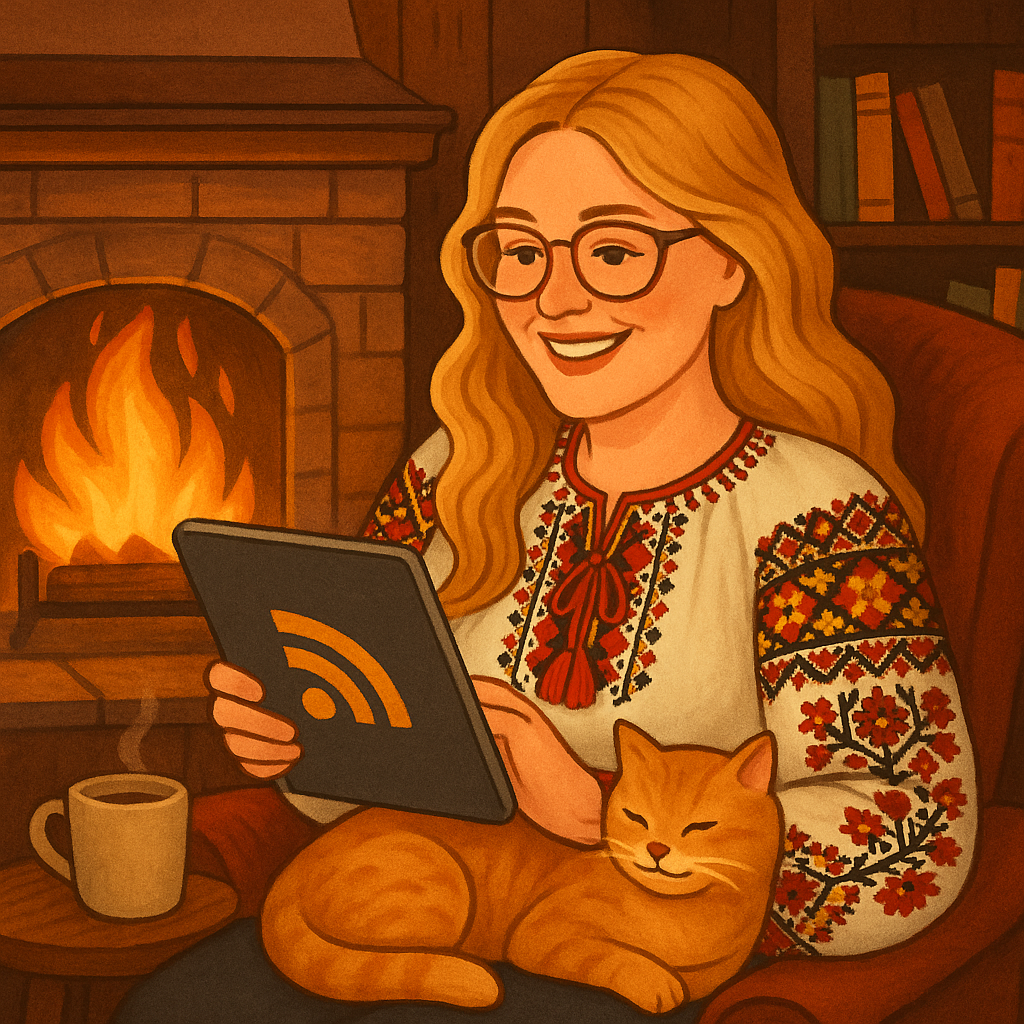
How I Use RSS as My Everything App
RSS has become my universal content platform—successfully replacing all my news apps, social media accounts, and video feeds. Since there's no algorithm elevating content for me, I need to create my own structure. My philosophy: always have something interesting to read (mimicking that infinite timeline feeling), but prioritize ruthlessly since I don't have infinite time.
Here's my folder system, numbered intentionally because I read them in this exact order. When I start a reading session, I begin with Priority, then Secondary, then Videos. When I pick up my phone later, I start back at Priority again:
- ⭐️ Priority - Feeds I always read, kept to an absolute minimum. This is exclusively people and blogs I know personally. If someone I actually know wrote it, it gets read.
- 💫 Primary - My daily news diet. This is where I get current events and industry news. I keep high-volume sources to a minimum, but some publications earn their place despite posting frequently. Variety is key here.
- 📺 Videos - Aggregates videos from various platforms. While I still subscribe directly on YouTube and other platforms, this ensures I never miss content from creators I care about.
- 👍 Social - Social media feeds from Mastodon, Twitter, Instagram. More on how this works later.
- 👽 Reddit - Exactly like Social, but... you know, you “Read it”.
- ✨ Volume - High-quality sources that post frequently. These feeds have excellent content but too much volume for my daily folders. Think Hacker News, Product Hunt, Slashdot.
- 💛 More - Feeds that didn't make the daily cut. These are sources I might return to when I have extra time, and occasionally they get promoted to my regular rotation.
- 👍👍 More Socials - For when I'm feeling particularly bingeworthy.
This creates a lot of content—far more than I can read daily. And that's completely intentional.
First, I don't read every article. Instead, I skim headlines and open what genuinely interests me. This gives my brain options and keeps me engaged long-term. Articles in higher-priority folders are more likely to get read, but even Priority articles aren't sacred if they don't grab my attention.
Second, my reading varies dramatically by day, and I think about it in tiers:
"Minimum" is nothing at all. I can take breaks from RSS without FOMO anxiety. When I return from a conscious or unconscious break, I catch up with Priority feeds and call it good. Important news has a way of reaching you regardless.
"Average" covers folders 1-4. Most days, I get 2-3 solid RSS sessions, meaning I need to fit the best content into about 30 minutes total.
"Binge" goes through folders 5-8. Some days I'm glued to my phone anyway. Rather than mindlessly doomscroll social media, I have a surplus of curated content waiting. It's procrastination, but at least it's educational procrastination.
Practical Tips and Tricks
Start with Starter Sets
You probably know your interests but might not know which websites cover them well. These resources offer excellent recommendations:
- star🌻kov's RSS Starter Set
- You Need Feeds Starter Packs
- Feedly's Discovery Tool
- Awesome RSS Feeds on GitHub
- Inoreader's Curation
Embrace Read-Later Services
Sometimes you'll encounter a beautifully long article that deserves focused attention, but you're currently standing in line at the grocery store. Read-later services solve this perfectly.
These apps let you save articles with a single click for later consumption. They typically strip away ads and formatting distractions, presenting clean, readable text when you're ready. Many offer offline reading, highlighting, note-taking, and organization features.
Many RSS readers have this functionality built-in, so you might not need a separate service. But if you do:
- Safari Reading List - Free, built into Safari, syncs across Apple devices. Basic but perfectly functional.
- Pocket - Free tier available, ~$5/month for premium. Mozilla-owned with good parsing and recommendations.
- Instapaper - Free tier, $3/month premium. Excellent typography and highlighting features.
- Matter - Free version, $8/month premium. Modern interface with great text-to-speech and social features.
- Readwise Reader - ~$8/month. Combines read-later with powerful note-taking for knowledge management.
- Raindrop.io - Freemium, $3/month premium. More comprehensive bookmark manager with read-later functionality.
Integrate Social Media Through RSS
Here's something many people don't realize: your RSS reader can natively follow social media accounts from:
- YouTube
- Mastodon
- Bluesky
- Tumblr
This is exactly what fills my Social folders. Instead of opening multiple apps, I see social media updates alongside my news feeds.
Syndicate Almost Any Website
After using RSS for a while, you'll discover that many websites don't offer native RSS feeds. Fortunately, there are workarounds.
RSS.app is the most straightforward solution. It monitors web pages for changes and automatically generates RSS feeds from new content. Simply paste any URL into RSS.app, and it creates a custom feed that updates whenever that page publishes something new.
The service uses AI to intelligently parse different website types—news sites, blogs, social media profiles—and extract relevant information like titles, dates, and descriptions. This means you can follow sites like Reuters or Associated Press through your RSS reader, even though they don't offer native feeds.
You can syndicate almost anything:
- News sites without RSS feeds (looking at you, major news outlets)
- Public social media accounts (Twitter, Instagram, Facebook)
- Basically any regularly updated website
Alternative services include FetchRSS and morss.
Create Custom Google News Feeds
Google News offers RSS feeds for any topic using this URL structure:
https://news.google.com/rss/search?hl=en-US&gl=US&ceid=US%3Aen&oc=11&q=TOPICGOESHERE
Replace TOPICGOESHERE with your search term. This is incredibly useful for monitoring:
- Your family/family-name
- You interests
- Your company
- Yourself
Keep in mind that popular or generic terms will generate lots of headlines, so be specific with your search terms.
Forward Newsletters to RSS
Some RSS services provide anonymous email addresses specifically for subscribing to newsletters. Think about it: would you rather consume newsletters cluttering your email inbox or organized in your RSS reader alongside your other content?
This feature bridges the gap between email-based content and your RSS workflow, creating a truly unified reading experience.
Your Turn to Try RSS
RSS represents the most customizable and flexible way to consume online content—but it's also among the hardest to get started with and maintain. If you can get past the quirks (like inconsistent feed quality), you'll likely fall in love with having complete control over your information diet.
Over the past decade, RSS has kept me connected to my favorite niches. Over the past year, it's proven that I don't need much to get exceptionally high-quality information—I just need the open web.
So, is RSS right for you? And if so, what would you like to read?
RSS Servers and Clients: The Technical Foundation
RSS operates on a simple but powerful model: servers (also called services or sync services) store and manage your feed subscriptions in the cloud, while clients (readers or apps) provide the interface for actually consuming content. This separation means seamless access across devices—read on your phone during your commute, catch up on your laptop at work, and pick up exactly where you left off on your tablet at home.
The server handles the heavy lifting: checking feeds for updates, downloading new content, and tracking what you've read. The client focuses on presenting this information in an enjoyable, readable format. Most people use one server service with multiple client apps across their devices.
RSS Servers/Services
| Service | Key Features | Pricing | Best For |
|---|---|---|---|
| Feedly | Clean interface with boards for saving articles, built-in notes/highlights (paid), AI assistant "Leo" for content filtering, mobile apps and third-party sync support | Free: 100 feeds, 3 folders Pro: ~$72/year, 1,000 feeds, search, highlights Pro+: ~$144/year, 2,500 feeds, AI features |
Most popular choice; excellent for beginners with simple UI, advanced AI curation for power users |
| Inoreader | Supports feeds, newsletters, social media, keyword monitoring, automation rules, full-text retrieval, highly customizable interface | Free: 150 feeds (ads) Pro: $90/year, 2,500 feeds, all features Supporter: $20/year, 500 feeds, no ads |
Power users wanting extensive customization and automation; excellent all-in-one content hub |
| NewsBlur | Open-source with unique "training" system that learns preferences, multiple reading modes, social features, detailed feed statistics | Free: 64 feeds Premium: $36/year, 1,000 feeds, full features |
Users who want adaptive filtering and don't mind a busier interface; great for tinkerers |
| The Old Reader | Simple, Google Reader-style interface, social sharing features, straightforward folder organization | Free: 100 feeds Premium: $25/year, 500 feeds, priority updates |
Those wanting simplicity without extra features; nostalgic Google Reader users |
| Feedbin | Minimalist design, tag-based organization, full-text extraction, newsletter integration, robust third-party app support | No free tier $5/month or $50/year |
Users wanting distraction-free, reliable service with excellent third-party app compatibility |
| Feeder | Easy onboarding with category browsing, multi-column dashboard view (paid), newsletter support, advanced filters and rules | Free: 200 feeds, 30-min updates Plus: ~$96/year, 2,500 feeds, 5-min updates, advanced features |
Beginners and professionals; newsletter support in free tier; real-time monitoring |
| BazQux Reader | Fast, lightweight, retrieves full article text, displays comment threads inline, works with many third-party apps | No free tier (30-day trial) ~$30/year pay-what-you-wish |
Users seeking no-nonsense speed and comprehensive content retrieval |
RSS Clients/Readers
| App | Platform | Key Features | Pricing | Best For |
|---|---|---|---|---|
| Reeder | iOS/Mac | Unified timeline, iCloud sync, multiple service support, built-in read-later with tagging | Free basic features Premium: ~$10/year |
Beautiful, minimalist design with smooth gestures; deep Apple ecosystem integration |
| Unread | iOS/Mac | Text-centric interface, Unread Cloud or third-party sync, automatic full-text retrieval, extensive theming | Free core app Premium: $30/year |
Calm, elegant reading experience with comprehensive accessibility support |
| Fiery Feeds | iOS | Smart Views (Hot Links, frequency filters), offline mode, multiple service support, highly customizable UI, advanced filters | Free basic features Premium: ~$10/year |
Power users wanting extensive customization and filtering capabilities |
| NetNewsWire | iOS/Mac | Open-source, native performance, iCloud sync plus service support, built-in Reader View, import/export | 100% Free | Fast, stable traditional RSS experience without subscriptions or lock-in |
| lire | iOS | Offline-first with full article caching, iCloud or Feedly sync, newsletter conversion to RSS, global full-text search | $9.99 one-time purchase | Ultimate offline reading; perfect for travel or limited connectivity |
| News Explorer | iOS/Mac/Apple TV | iCloud sync across all Apple devices, supports RSS, Reddit, Mastodon, YouTube, automatic Reader Mode, rich filtering | $4.99 one-time purchase | All-in-one solution for users deep in Apple ecosystem |
| Newsify | iOS | Magazine-style display, Feedly/iCloud sync, offline reading, push notifications, customizable themes | Free (ads) Premium: $30/year |
Users preferring visual, newspaper-style layout with optional web access |
| Feedly Mobile | iOS/Android | Native app for Feedly service, cross-platform sync, AI assistant Leo, easy content discovery, third-party integrations | Matches Feedly service pricing | Feedly users wanting the official mobile experience |
| Inoreader Mobile | iOS/Android | Native app for Inoreader service, supports all content types, automation rules, offline reading | Matches Inoreader service pricing | Inoreader users needing mobile access to advanced features |
| NewsBlur Mobile | iOS/Android | Native app for NewsBlur service, intelligence training, social features, offline reading, text view | Matches NewsBlur service pricing | NewsBlur users wanting mobile access to filtering and social features |
The key is finding the right combination of server and client that matches your reading habits, device preferences, and feature needs. Many people start with a free service like Feedly or Inoreader paired with their official mobile apps, then explore third-party clients once they understand their preferences.
Color Clipper
When hue need the exact colour.
Drop an image here or click to select
Supports JPG, PNG, GIF, WebP
Click on any color format to copy it
Drag, hover, click
a
pixel.
Color's copied
to your
clipboard!
Drop an image, hover any pixel, click once to copy its HEX. Four more formats (RGB, RGBA, HSL, HSV) are ready if you need them.
What is this?
A self‑contained, browser‑side colour inspector that:
- Accepts JPG, PNG, GIF, WebP.
- Magnifies 10× under the cursor so you never miss the right pixel.
- Shows five colour formats in real time.
- Copies any value to your clipboard with a single click.
- Stays entirely client‑side—images never leave your machine.
Why might I care?
- Design QA: Verify that exported assets match the brand palette.
- Accessibility audits: Check contrast hotspots.
- Development shortcuts: Skip the screenshot → Photoshop loop.
- Palette mining: Turn vintage posters into modern UI themes.
How might I use this?
1 Load an image
- Drop a file anywhere inside the dashed zone, or
- Click the zone to open a file picker.
Tip: Huge RAWs are fine—the script auto‑scales them to fit your viewport.
2 Hover to inspect
The circular loupe follows your cursor and zooms 10×. A crosshair marks the exact pixel.
3 Click to lock
Click anywhere on the image. The current HEX value is copied straight to your clipboard, and the button flashes a confirmation.
4 Grab any format
Need RGBA for CSS or HSL for Tailwind? Just click the label beside the value—copied.
5 Start over
Load another image and repeat. No refresh needed.
Pomodoro Timer 🍅
A Pomodoro a day keeps the procrastination away.
The Pomodoro Technique is a simple time-management method for organizing focused work and breaks. In practice, you pick a task, set a timer for a fixed work interval (commonly 25 minutes), and work on that task without interruption. When the timer goes off, you take a short break (usually 5 minutes). This cycle of 25-minute work sessions ("pomodoros") followed by 5-minute breaks continues. After completing four pomodoros, you take a longer break (typically 15–30 minutes) before starting again.
This alternating work-rest structure helps train your attention and prevents burnout. By committing to just 25 minutes of concentrated work, tasks feel less overwhelming, which can reduce procrastination. The planned breaks act as built-in mental rests—research shows that short pauses like these can significantly boost energy and reduce fatigue. In other words, the Pomodoro Technique breaks the workday into manageable chunks, giving you permission to rest regularly and maintain high focus over longer periods.
The Basics
What is the Pomodoro Technique?
The Pomodoro Technique is a time-management method where you work in fixed intervals of focused effort (traditionally 25 minutes) separated by short breaks. Each 25-minute work interval is called a "pomodoro" (Italian for "tomato"), and after each pomodoro you take a 5-minute break. This cycle repeats, with a longer break (15–30 minutes) after every four pomodoros.How does the Pomodoro Technique work?
You choose a task to work on, set a timer for one pomodoro (usually 25 minutes), and then work on that task without any interruptions. When the timer rings, you stop working and take a short break (about 5 minutes). After the break, you start another pomodoro on either the same task or a new one. After doing four pomodoros, you take a longer break. This pattern of focused work and rest helps structure your day.What exactly is a pomodoro?
In this context, a "pomodoro" simply means one work interval of the set length (typically 25 minutes). It is the basic unit of the technique. After each pomodoro, you take a short break. Tracking the number of pomodoros can help you monitor progress on tasks.Why is it called the Pomodoro Technique?
Pomodoro is the Italian word for "tomato." The name comes from the tomato-shaped kitchen timer that the technique's creator used when he first developed this method. In practice, that's why you often see a little tomato icon in Pomodoro apps and resources. The tomato itself isn't mystical—it's just a nickname, like saying "work session."Timing and Structure
How long are the work intervals and breaks?
The classic Pomodoro setup is 25 minutes of work followed by a 5-minute break. After four such cycles, you take a longer break of 15–30 minutes. The 25/5 split is a guideline, not a law. The idea is to have work intervals short enough to sustain full concentration, and breaks long enough to rest but not so long that you lose momentum.Why 25 minutes of work and 5 minutes of break?
The 25/5 rule comes from experience: 25 minutes is often just long enough to make meaningful progress but short enough to stay sharply focused without fading energy. This limit helps focus the brain for intense intervals without mental fatigue. Short breaks after each session prevent burnout and maintain a steady work rhythm.Why take a longer break after 4 pomodoros?
After roughly 100 minutes of work (four pomodoros and three short breaks), your brain needs more substantial recovery time. A longer break (15–30 minutes) lets you recharge more fully. Research on breaks indicates that longer pauses can significantly boost performance on demanding tasks. In practice, you might use a long break for lunch, a walk, or another relaxing activity to reset before the next set of pomodoros.Do I have to strictly use 25 and 5 minutes, or can I change it?
You can definitely adjust the timing. The original method suggests 25/5, but many people tweak these intervals. If 25 minutes feels too short to make progress, try 45 or 50 minutes of work with a 10-minute break. If 25 feels too long to stay focused, you could try 20/5 or even 15/5. The important thing is the alternation of work and rest. Adjust the lengths until they fit your attention span and task type.What if 25 minutes feels too short or too long?
If 25 minutes is too short to get into a project, extend your sessions until it feels right. Some people find 50 or 90 minutes better for deep work. Conversely, if 25 minutes feels exhausting, try shorter bursts like 10 or 15 minutes. The goal is finding a balance: work long enough to make progress and short enough to sustain focus.Managing Breaks
What should I do during the short breaks?
Use breaks to relax and recharge. Stand up, stretch, take a quick walk, grab water or a snack, or do deep breathing. The key is to step away from intense thinking—don't dive into another work task or get lost in social media. Even a brief stroll or a few simple stretches can clear your mind and prepare you for the next pomodoro.What should I do during the longer breaks?
During longer breaks (15–30 minutes), engage in more substantial rest or non-work activities. You might have lunch, chat with a colleague, take a longer walk outside, or do something enjoyable. The goal is to give your brain a real rest: avoid thinking about work during these longer breaks. This helps prevent burnout and keeps you fresh for the next round of pomodoros.Why are short breaks important?
Short breaks are crucial because our brains cannot maintain peak focus indefinitely. Studies show that taking regular micro-breaks (5–10 minutes) can boost energy and reduce fatigue during tasks. Those 5-minute pauses help you return to work feeling recharged. Skipping breaks tends to make you feel drained sooner, whereas brief rests help sustain concentration over hours.Handling Interruptions and Challenges
What if I get interrupted or distracted during a pomodoro?
Ideally, you minimize interruptions (turn off notifications, close irrelevant tabs, tell coworkers not to disturb you). But if something urgent comes up, you have options: you can pause or discard the current pomodoro and deal with the interruption, then reset the timer and start anew. Some users treat an interruption as "breaking the pomodoro" and simply begin the next one when ready. The technique isn't meant to cause stress—just do your best to focus, and if reality intervenes, move on without guilt.What if I finish my task before the timer ends?
You can use the remaining time productively. If you wrap up early, you might review your work, plan the next steps, or start a small part of another task. You can also extend into a related task until the timer goes off. Finishing early can be a morale boost—you get some bonus break time. Alternatively, you may simply take the scheduled break a bit sooner. The goal is focus, not rigidly enforcing idle time.What if I'm in the middle of a task when time's up?
Common advice is to stop working and take your break when the timer rings, even if you haven't finished the task. Treat the timer as an unconditional signal to pause. You can quickly jot down where you are so you can resume easily after the break. If it's a critical situation (like a meeting starting), handle it as needed—but then restart the pomodoro sequence afterward. The break is important, so try not to skip it just to finish a few more minutes of work.Effectiveness and Science
Does the Pomodoro Technique really work? Is there science behind it?
There's supportive evidence that scheduled breaks improve well-being and can enhance efficiency. For example, one study found that students who used fixed break schedules (like the Pomodoro approach) completed tasks in similar or shorter time and reported better mood compared to students who took breaks whenever they wanted. Research on "micro-breaks" (short, informal rests) has found they significantly increase vigor and reduce fatigue. Many users of Pomodoro find that it helps them focus and get tasks done, though personal results can vary.Why is it effective?
The Pomodoro Technique works because it leverages how our brains handle focus and rest. By committing to short, predictable bursts of work, it limits the chance to procrastinate or get overwhelmed. The technique helps "demolish the tendency to procrastinate," "reduce distractions born of multitasking," and "push individuals toward completing tasks." Knowing you only have to concentrate for a set time makes it easier to dive in. Frequent breaks then help your brain recover so you can maintain high-quality focus throughout the day.How does Pomodoro help with focus and concentration?
Knowing you have a strict time limit encourages you to work intensely without distraction. During a pomodoro you typically silence notifications and ignore emails or phone calls. This creates a "focus bubble" where only the current task gets attention. Over time, this trains your mind to resist interruptions. Also, because breaks are coming, there's a clear endpoint—you won't have to work indefinitely. Working in blocks with planned breaks helps keep cognitive resources from draining, preserving focus.How does it help with procrastination?
Breaking work into bite-sized blocks makes tasks feel less intimidating. Instead of staring at a huge to-do list, you think "I just need to work for 25 minutes." This can overcome the inertia of procrastination. The technique makes it easier to "get started" because the effort feels finite. Also, the satisfaction of completing a pomodoro and taking a break can create positive momentum: once you finish one interval, you often find it easier to start the next.Who Should Use It
Who is the Pomodoro Technique best suited for?
It works well for a wide range of people: students, writers, programmers, designers, researchers, and generally anyone doing mentally demanding tasks. If you have trouble concentrating, tend to procrastinate, or often lose track of time, the technique's structure can be very helpful. Many students and knowledge workers find it particularly useful. That said, it's adaptable—anyone can tweak it to their needs.Are there people or tasks for which Pomodoro is not recommended?
Some tasks or individuals might need longer uninterrupted focus. For example, creative work or programming sometimes requires entering a deep "flow" state, which can take more than 25 minutes to achieve. Some users find 25 minutes too short to fully get into a project and extend the method to 90-minute work/20-minute break schedules. Also, jobs with unpredictable interruptions (like customer support or emergency response) might find strict Pomodoro sessions hard to follow. The technique is flexible; if the standard lengths don't fit, you can adjust them.Can the Pomodoro Technique help with attention issues or ADHD?
Some people with attention difficulties find structure helpful, and the short intervals can make tasks feel less overwhelming. The frequent breaks can also keep energy levels steady. However, everyone is different. Some with ADHD might find even 25 minutes too long to focus, or breaks too short; they might adapt with shorter intervals. There's anecdotal support that timer-based methods can help focus, but it's always best to tailor the method to your needs.Practical Applications
Can it be adapted for different tasks or people?
Yes—the core idea is alternating focused work and rest, but the exact timing can change. Some people use longer intervals for tasks that need deeper concentration (for example, 50 minutes of work and 10 minutes of break). Others shorten sessions for very repetitive or low-energy tasks. The exact lengths (25/5) are just a starting point. You can experiment to find what helps you focus best. The key is to keep the rhythm of work and break, even if you shift the timing.Can it be used for physical tasks or exercise?
Yes, the principle can apply to any kind of work, including physical chores or practice. For example, you could do 25 minutes of intensive cleaning or exercise, then rest 5 minutes. Athletes use a similar idea called interval training (work and rest). The Pomodoro timing is flexible, so you can choose intervals that make sense for the physical task (e.g., 40 minutes of gardening, 10-minute break). The important part is not to skip breaks—your body, like your mind, needs recovery time too.Can it be used for creative work like writing or art?
Yes, though creative work sometimes involves entering a deep flow state that can take more than 25 minutes. Some artists and writers use Pomodoro to overcome procrastination (e.g., "I'll just write for 25 minutes"), which can get them started. Others might extend the intervals for creativity (for example, doing 50/10 or 60/15 splits). One approach that works well is using 50-minute pomodoros with 10-minute breaks for tasks like research and writing, which require sustained cognitive effort.How is it used in workplace or team settings?
Primarily as an individual tool. However, some teams adopt Pomodoro collectively: for example, a team might agree that for certain hours everyone focuses without meetings (effectively syncing pomodoros), or they use it during solo work sprints. In agile software teams, the idea of a "sprint" is similar. Some groups even do "Pomodoro sessions" together virtually or physically. But mostly, Pomodoro is about personal rhythm rather than group activity.Integration and Tools
Can Pomodoro be combined with other productivity methods?
Absolutely. A common practice is to combine Pomodoro with task lists. For example, you can make a to-do list and estimate how many pomodoros each task will take. Then you focus on one task per pomodoro. After each session, you check off progress. This way, Pomodoro gives structure to your to-do list. You can also integrate it with planning techniques: start your day by listing tasks and then work through them with pomodoros.How do I track progress or tasks with Pomodoro?
Many people keep a written or digital log of pomodoros. For example, you might list the tasks for the day and put a checkmark or tally (🍅) for each completed pomodoro on that task. This serves two purposes: it shows you how much time each task is taking, and it gives a satisfying visual record of your effort. Some apps and tools count pomodoros automatically. The tracking isn't strictly necessary, but it can help you estimate future tasks and see your productivity over time.Do I need a special timer (like a tomato-shaped timer)?
No, you just need any reliable timer. The tomato story is just the origin of the name. You can use a kitchen timer, a stopwatch, your phone's timer app, or any Pomodoro-specific app. The important part is having a clear, visible countdown so you know when the interval ends.Can I use my phone or a Pomodoro app as a timer?
Absolutely. Many people use smartphone apps or desktop apps designed for Pomodoro, which may include built-in short and long break alarms. There are also simple online timers. Using your phone's timer or a Pomodoro app is convenient. Just be mindful not to get distracted by other phone notifications while timing your work session.Common Concerns and Variations
What if I find the strict timing too rigid?
You don't have to follow it to the second. If strict timing feels stressful, treat the Pomodoro as a flexible guideline. You can pause the timer, take an unscheduled break, or extend the break if needed. The method should work for you, not control you. Many people adapt it: some set 60-minute work periods, others do 10/2 splits for certain tasks. The benefit comes from mixing focused time with regular rests, so feel free to soften the edges if rigidity hurts more than it helps.How do I stay motivated using Pomodoro?
Pomodoro can be motivating because it creates mini-goals. Each pomodoro is a short, achievable target (just 25 minutes of work). Completing it gives a small sense of progress. You might even turn it into a game: for instance, aiming to finish a task within a certain number of pomodoros. Tracking your pomodoros and seeing them add up can also be encouraging. Since frequent breaks are built in, you get frequent "rewards" (your break times) throughout the day, which can help sustain motivation.Does Pomodoro reduce or increase stress and anxiety?
Usually, it helps reduce stress by providing structure. Knowing that a break is always just a few minutes away can relieve the anxiety of "working non-stop." The method can make tasks feel less daunting by breaking them into small parts. However, if you use it too rigidly (for example, never allowing exceptions or stressing about every second), it could cause some pressure. The key is to use Pomodoro to support you, not to make you anxious. Listen to your needs and take extra breaks if you're feeling overwhelmed.Can it help prevent burnout?
It can. Burnout often comes from working too long without rest. Pomodoro forces regular pauses, which can prevent the mental exhaustion that leads to burnout. Research on work breaks suggests that even brief rest helps rebuild your energy. By pacing yourself with pomodoros, you give yourself permission to rest on a schedule, which helps keep you energized for more consistent productivity over days and weeks.Frequency and Volume
Should I do Pomodoro only once a day or multiple times?
You can use as many pomodoros as you need in a day. A full workday might involve 6–12 pomodoros (or more), depending on how much time you have and how demanding your tasks are. The technique is meant to guide your whole day (or study session), not just one interval. Spread it throughout your day around all the tasks you need to do.How many pomodoros are reasonable in a day?
This varies by person and workload. Some people routinely aim for around 8 pomodoros (about 4 hours of focused work), while others might do more if their tasks are very segmented or if they work well in high-concentration bursts. The goal isn't to maximize the count, but to maintain productivity. Listen to your energy: if you consistently do only 4 pomodoros before exhaustion, that might be your sweet spot for now; if you find you can do 10, that's fine too. Quality of focus matters more than sheer quantity of blocks.What if I don't take breaks or skip them?
Skipping breaks defeats the purpose of the method. The breaks are as important as the work intervals. If you try to plow through without breaks, you'll likely feel more tired and less focused over time. It's best to stick to the schedule: even a 5-minute pause can reset your mind. If you feel tempted to skip a short break because you're in a groove, remember you still have a longer break coming after four sessions—and regular short breaks will help you maintain that groove in the long run.Comparisons and Alternatives
How is it different from other time-management techniques?
Pomodoro is all about dividing your time into equal work-rest segments. Unlike to-do-list systems (like Getting Things Done) that focus on what tasks to do, Pomodoro focuses on when to work and when to pause. It's a time-boxing method: you dedicate blocks of time to work. Other methods might encourage multitasking or flexible scheduling; Pomodoro explicitly discourages multitasking during intervals. It's also simpler than some techniques—you just need a timer and a task—which is part of its appeal.What is the Flowtime technique and how is it different?
Flowtime is an alternative to Pomodoro. Instead of using fixed 25-minute sessions, Flowtime lets you work in one long session until you feel fatigue, then take a break of your choosing, then resume and repeat. In other words, you "go with the flow" of your concentration. The advantage is more flexibility, but some people find they end up with overly long work periods. Pomodoro is more regimented, while Flowtime is more flexible. You can try both and see which fits your style.Are there variations of the Pomodoro Technique?
Absolutely. Beyond adjusting the interval lengths, some variations include: tracking how many pomodoros a task takes, having set goals per pomodoro (like "finish two pages"), or using visual indicators (like moving a tomato from one side of your desk to another). People have invented many tweaks—such as pairing Pomodoro with to-do lists, or using point systems. The basic cycle (work/rest) remains the same. There are also other named methods like the 52/17 method (52 minutes work, 17 break); these are all in the same spirit of balancing focus and rest.Getting Started and Assessment
How do I know if Pomodoro is working for me?
Try it for a few days and notice how you feel: Are you completing tasks more reliably? Do you feel more focused during sessions and refreshed after breaks? Are you procrastinating less? Improvement might be subtle, like feeling less drained at the end of the day. You can also measure: maybe you get more done (or the same work in less time). There's no one metric, but increased focus, consistent progress, and reduced mental fatigue are good signs it's helping.What if I'm not good at sticking to timers?
It takes some practice to get used to working with a strict timer. Try to commit to one full pomodoro without letting the clock bother you. Some people find that an audible timer or app alert is easier than checking a watch constantly. If you finish early or need to pause, just reset and start again. Over time, it becomes less about the gadget and more about the habit: you'll begin to internalize the rhythm of work/break without obsessively watching the clock.Potential Downsides
Are there any downsides or criticisms of the Pomodoro Technique?
Some people find the 25/5 schedule too rigid. For certain tasks, constantly stopping can break your concentration. Some professionals note that 25-minute blocks are "too short to get into a productivity zone," and 5-minute breaks "too short to relax," so they experiment with longer intervals. Others point out that if you treat it too strictly, you might feel pressured by the timer. Also, it may not suit jobs that require instant availability (like customer service) or very varied tasks. However, most downsides can be mitigated by adapting the technique to your needs.Broader Context
Is the Pomodoro Technique only for studying, or can professionals use it too?
It's useful in any setting that requires concentrated mental effort. Students often use it for studying or homework, but professionals (like writers, programmers, designers, lawyers, researchers, etc.) use it as well. Pomodoro has been popular in software development and other fields as a simple productivity tool. It's not limited to education—anyone with tasks that benefit from focus can try it.Do any famous people or companies use it?
It's popular in tech and academic circles. Some software development teams and tech companies encourage Pomodoro-style focus periods in their culture. Many well-known productivity experts and bloggers recommend it. While famous corporate use isn't formally documented, countless individuals (from writers to students to entrepreneurs) have publicly shared that Pomodoro works for them. It's widely recommended because it's simple and effective for many.Where can I find tools or apps for Pomodoro?
Many apps and websites exist. You can search for "Pomodoro timer app" and find choices like Focus To-Do, Be Focused, or web timers like Tomato Timer. Even a basic kitchen timer or phone timer works fine. Some productivity apps (like task managers) have Pomodoro features built in. Choose a tool that fits your platform (phone, computer) and style. You don't need anything fancy—the technique's power is in the practice, not the gadget.Is the Pomodoro Technique a myth or a proven method?
It's not a myth, but it's also not magic. It's a practical technique with a mix of anecdotal success and some research backing. Studies on breaks and focused work support its core ideas (e.g., scheduled breaks improve energy, planned focus helps task completion). However, productivity is personal. Some find Pomodoro greatly helps their efficiency and focus, while others prefer different rhythms. It's a proven concept in the sense that many people have used it successfully and studies align with its principles, but like any method it works best when tailored to the individual.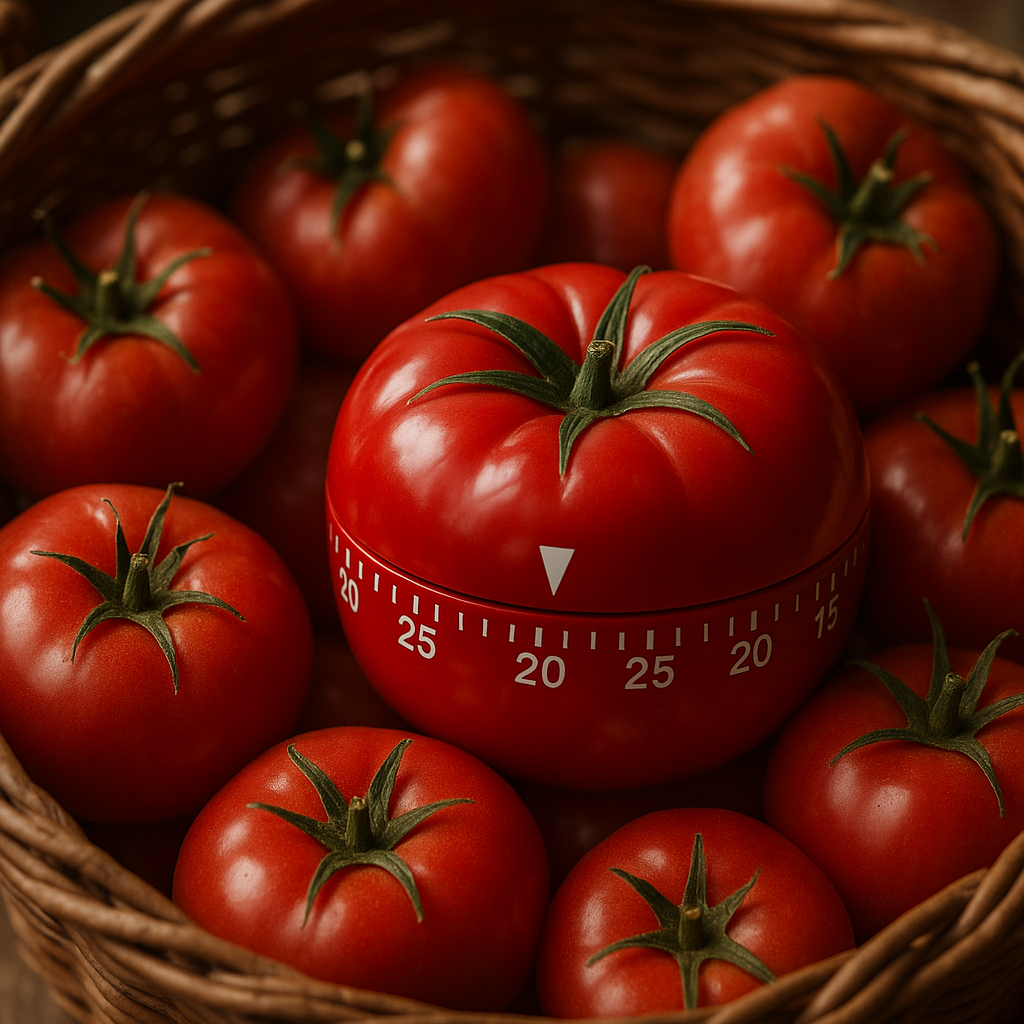
Missouri // 2025
Home is where memories eclipse photographs.
Recently I had the pleasure of visiting my parent’s home. Ever since I can remember, their place has been a lush, green sanctuary. Quiet—save for the birds, cicadas, and the occasional train rumbling past. No matter how many times I visit, I never feel like I capture enough photos.
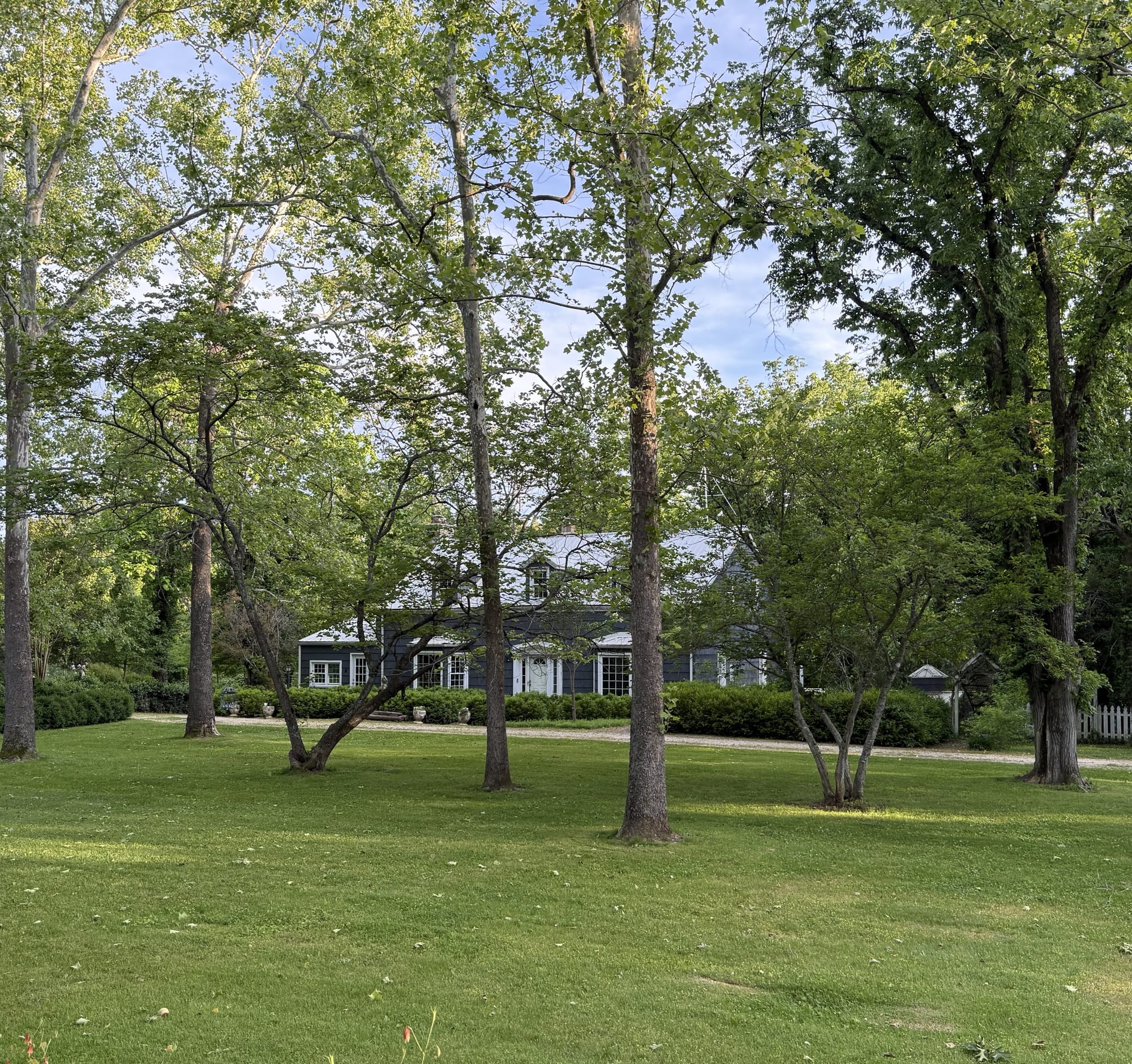
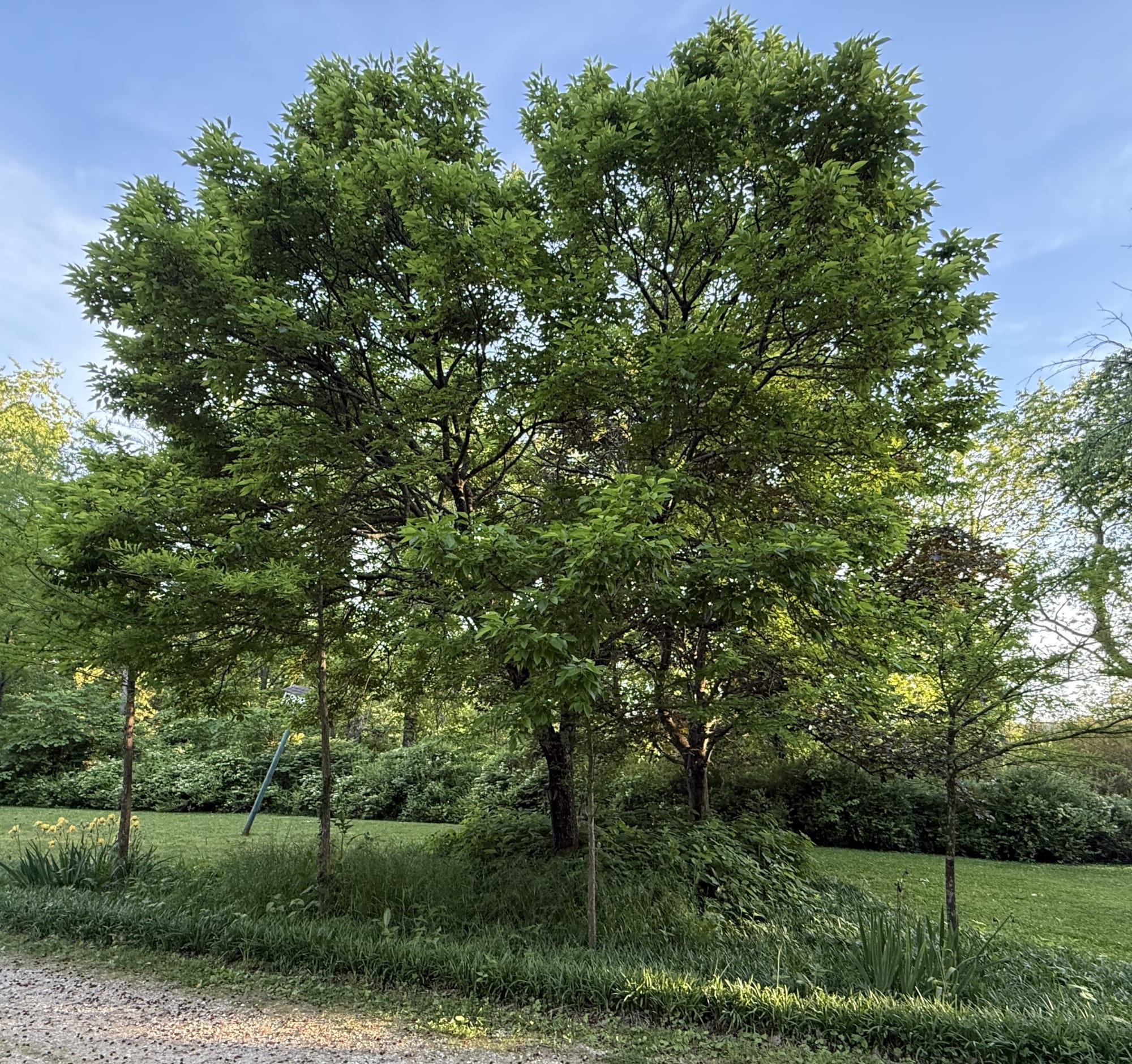
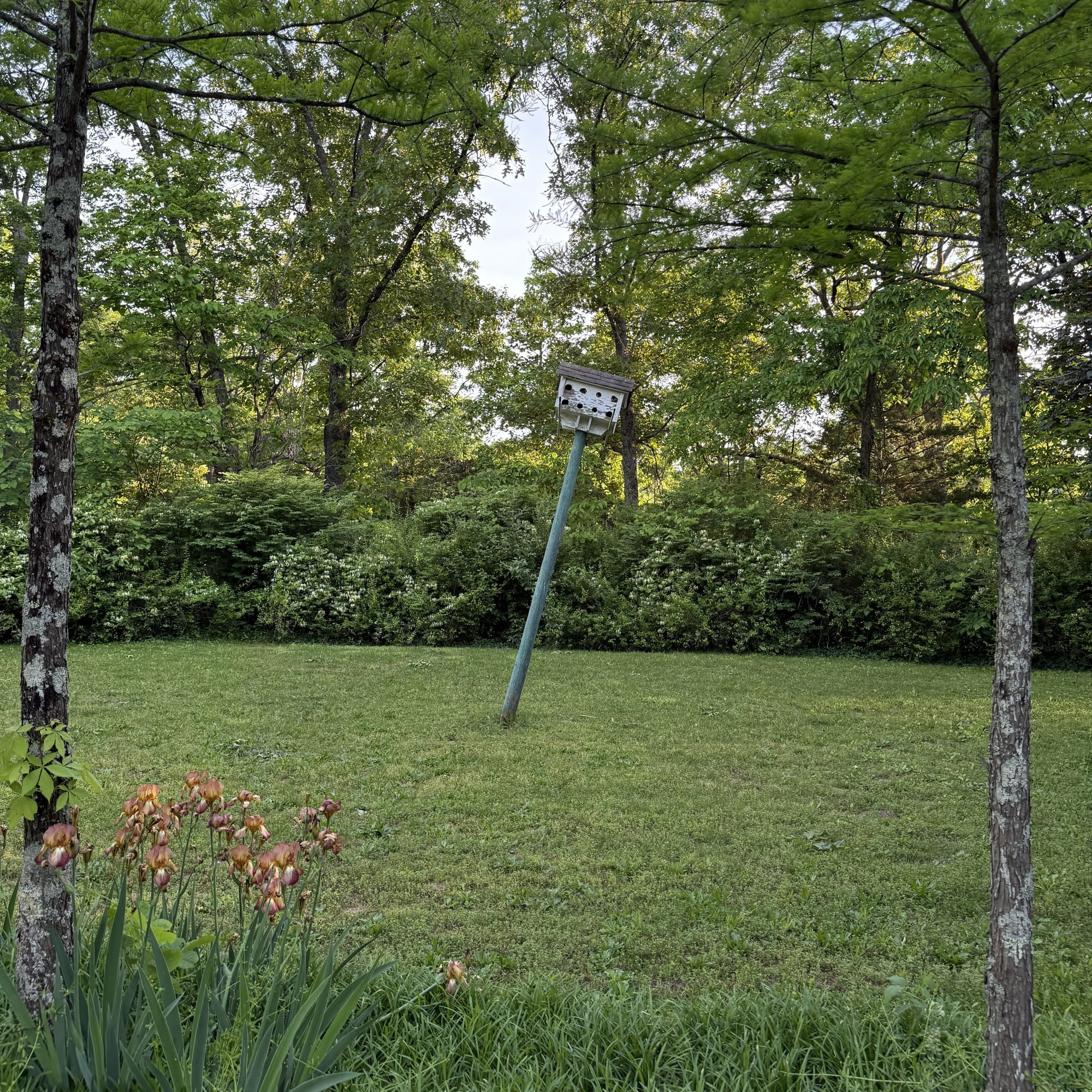
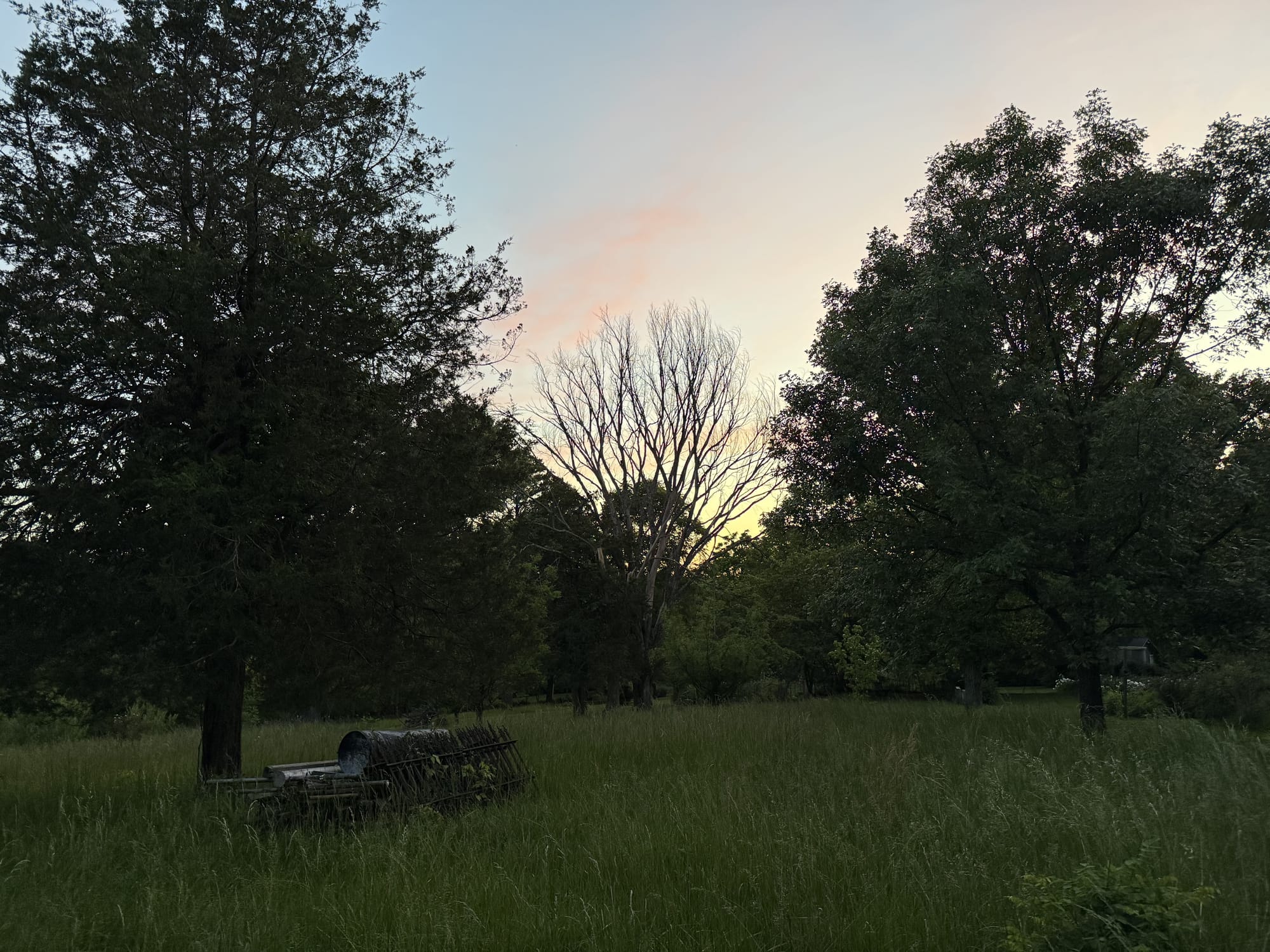
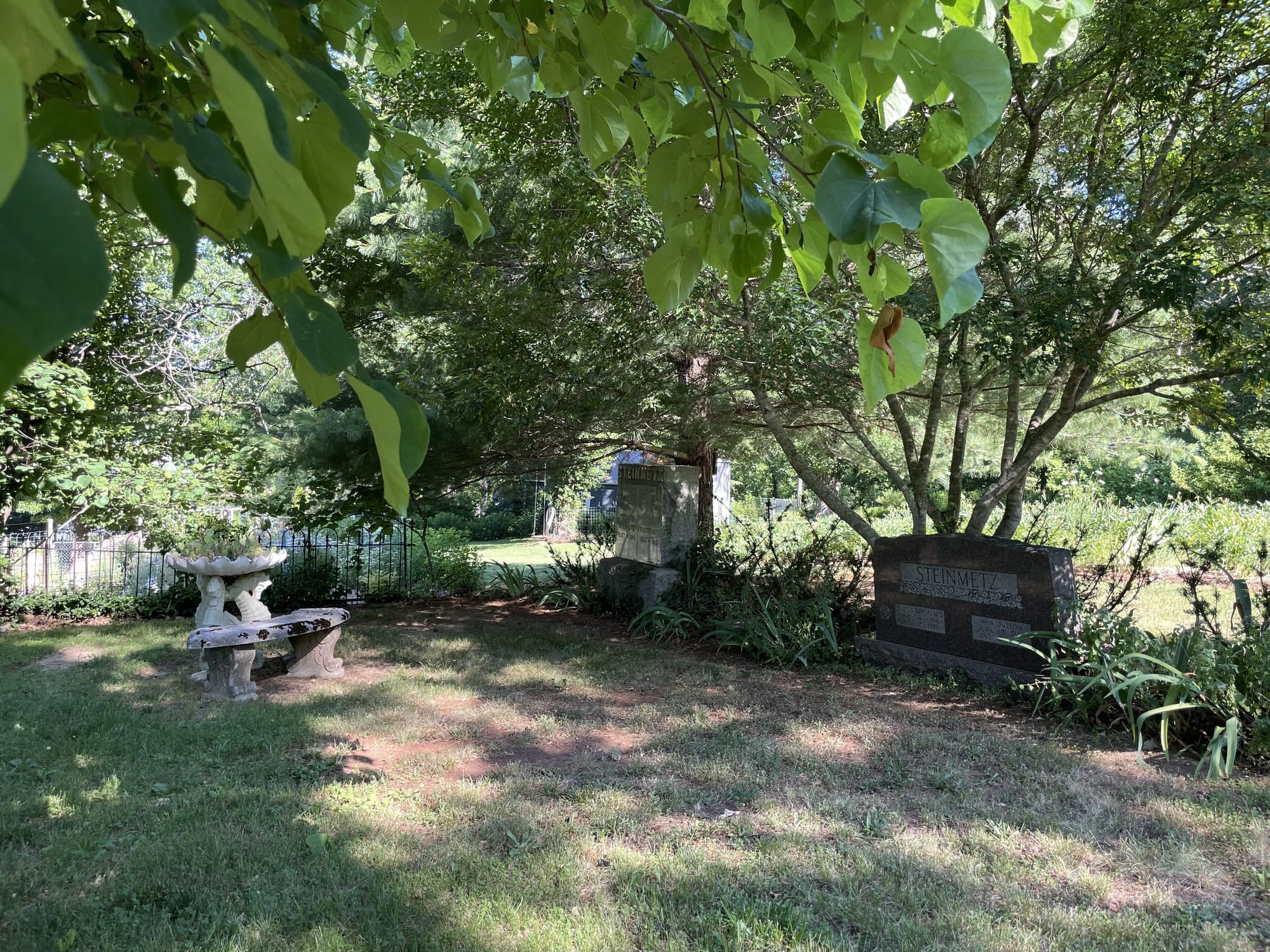
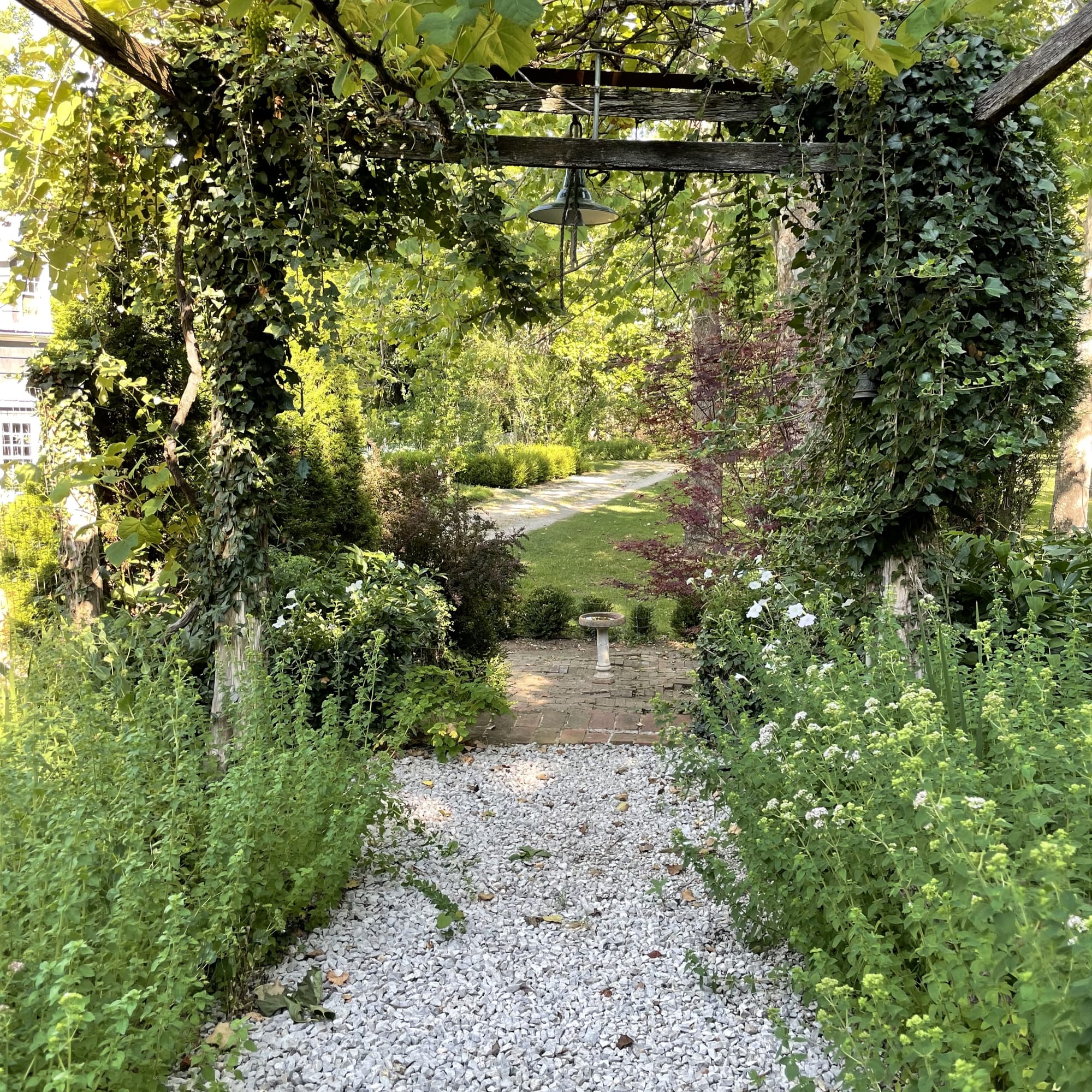
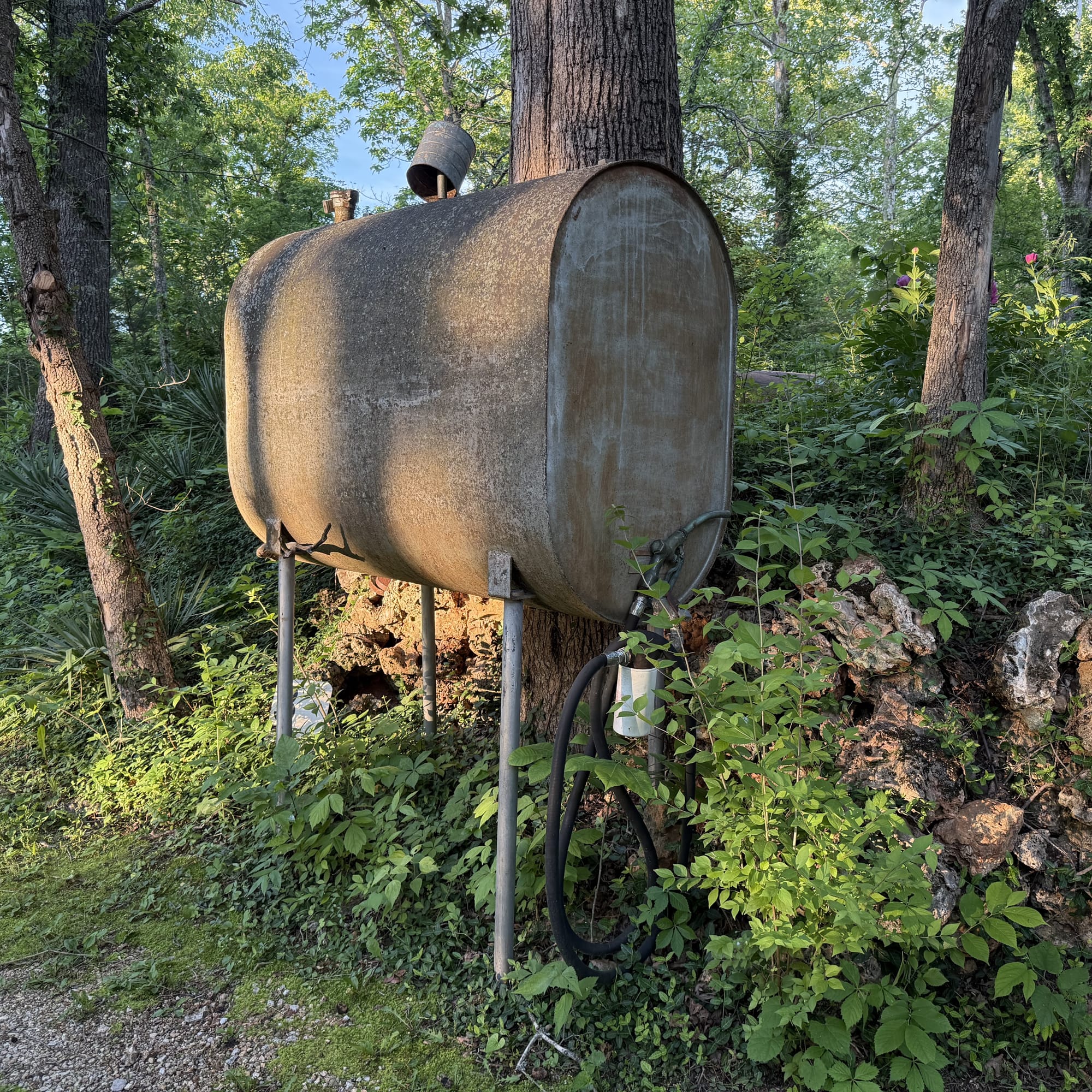
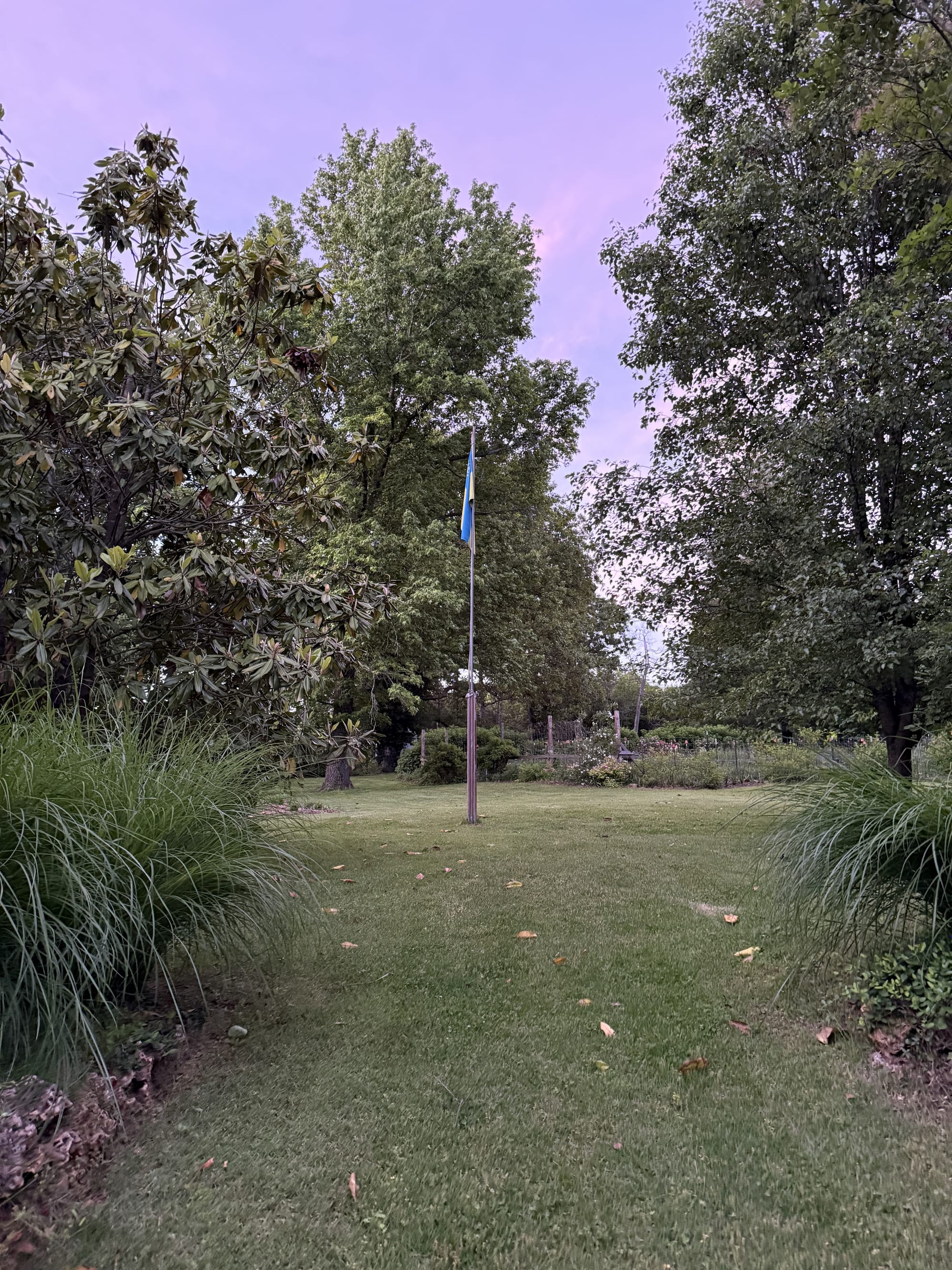
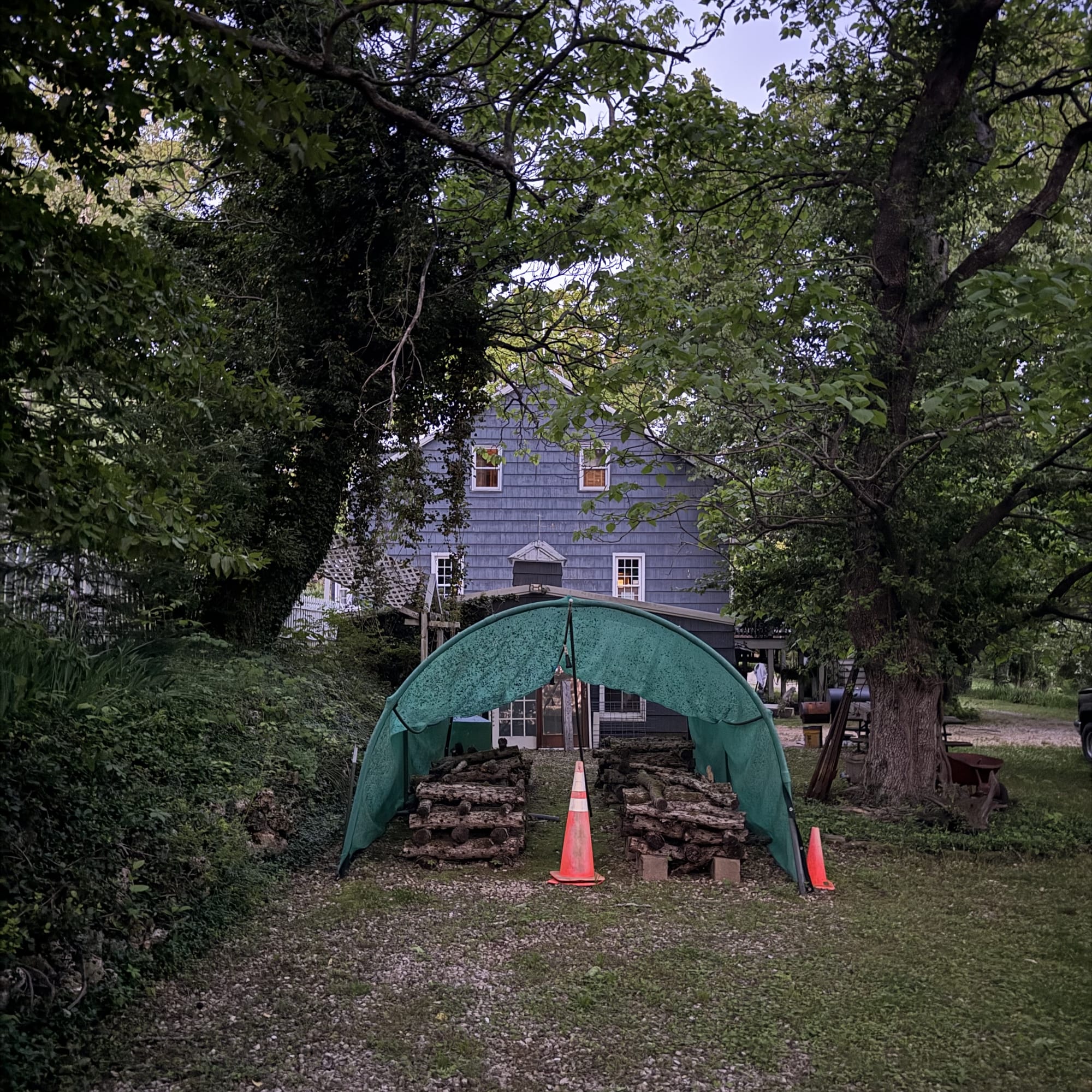
One evening, lightning bugs began their dance just as the sun was setting. I tried my best to capture them, but photographs never quite do the moment justice.
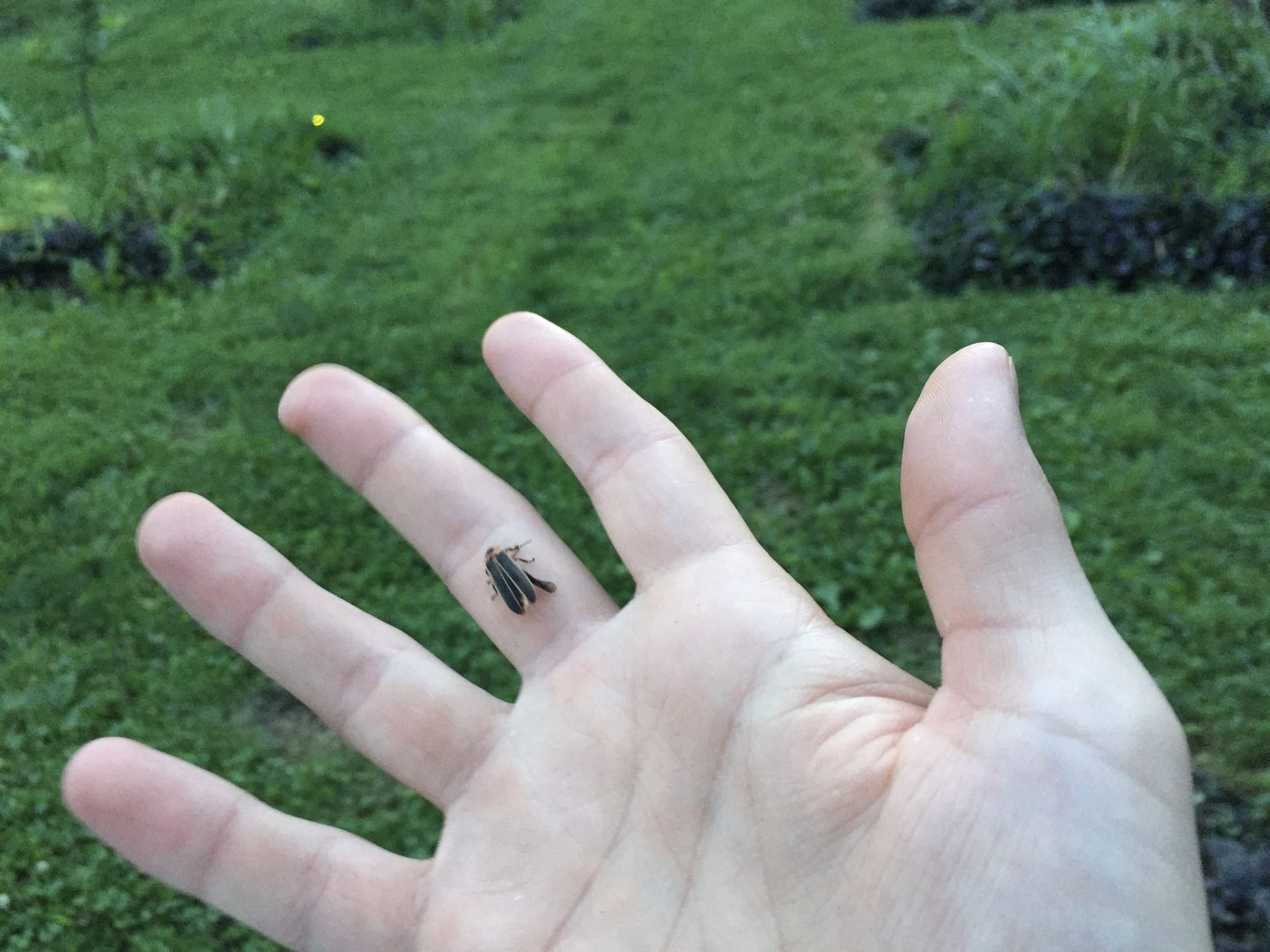
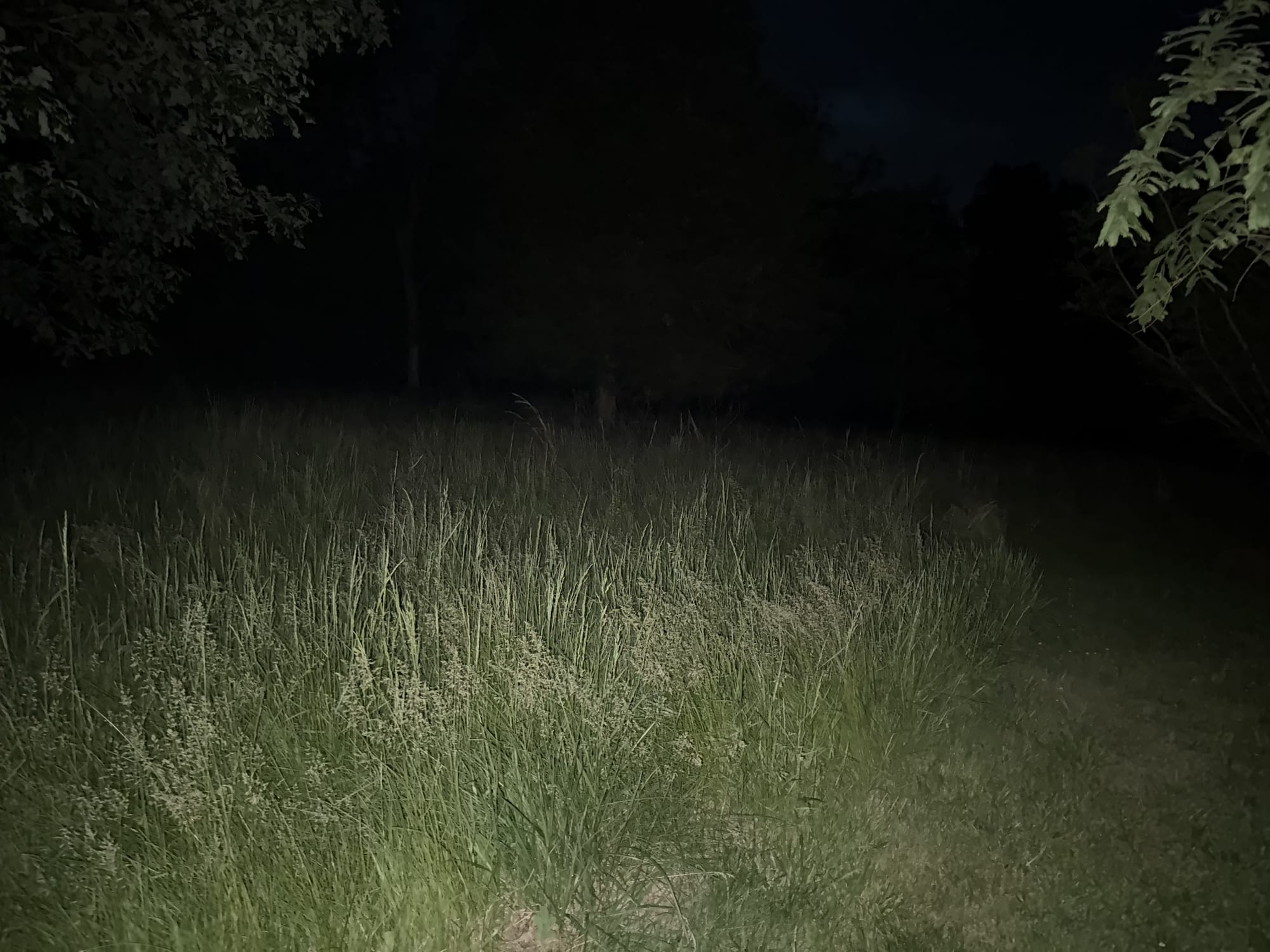
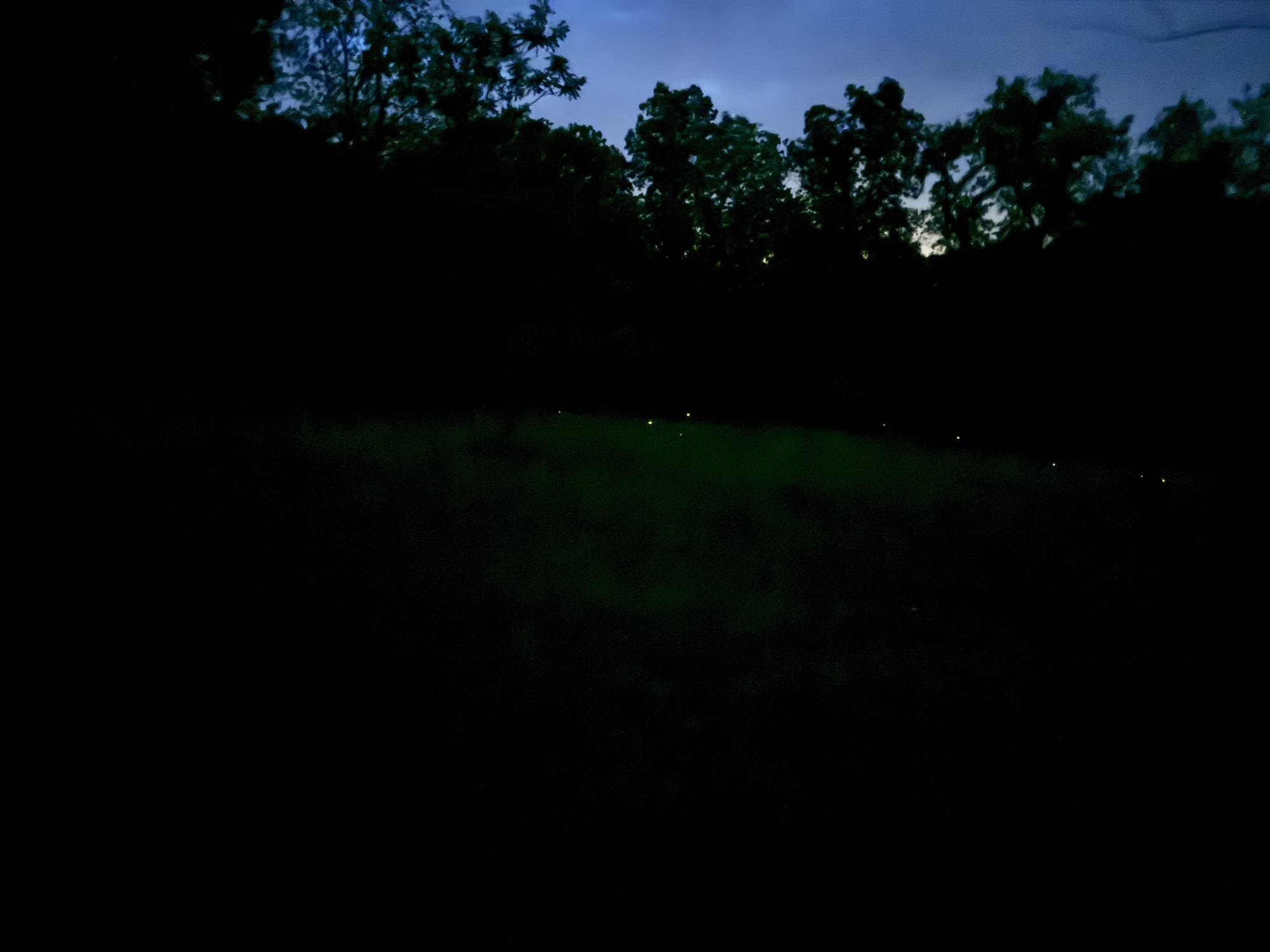
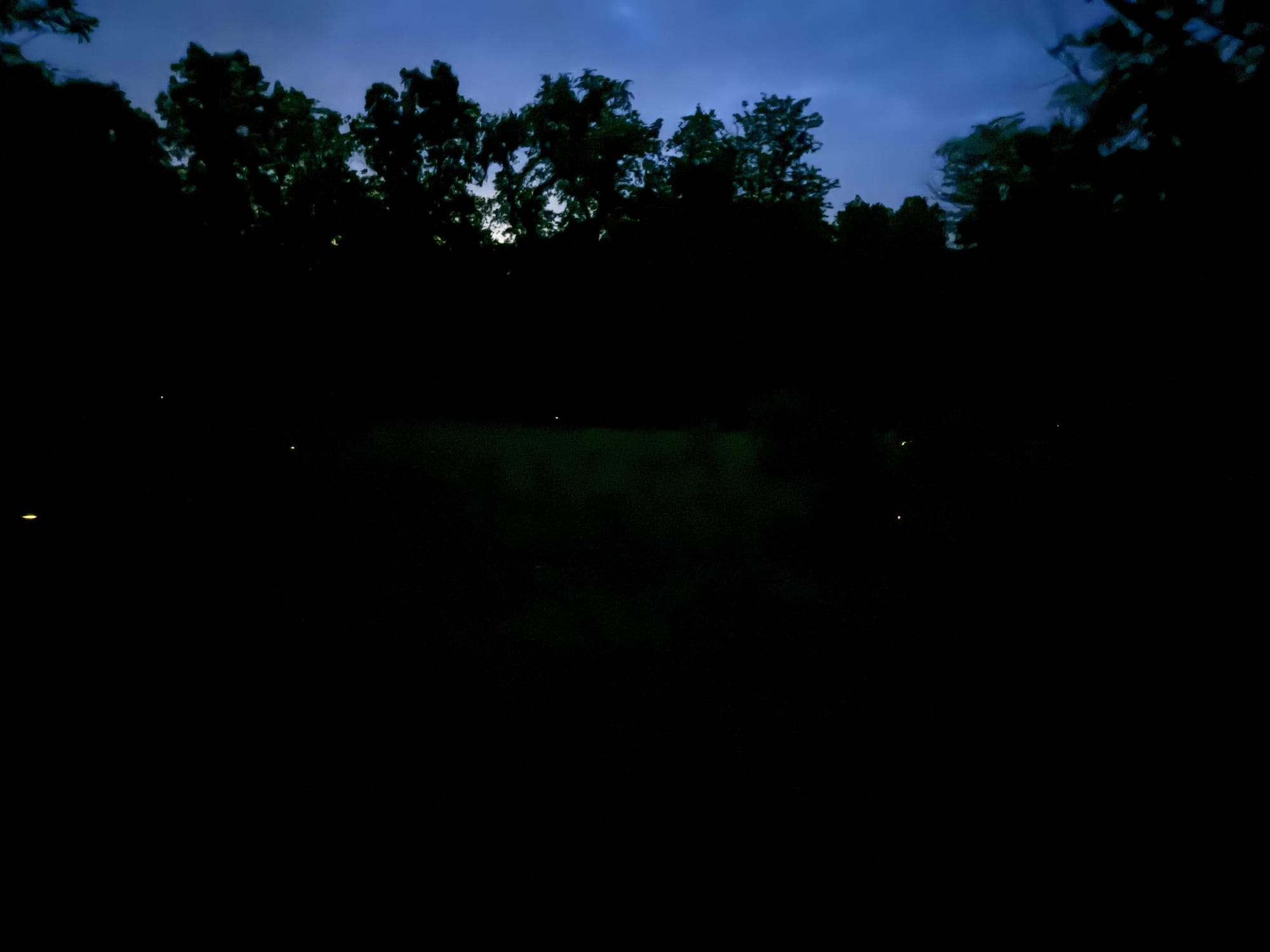
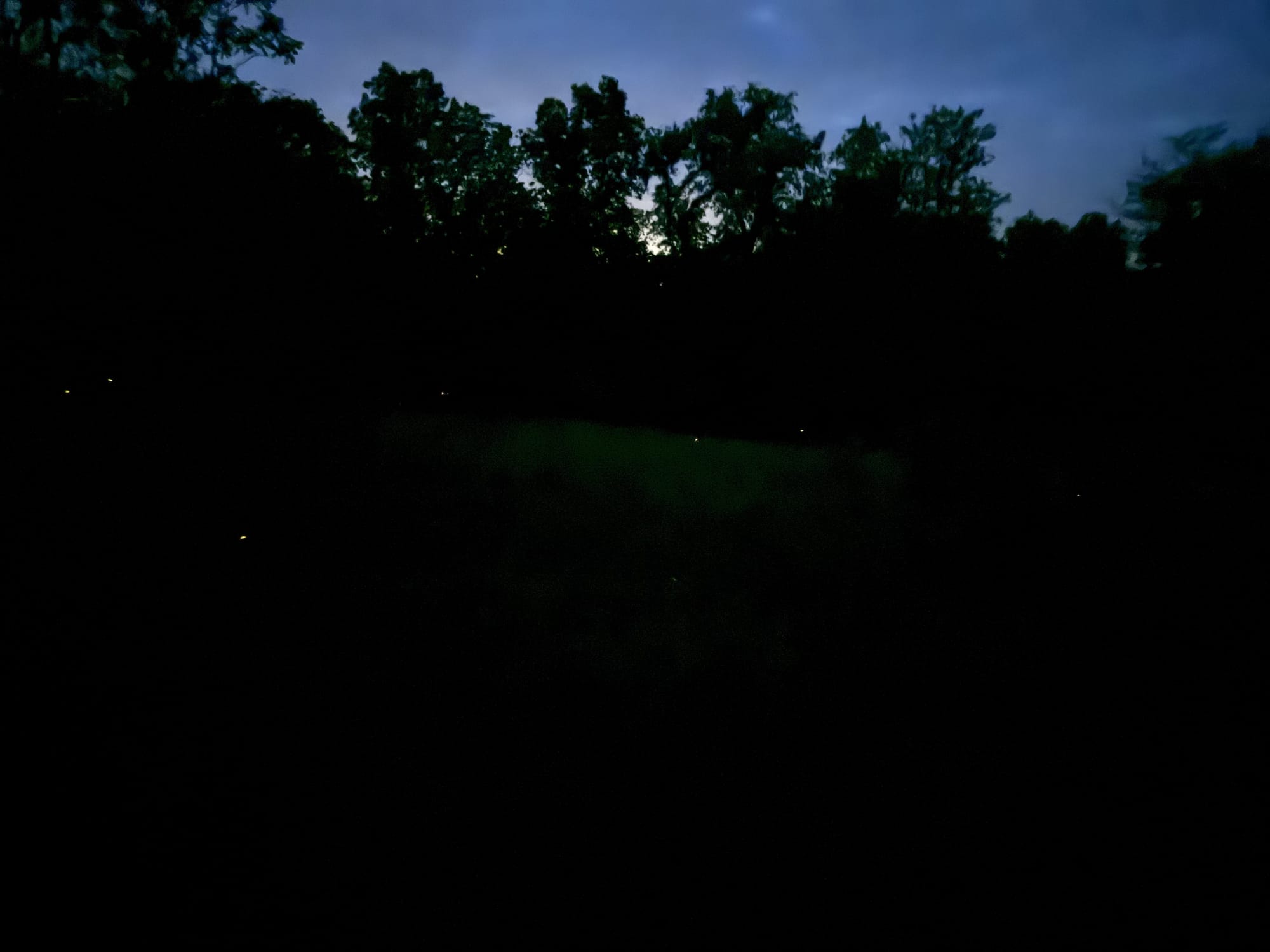
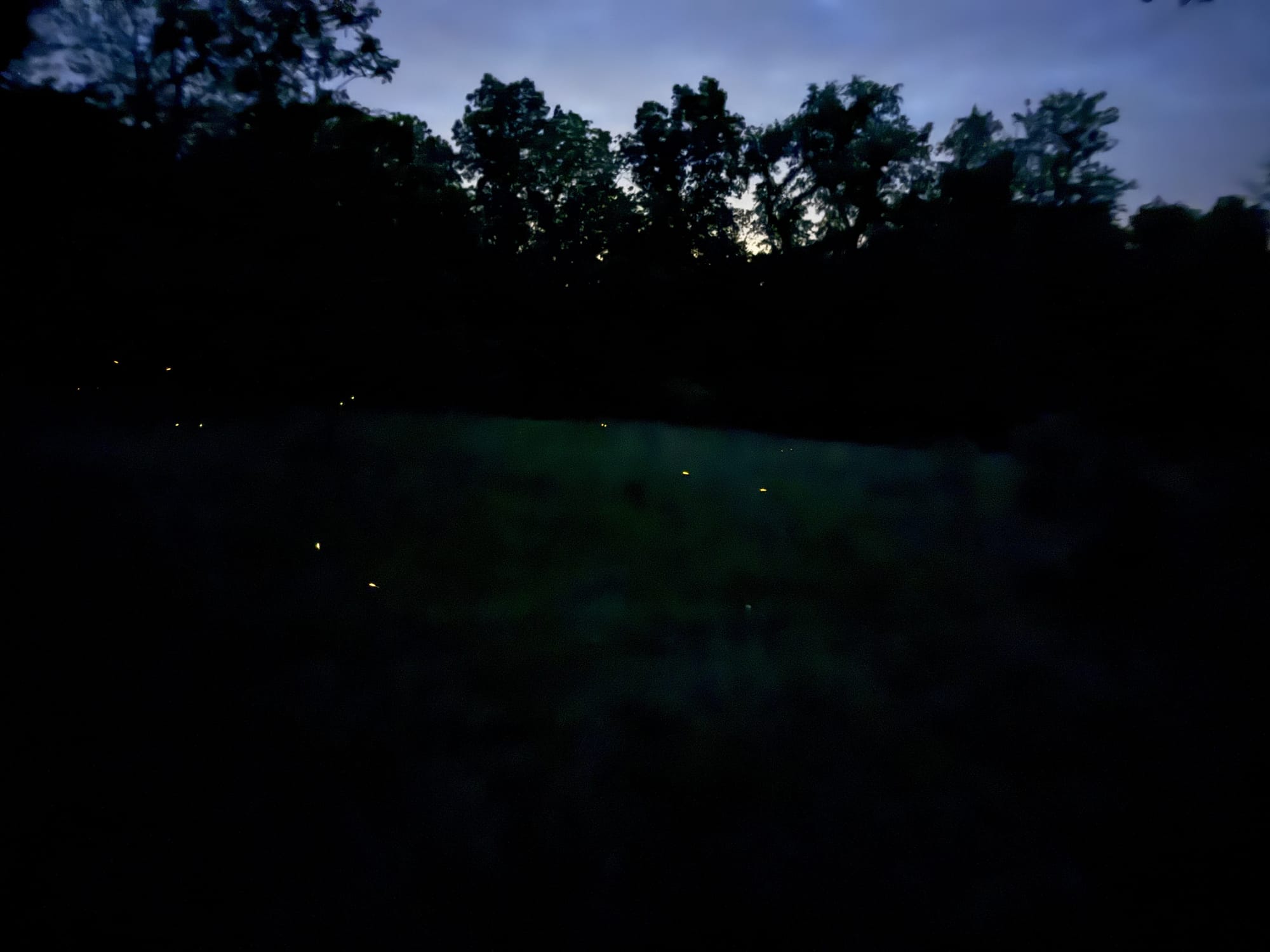
I've always admired the clouds here, but this time they were particularly... monumental. The kind that make you stop mid-step and crane your neck back like a kid.
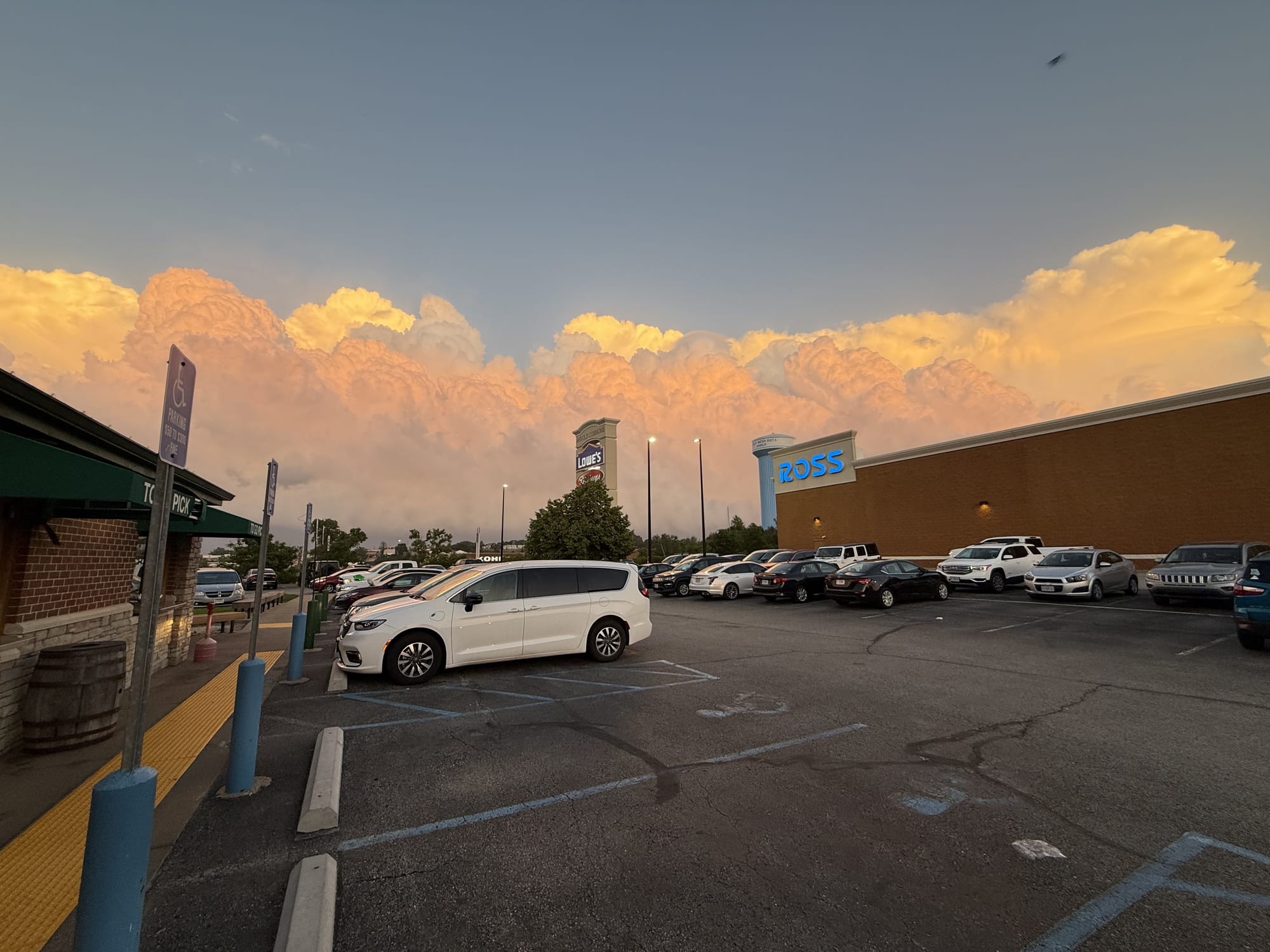
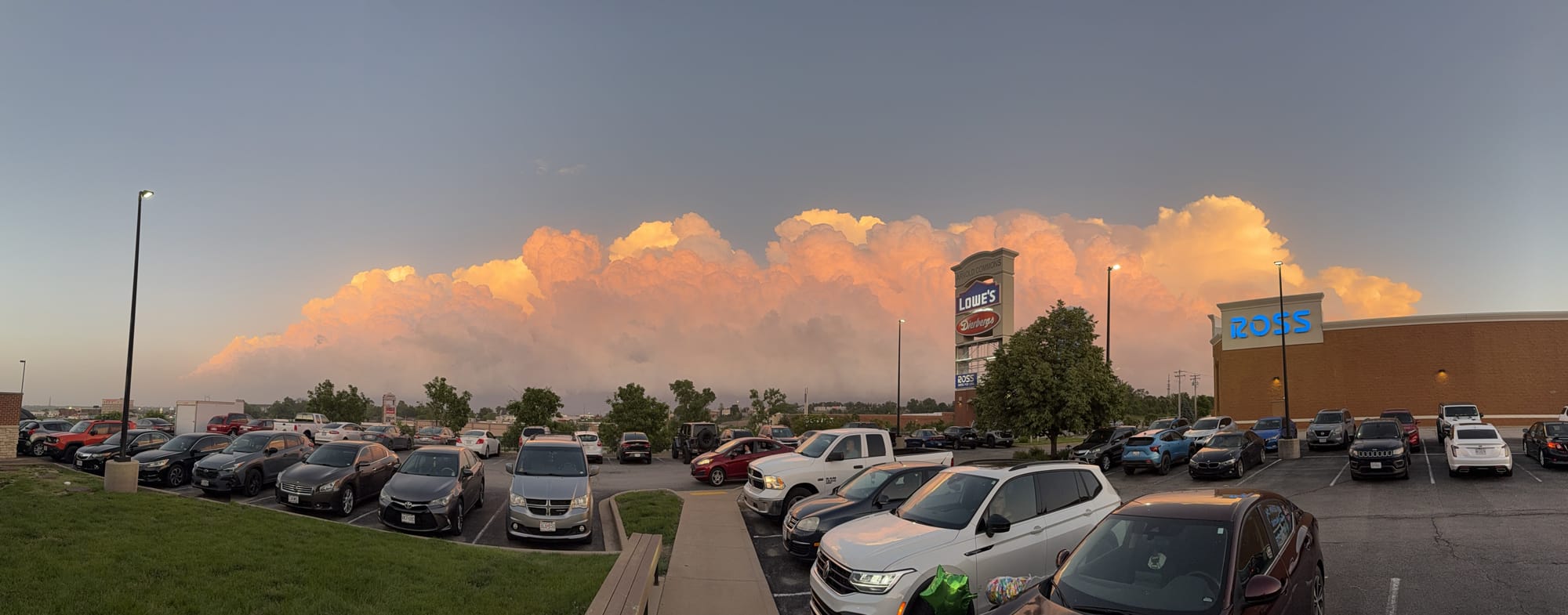
I made sure to walk the property and revisit all the nooks and crannies I'd discovered growing up. It's remarkable how different everything feels as you grow—the trees seem smaller, the distances shorter, but somehow the memories feel bigger.
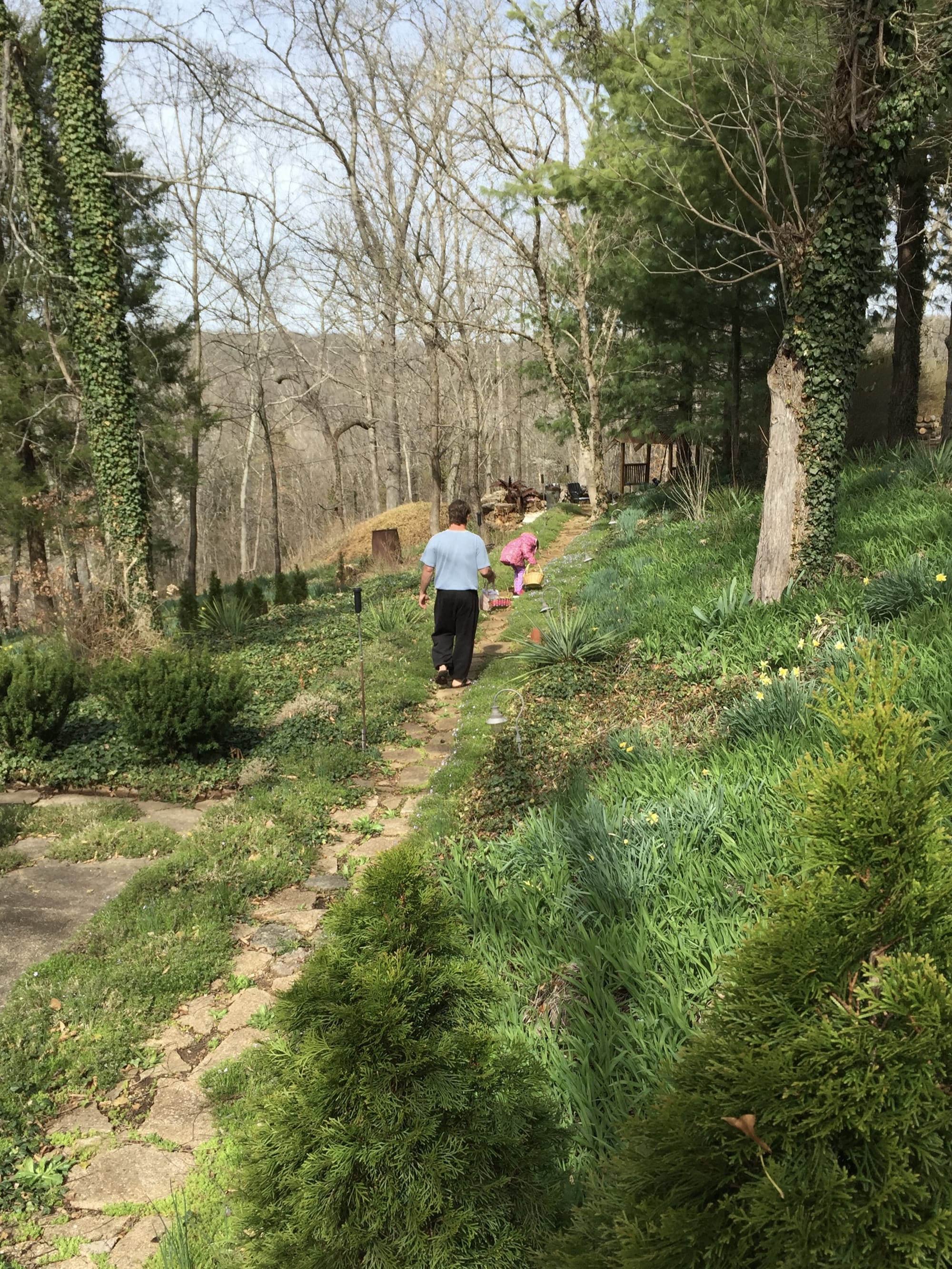
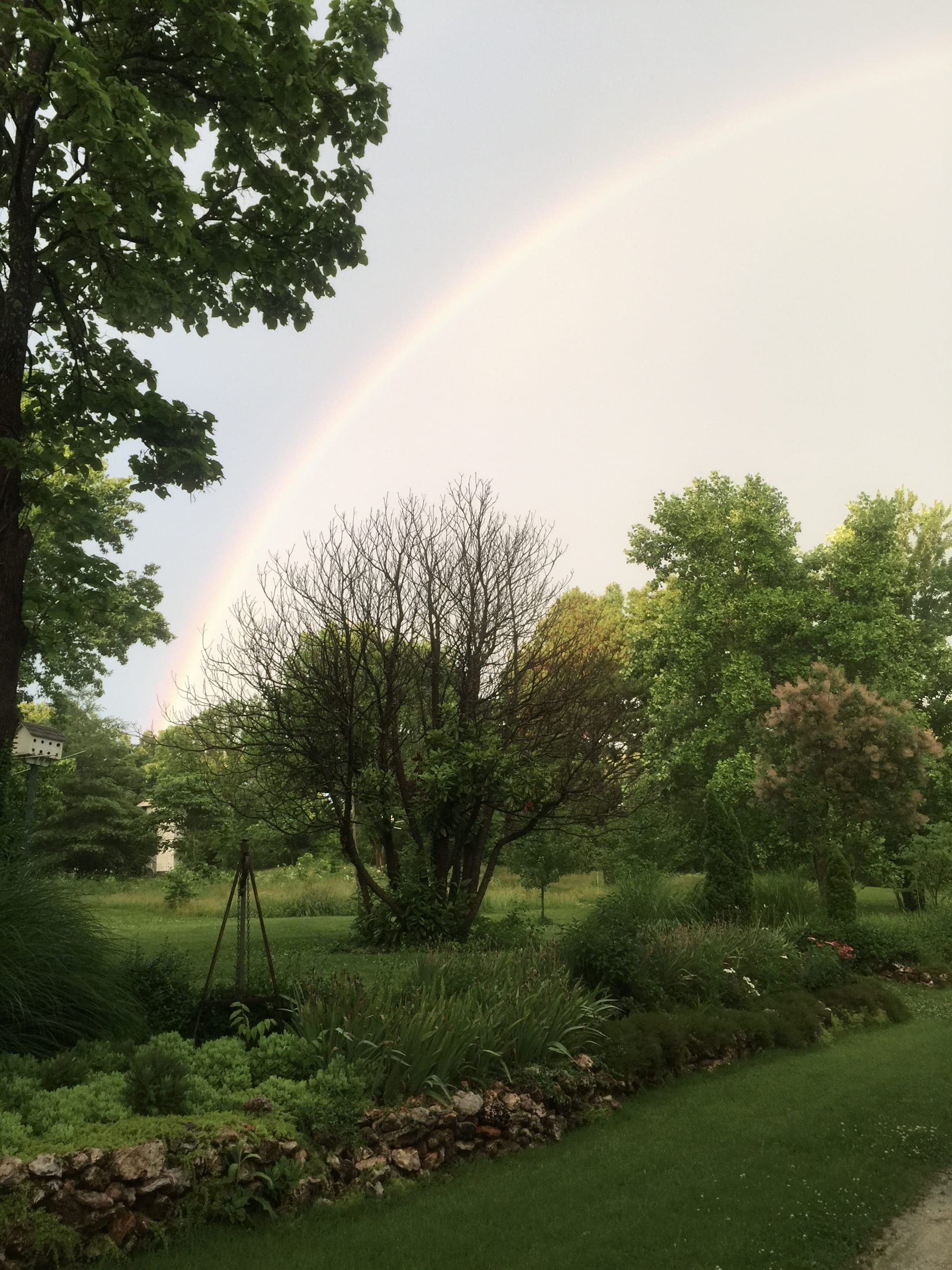
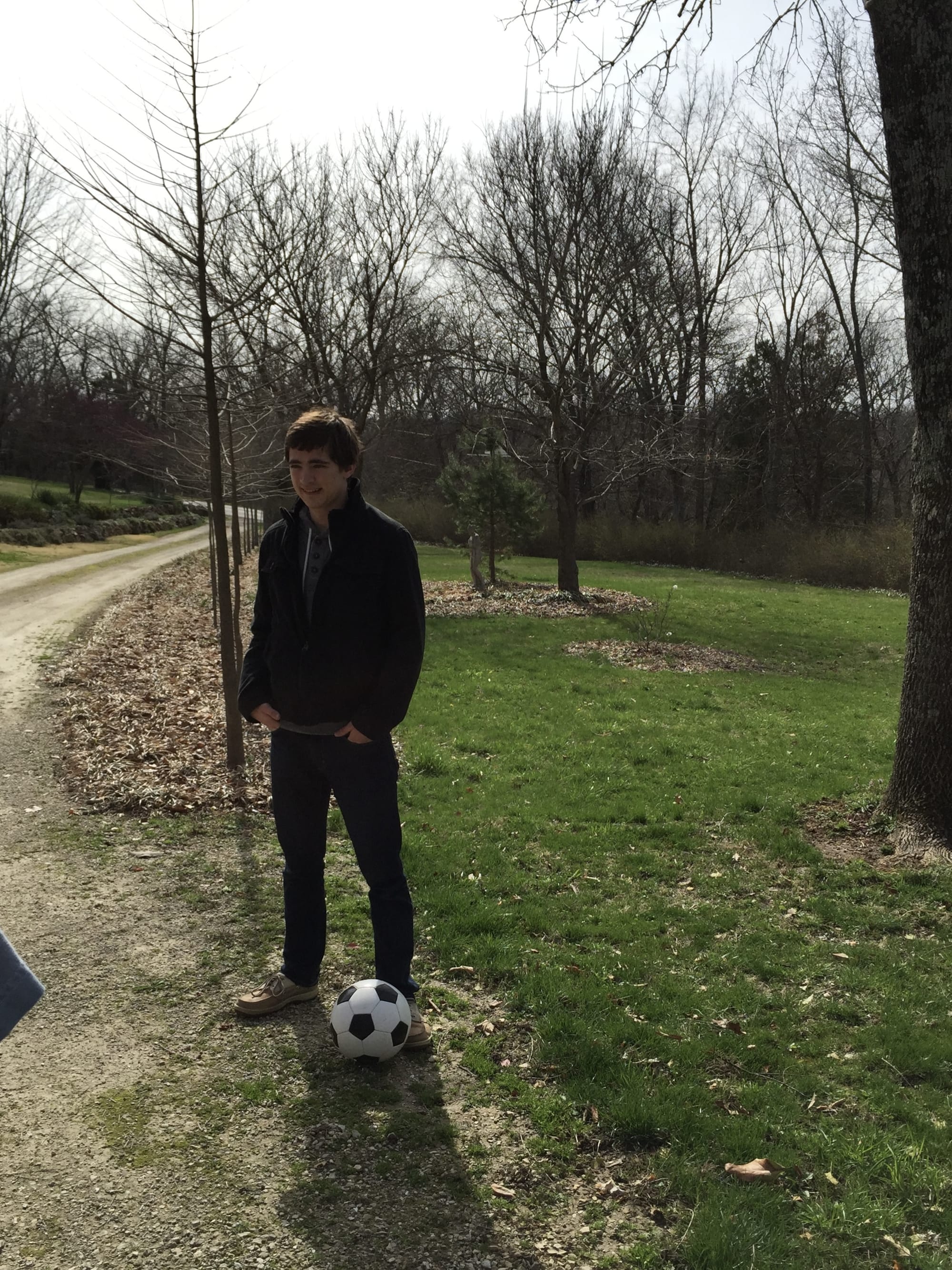
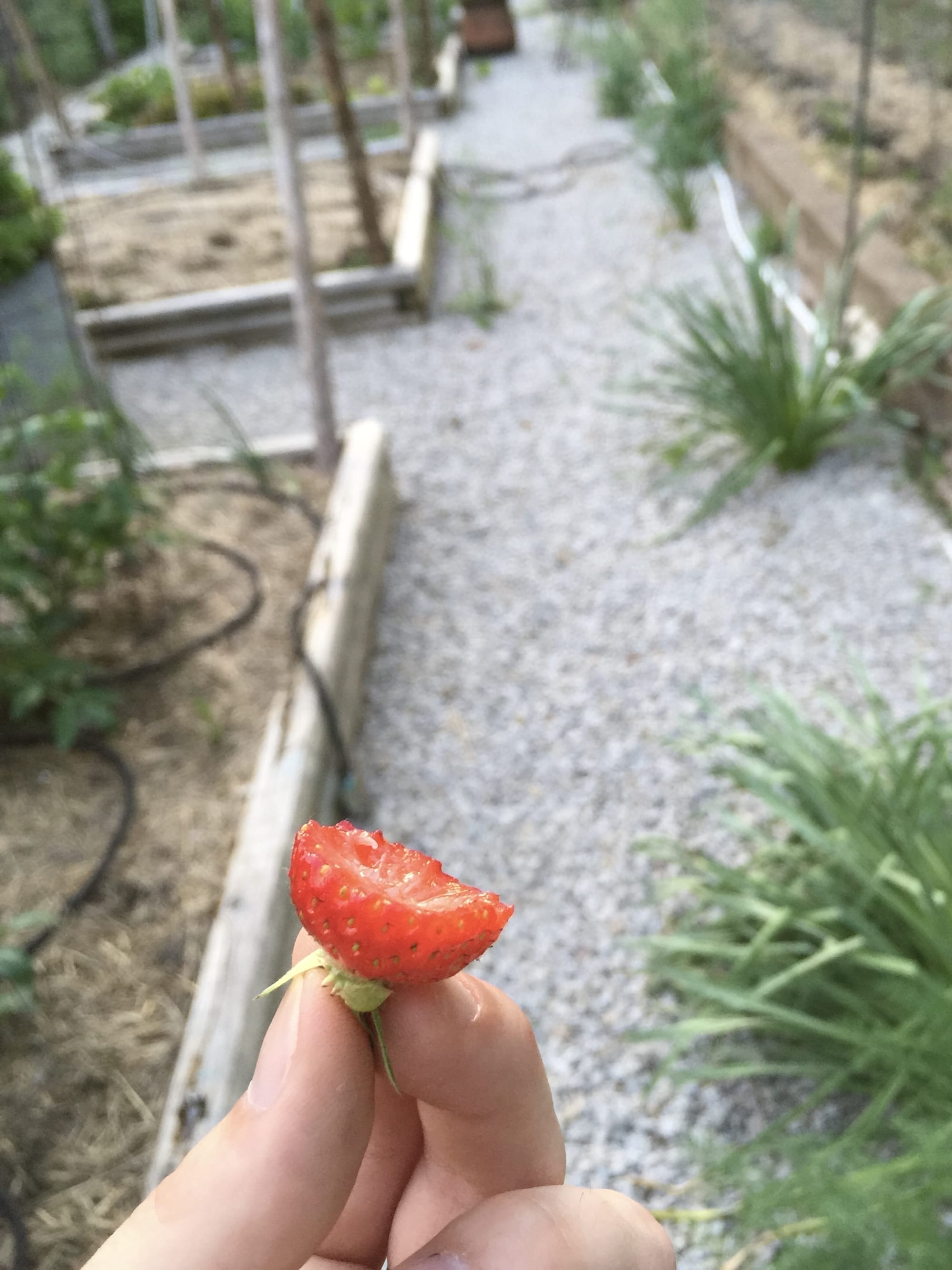
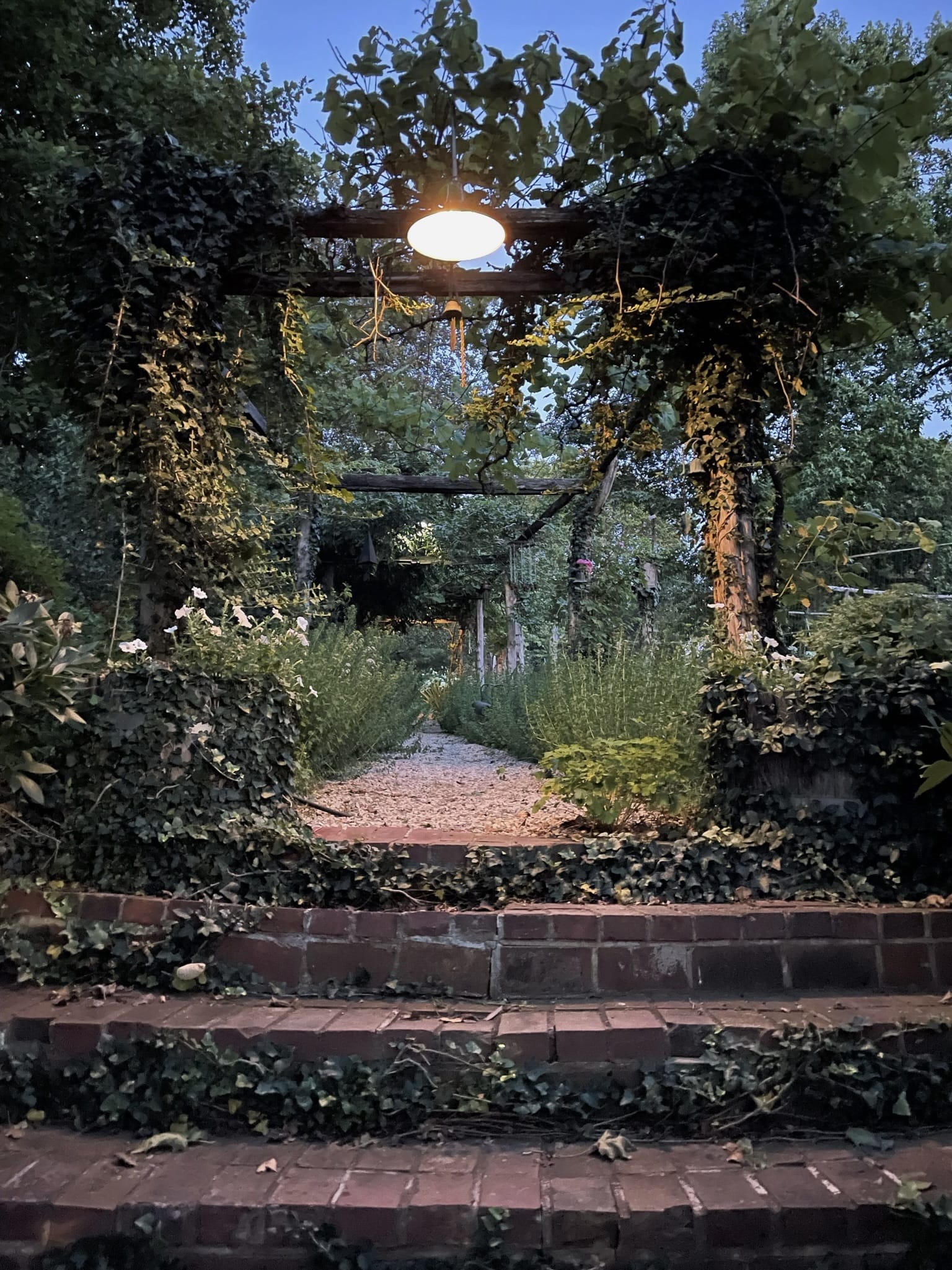
I found myself thinking about all the animals that have come and gone through our property over the years. Beyond our rotating cast of pets, this land has always been a haven for creatures great and small: cats stalking through tall grass, dogs chasing their tails in circles, chickens pecking at invisible treasures, ducks waddling with important purpose, snakes sunning themselves on warm rocks, spiders spinning architectural marvels between fence posts, turtles making their prehistoric pilgrimages across the yard, birds of every feather, and hummingbirds—those tiny, furious miracles—hovering at the feeders my mother faithfully fills.
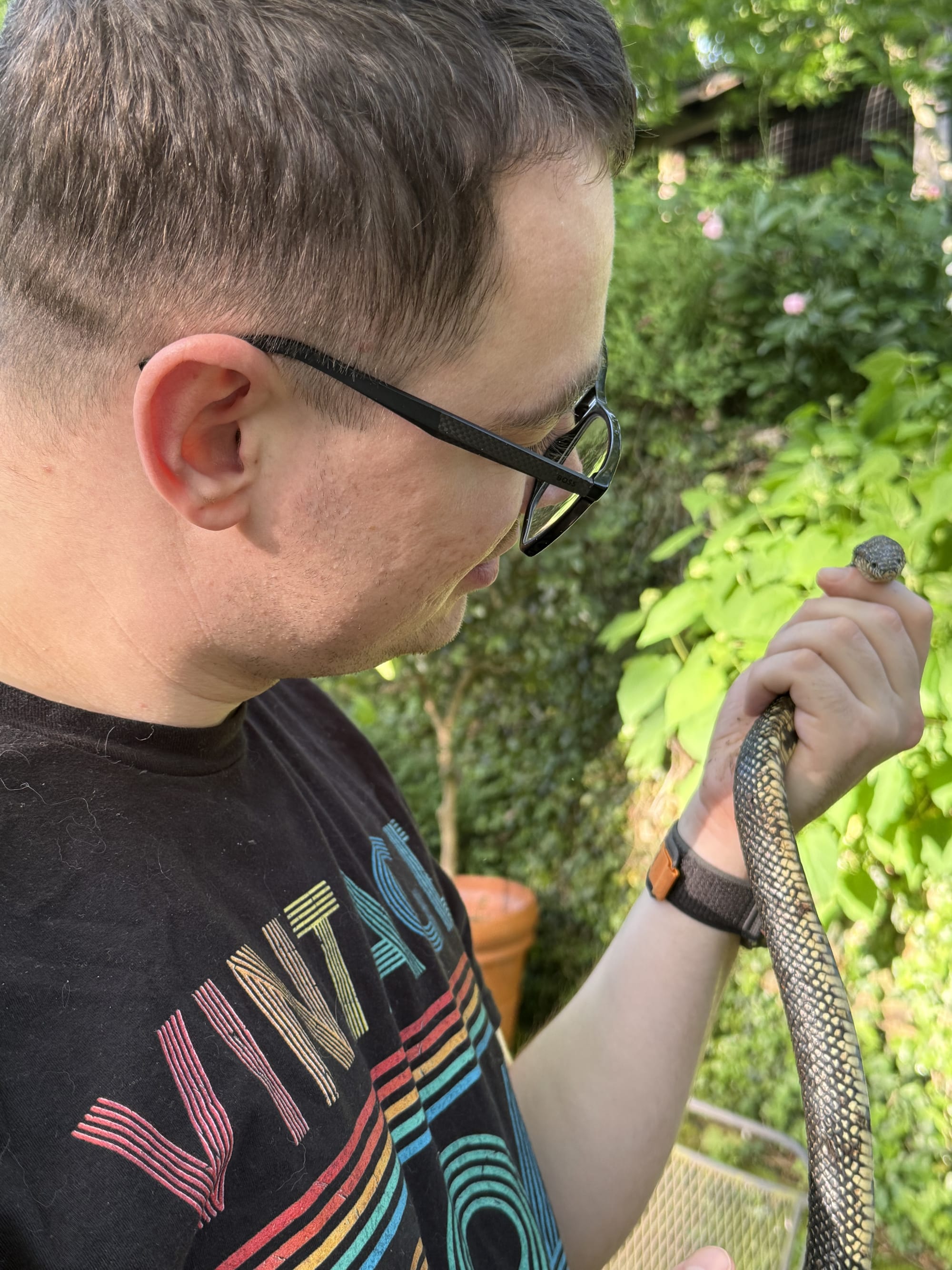
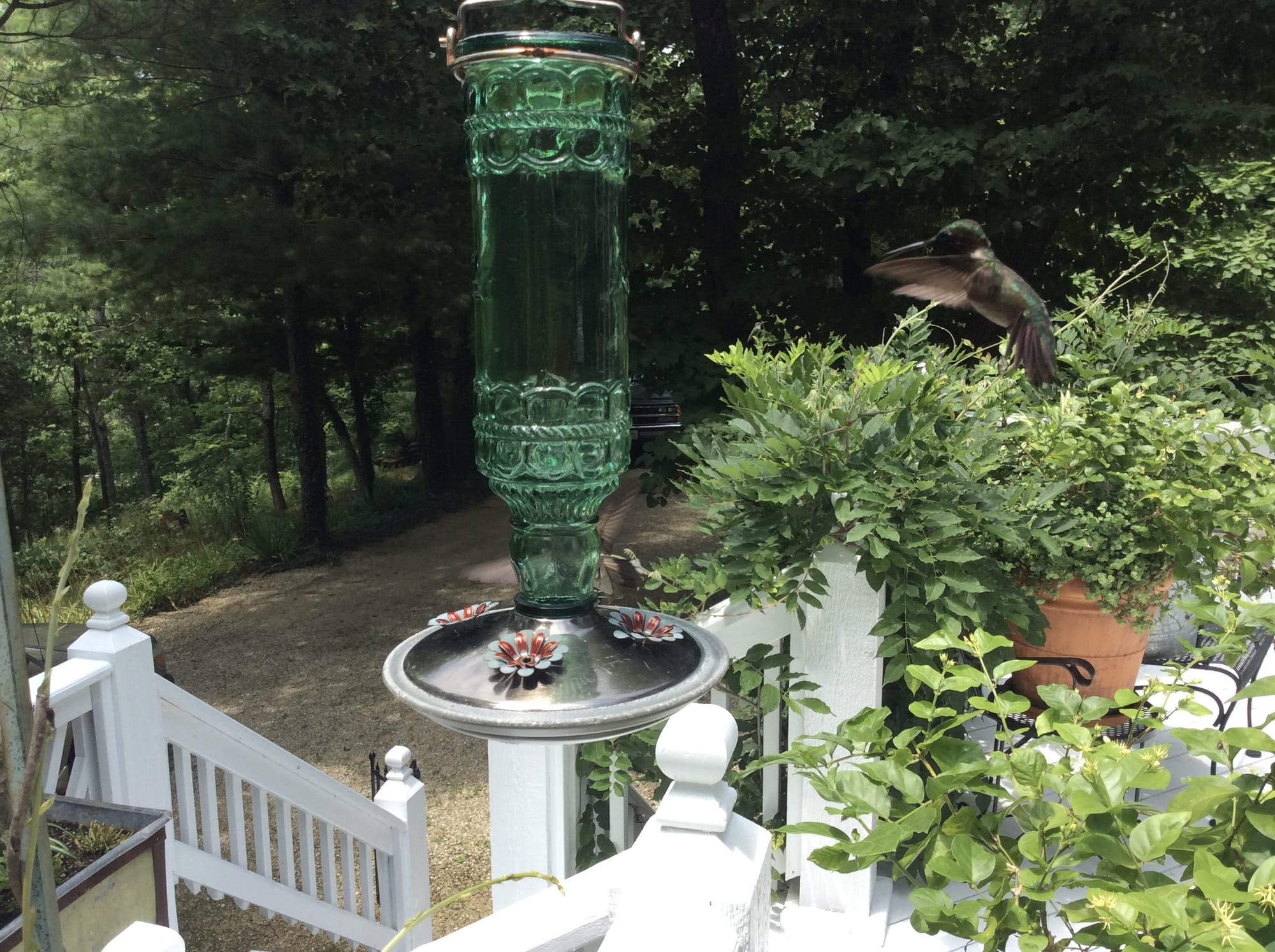
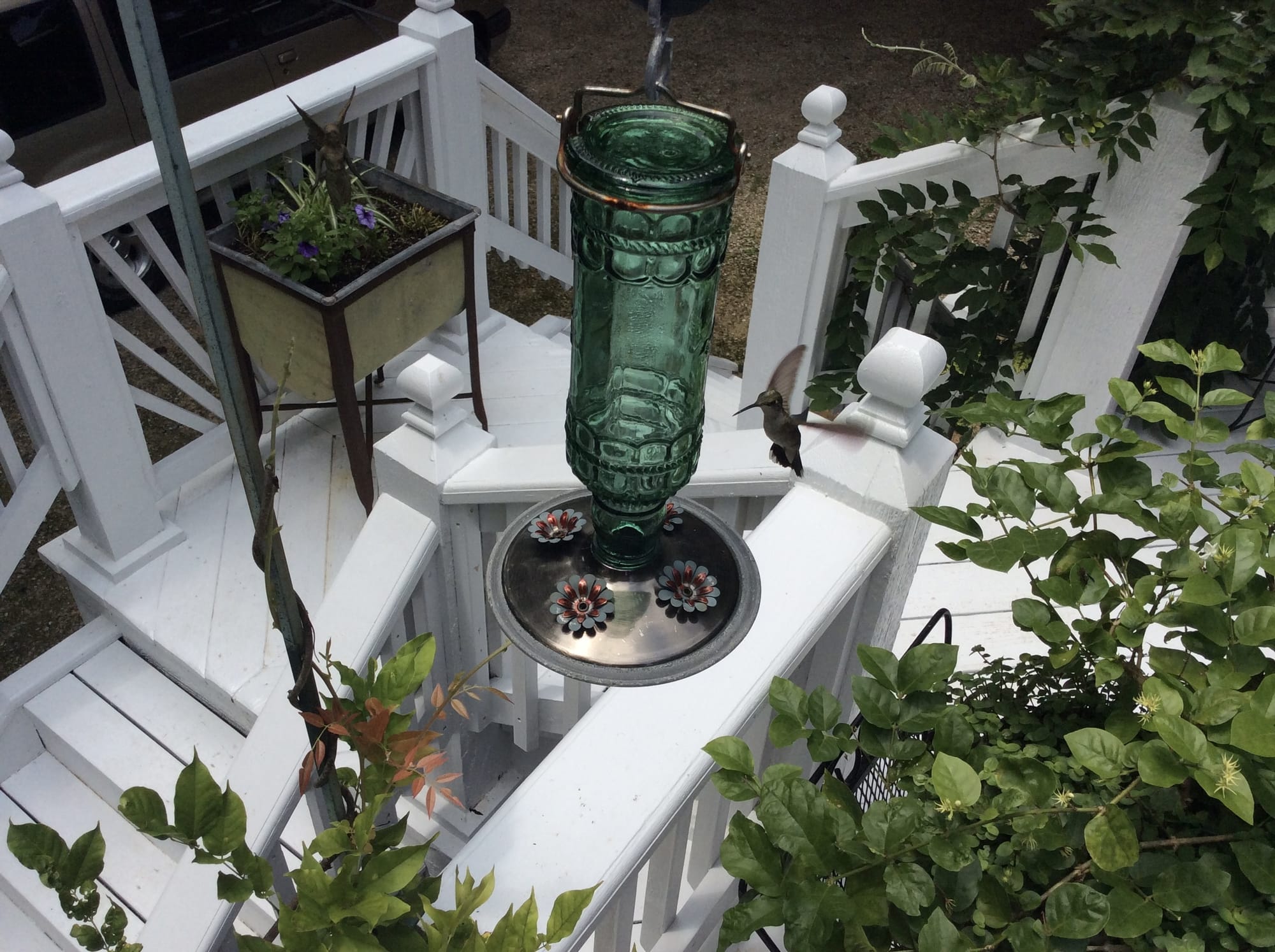
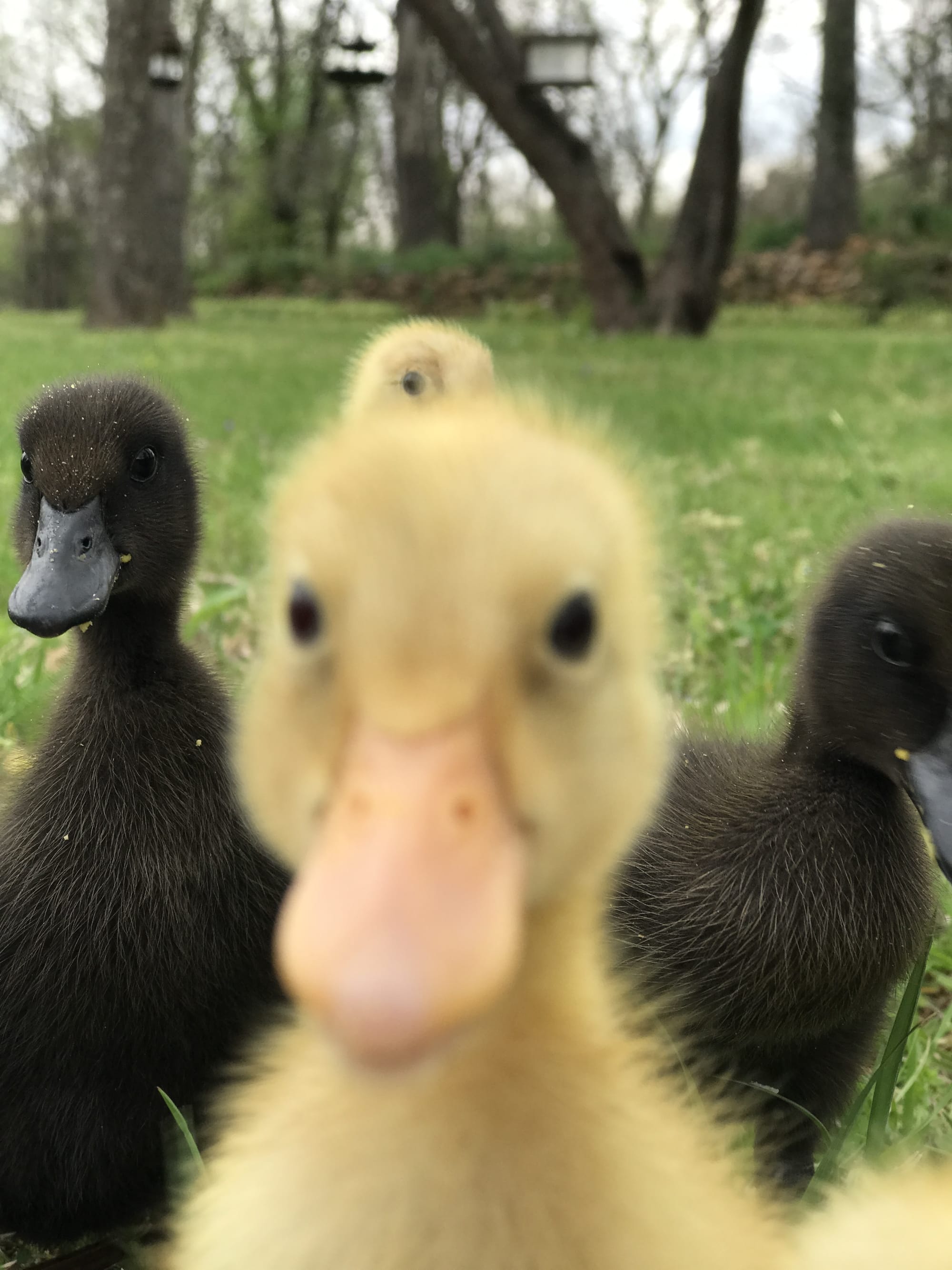
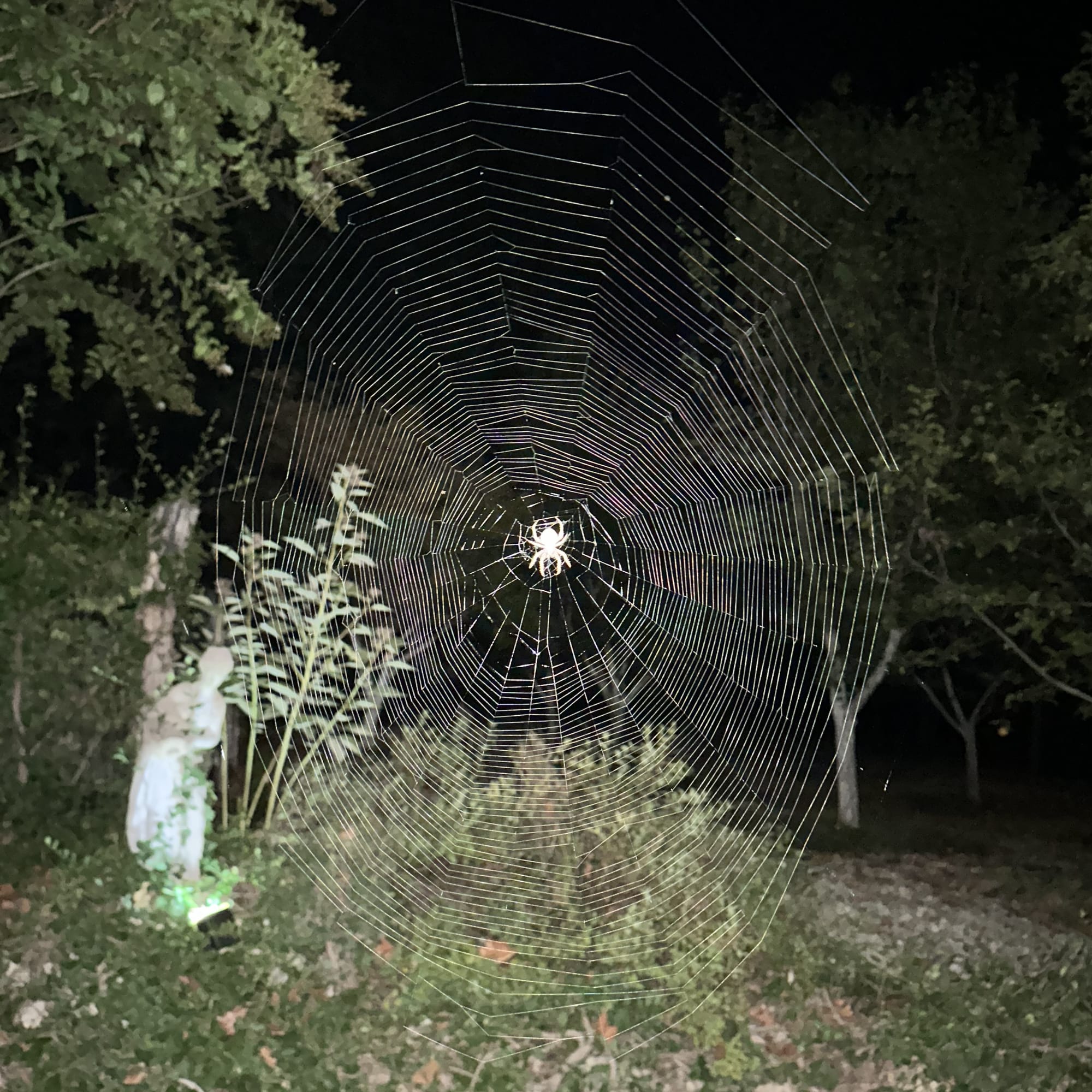
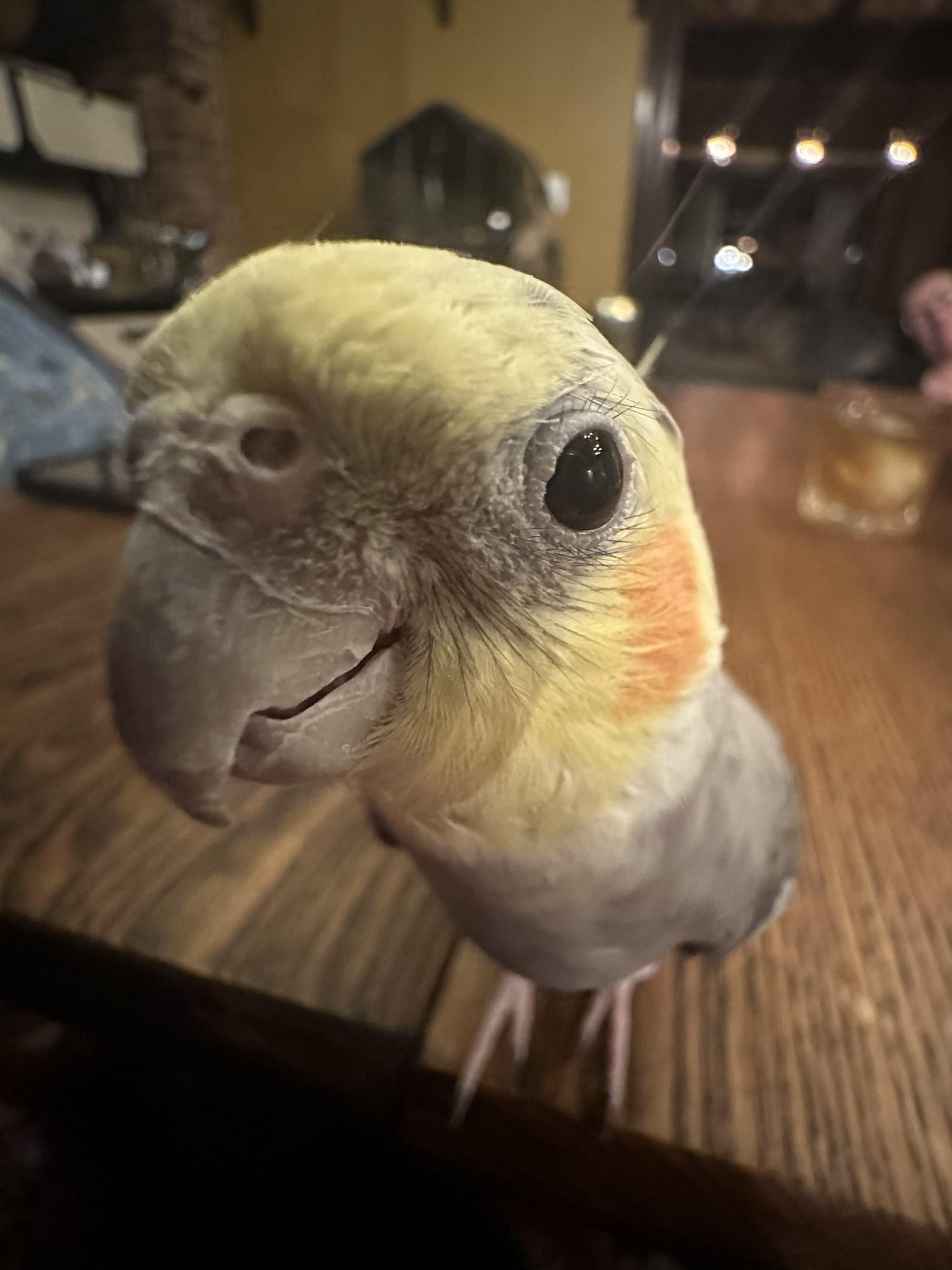
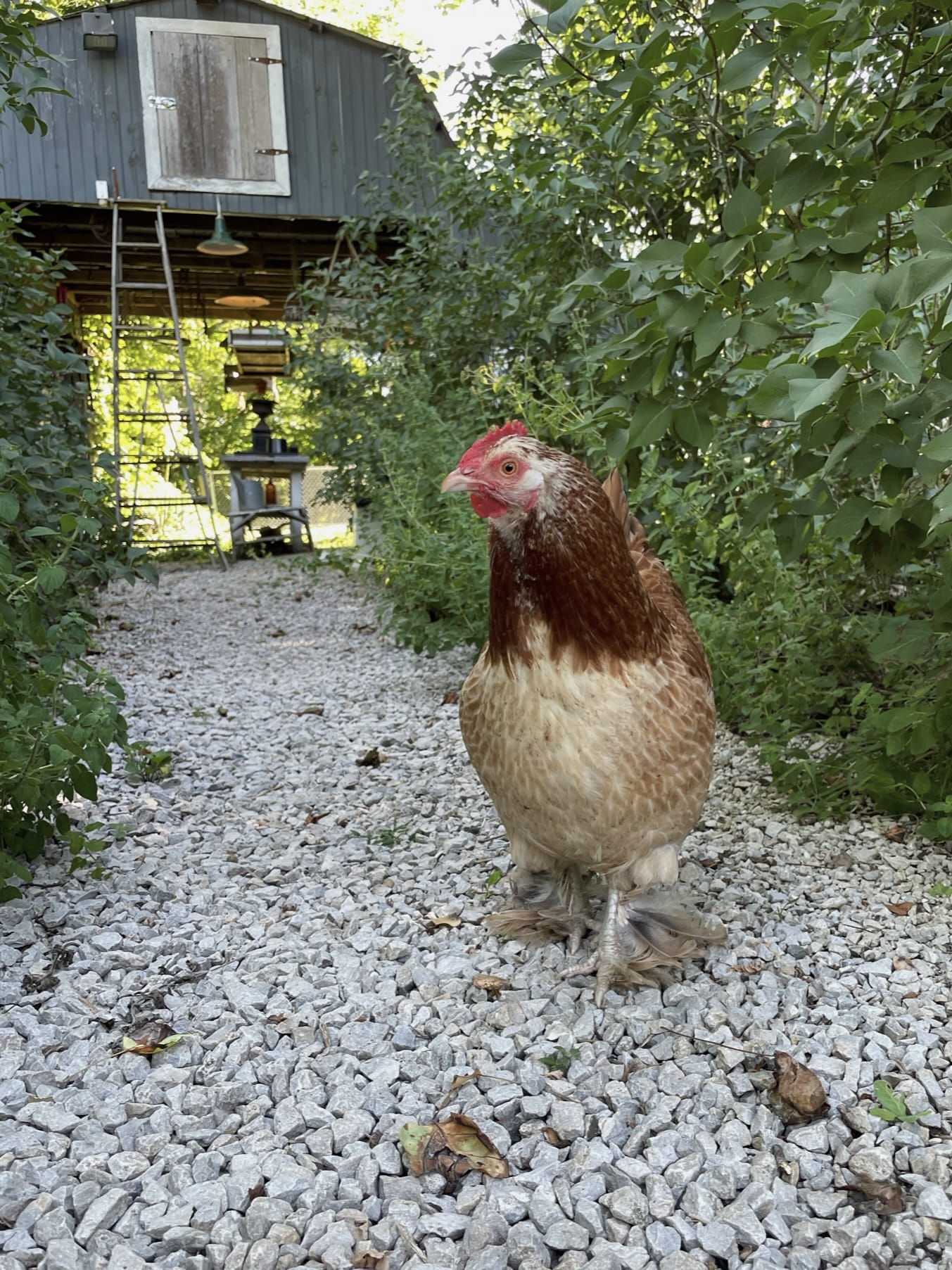
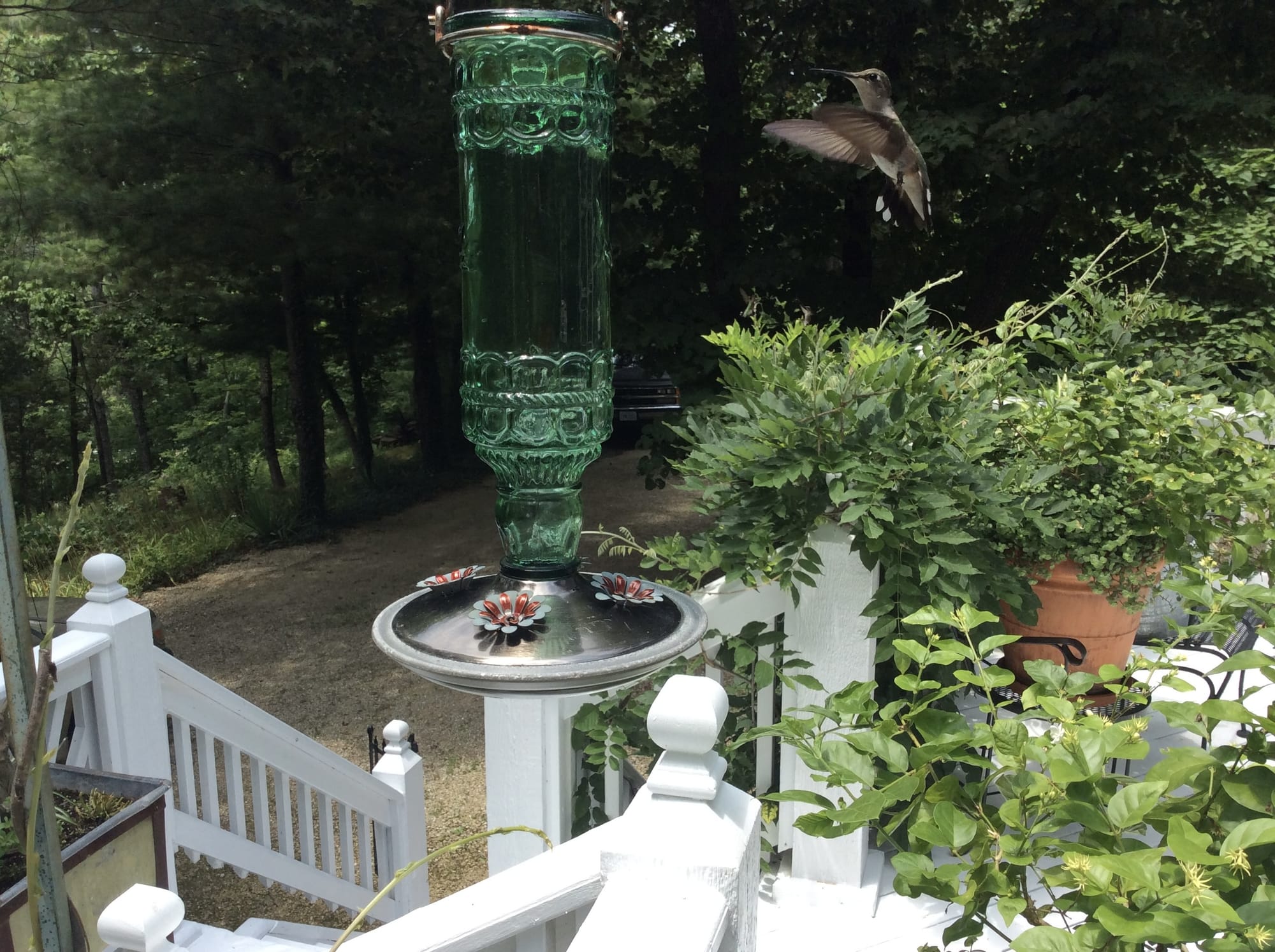
I visited the familiar landmarks scattered around our property too. The old shed, the creek bend, that one perfect climbing tree. They all look exactly the same, yet entirely different—like running into someone you knew in high school. You recognize them instantly, but time has added layers you're still trying to read.
Standing there, camera in hand, I realized I'll probably always feel like I haven't taken enough photos of this place. But maybe that's the point. Some things are meant to be felt more than captured—like lightning bugs at dusk, or the way home looks when you're finally old enough to see it clearly.
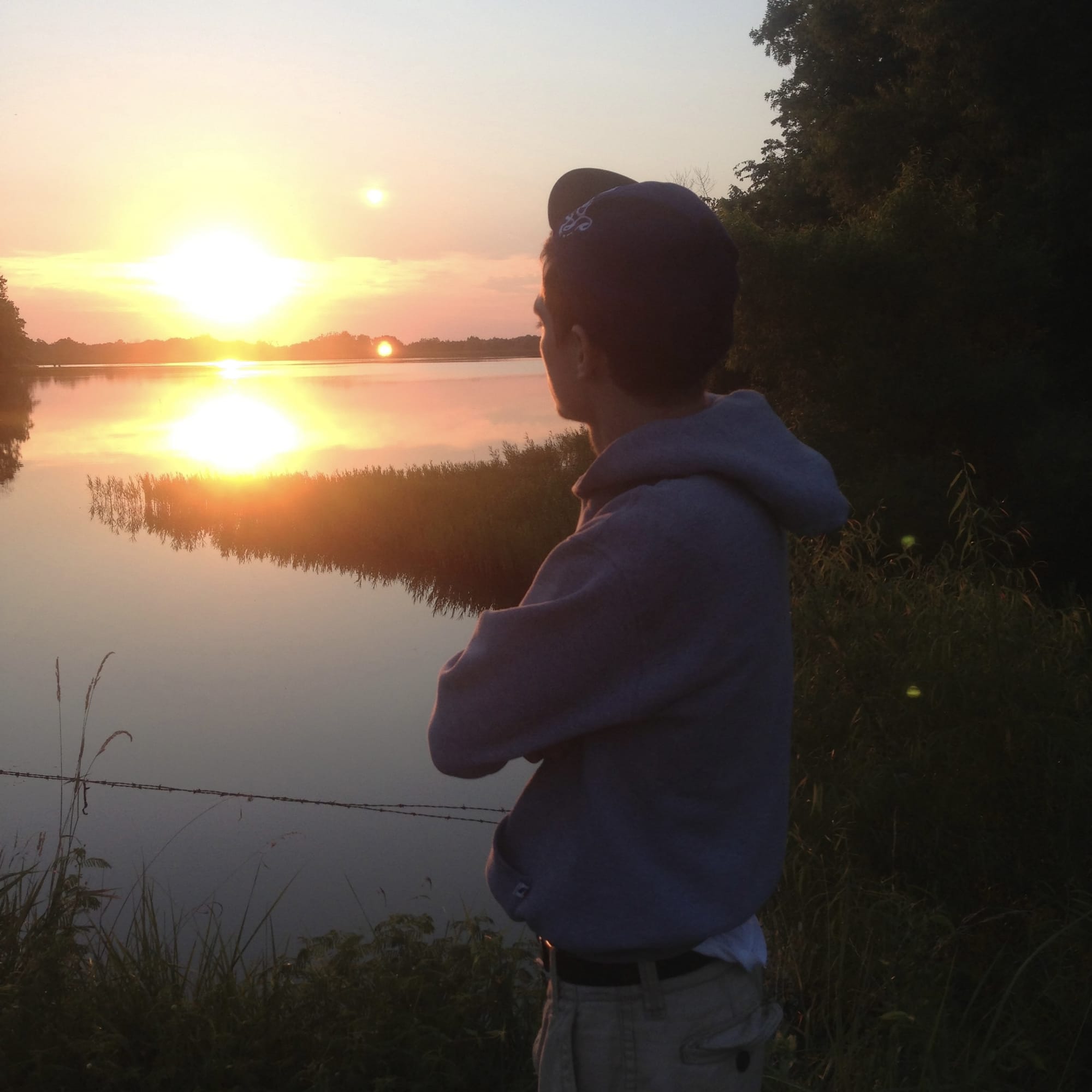
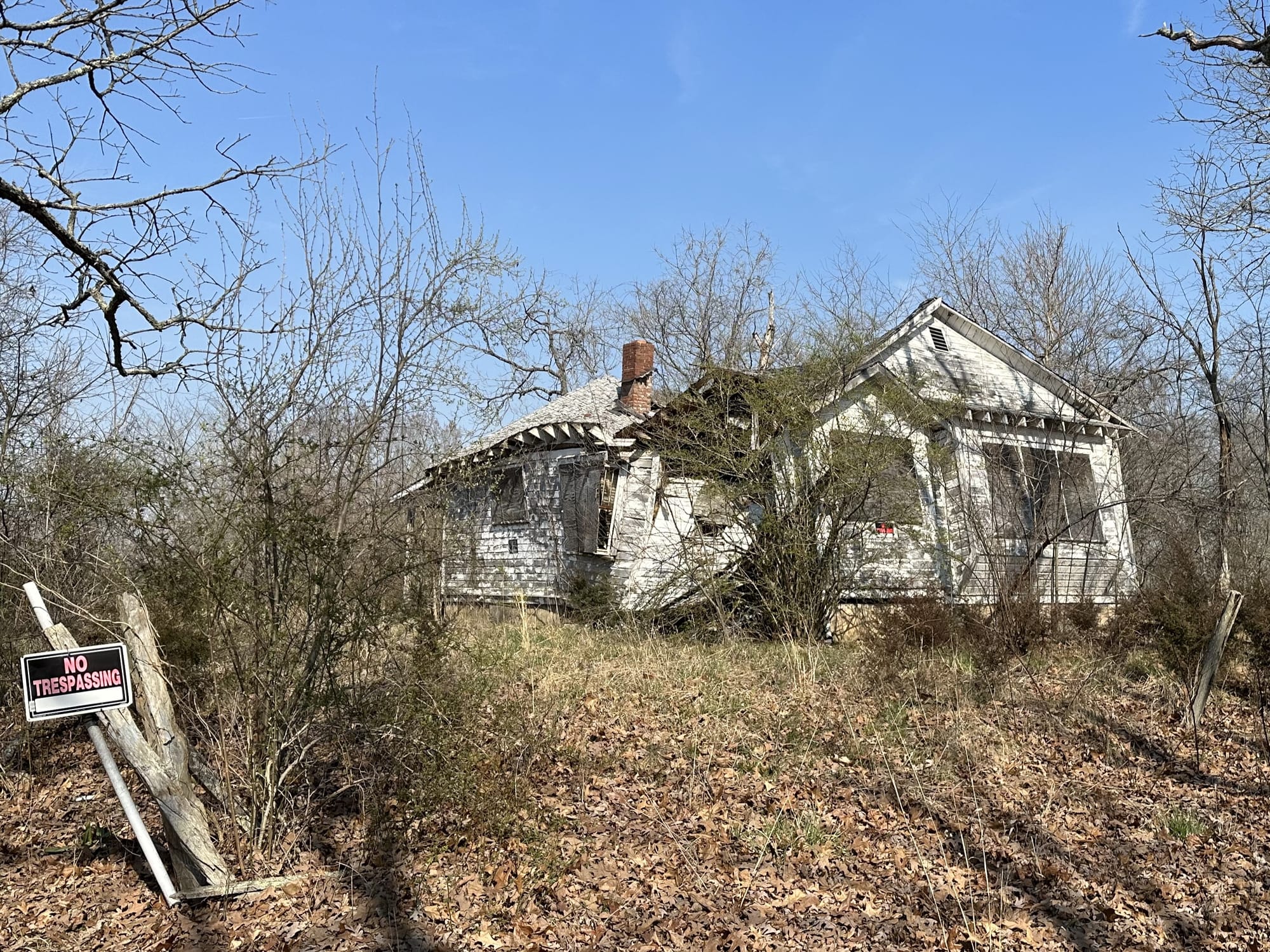
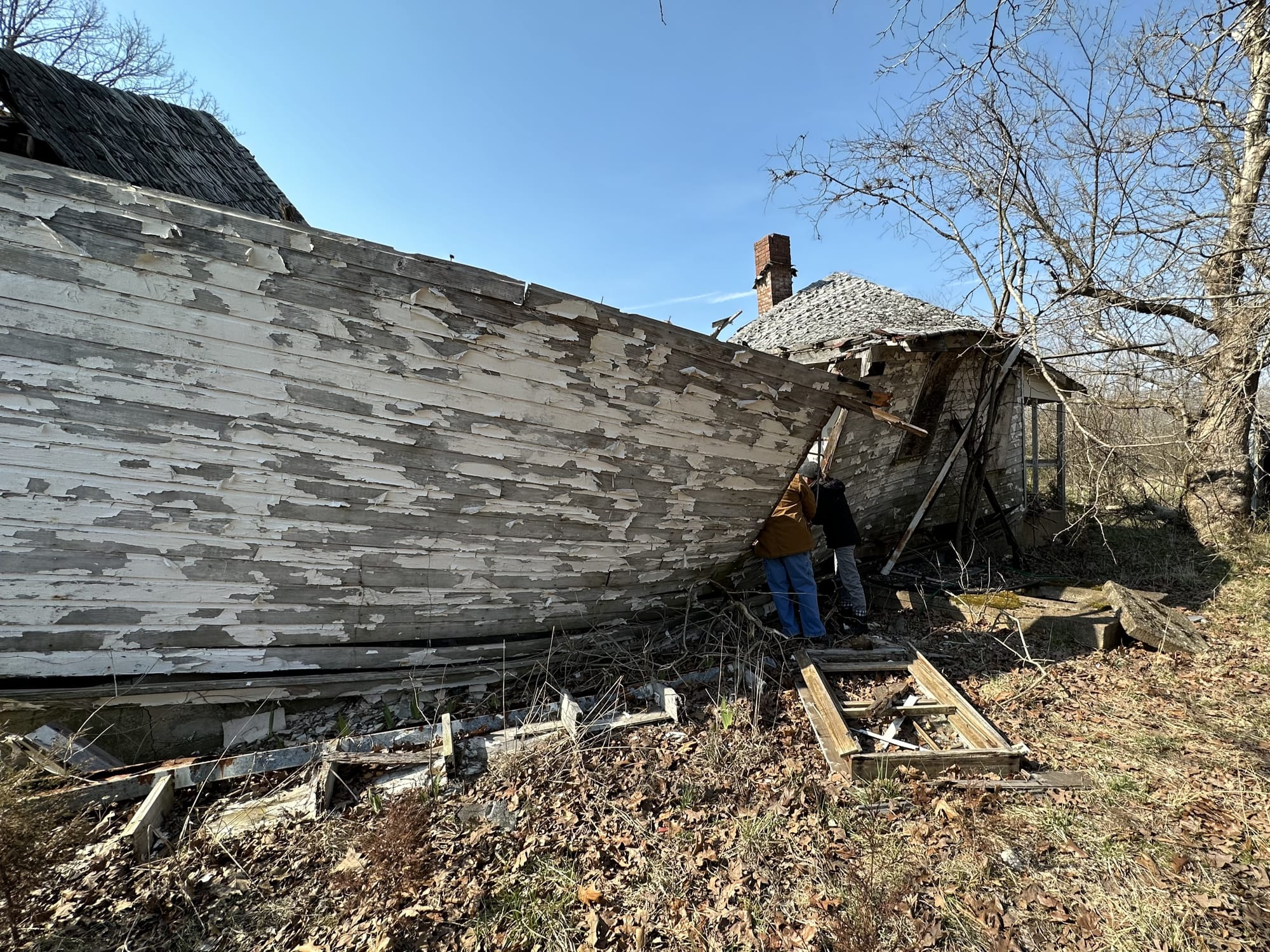
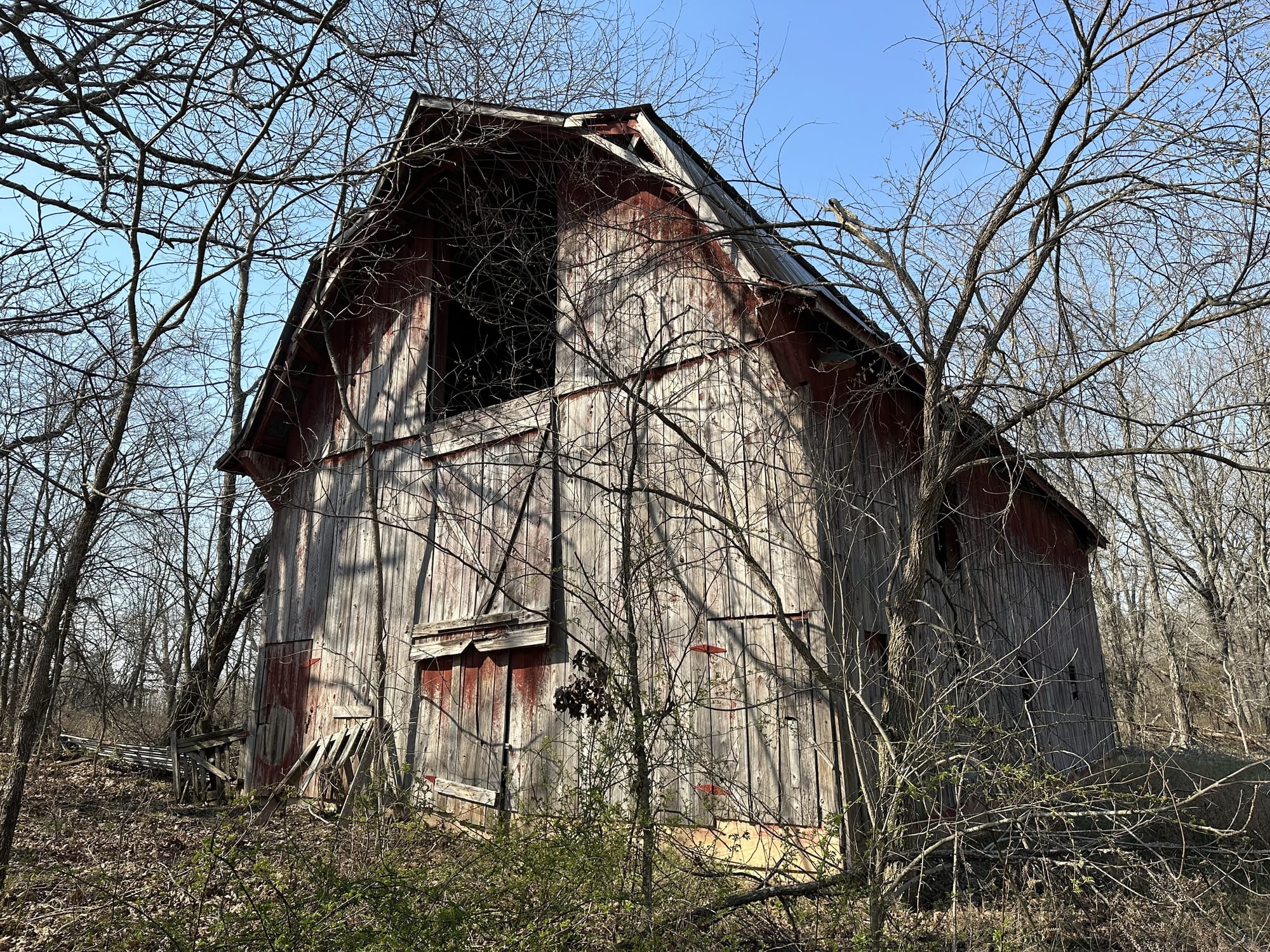
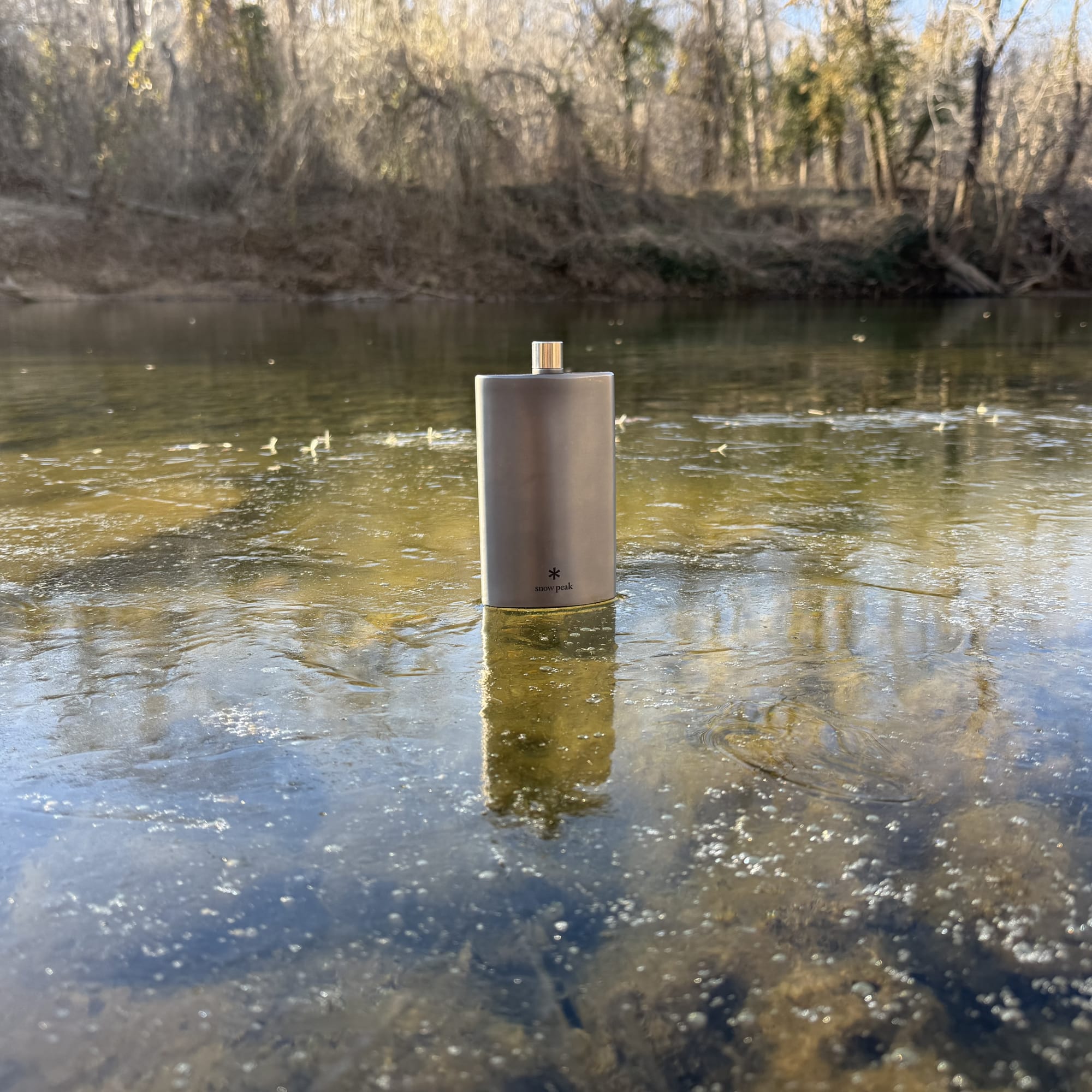
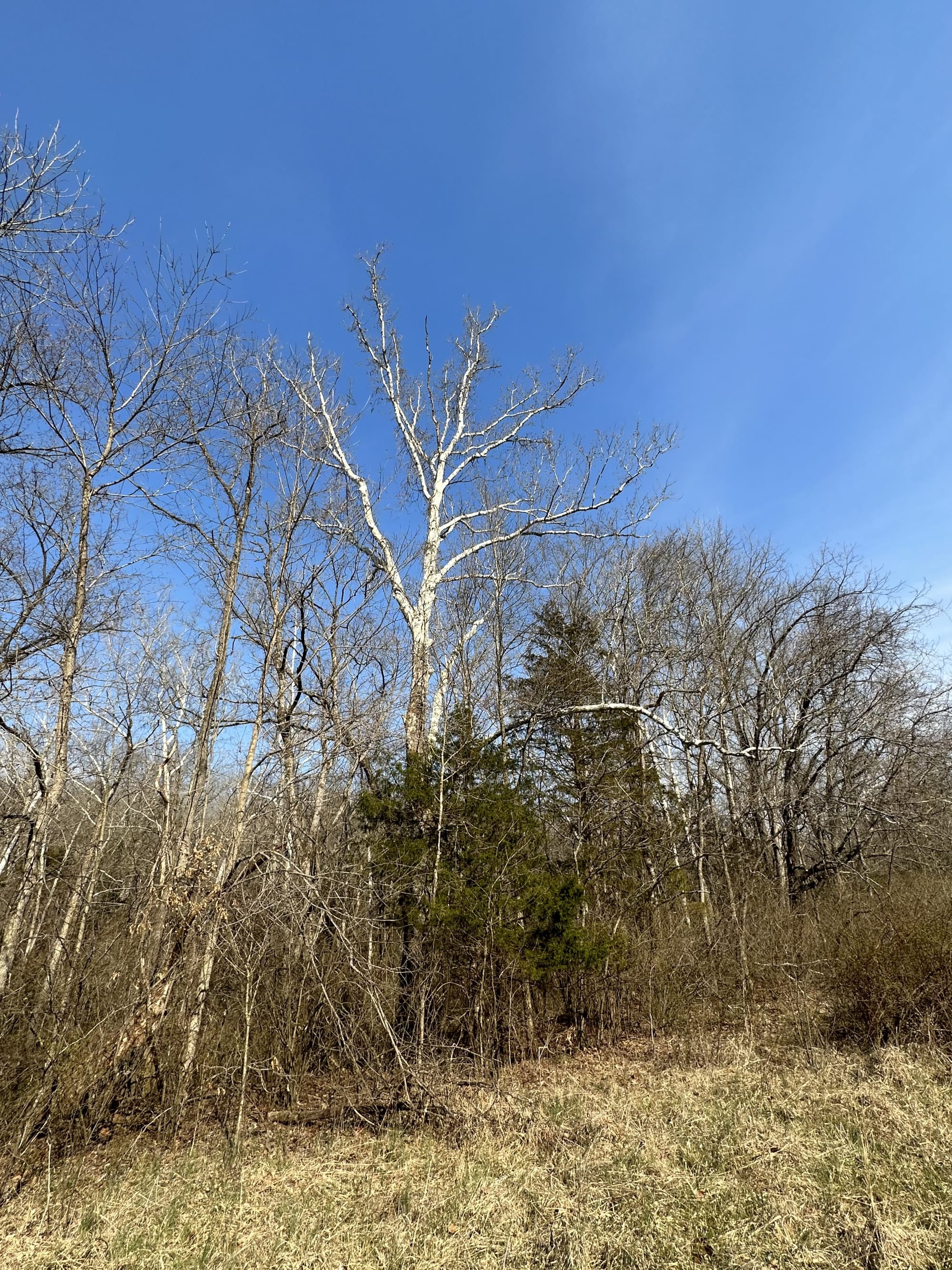
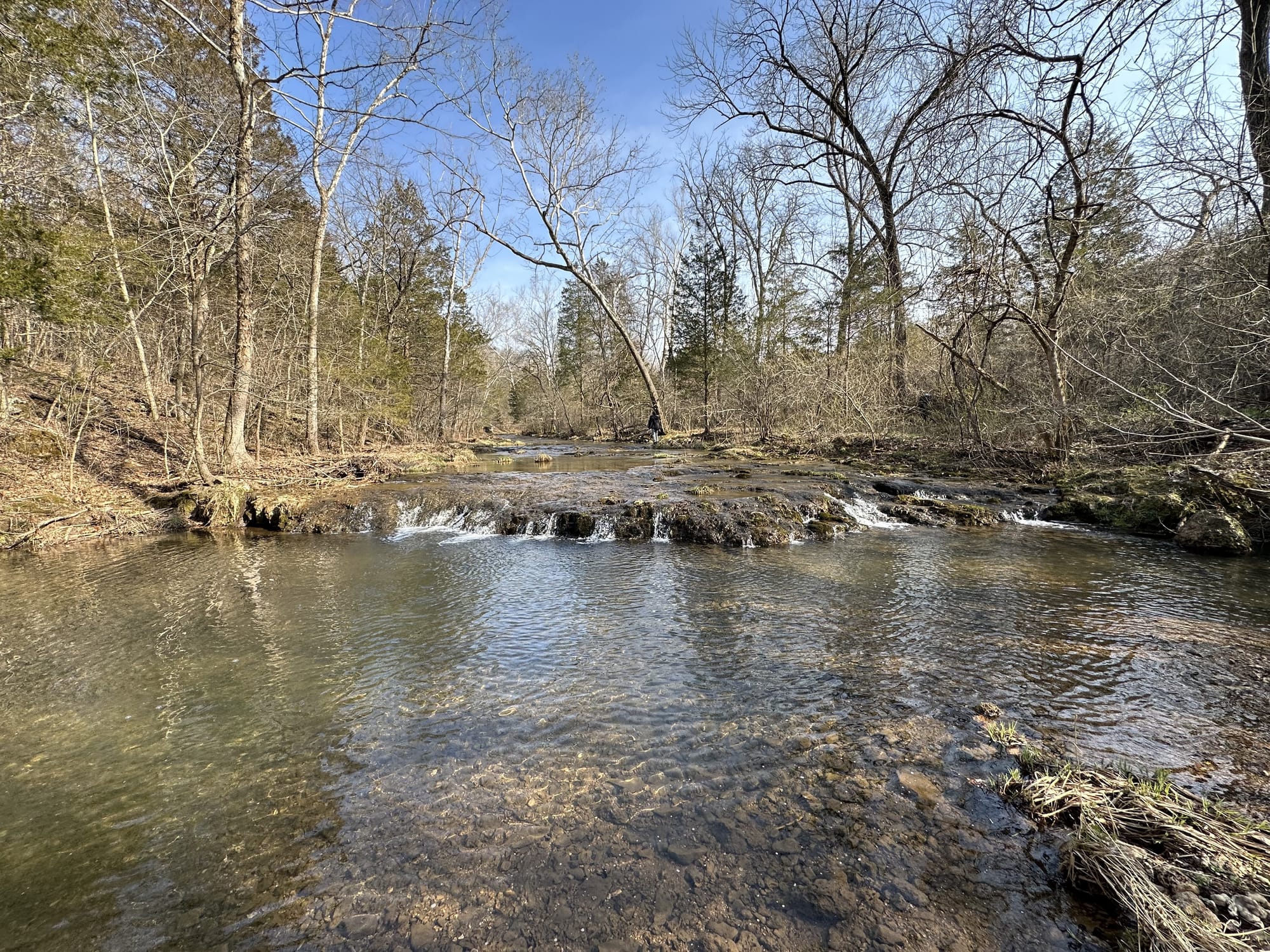
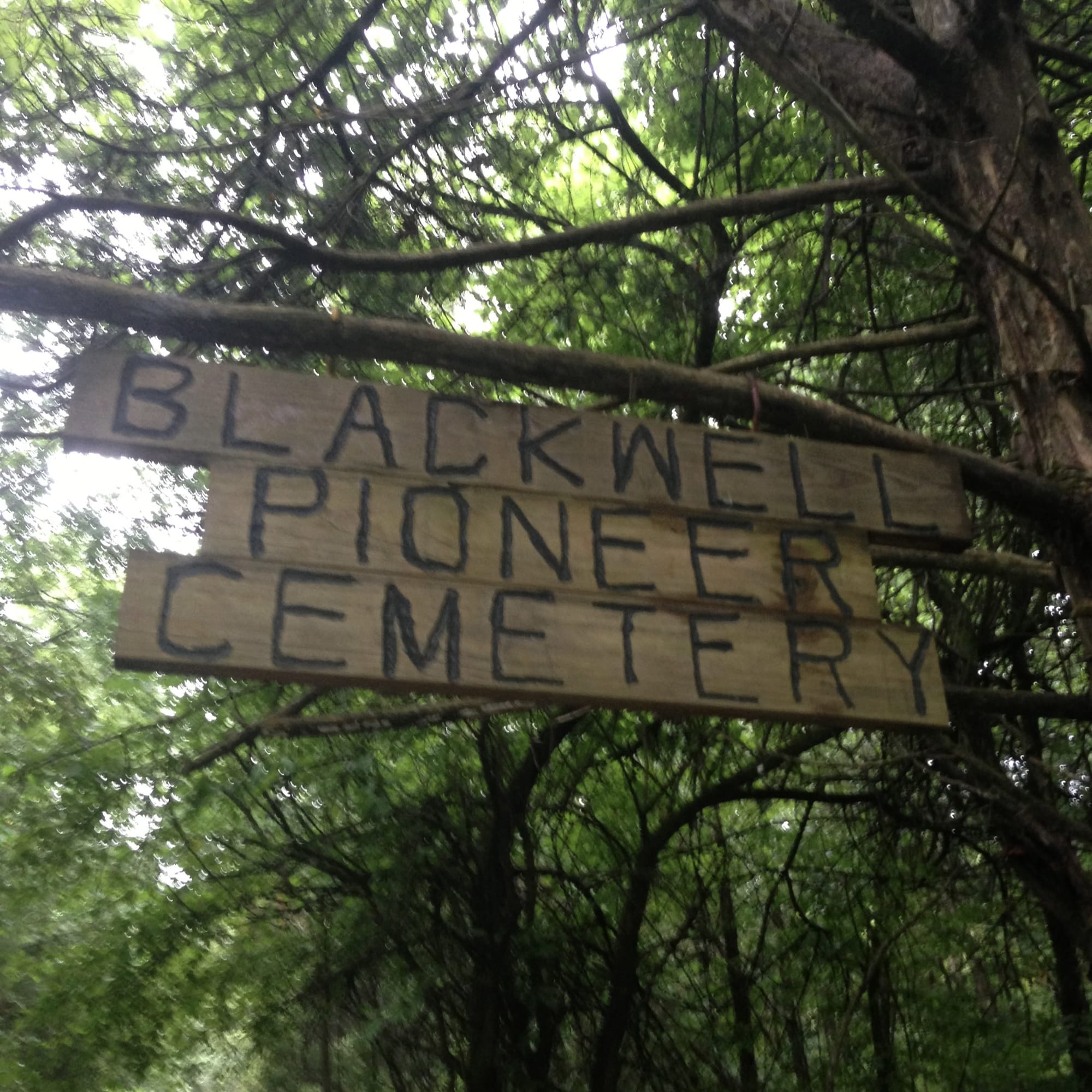
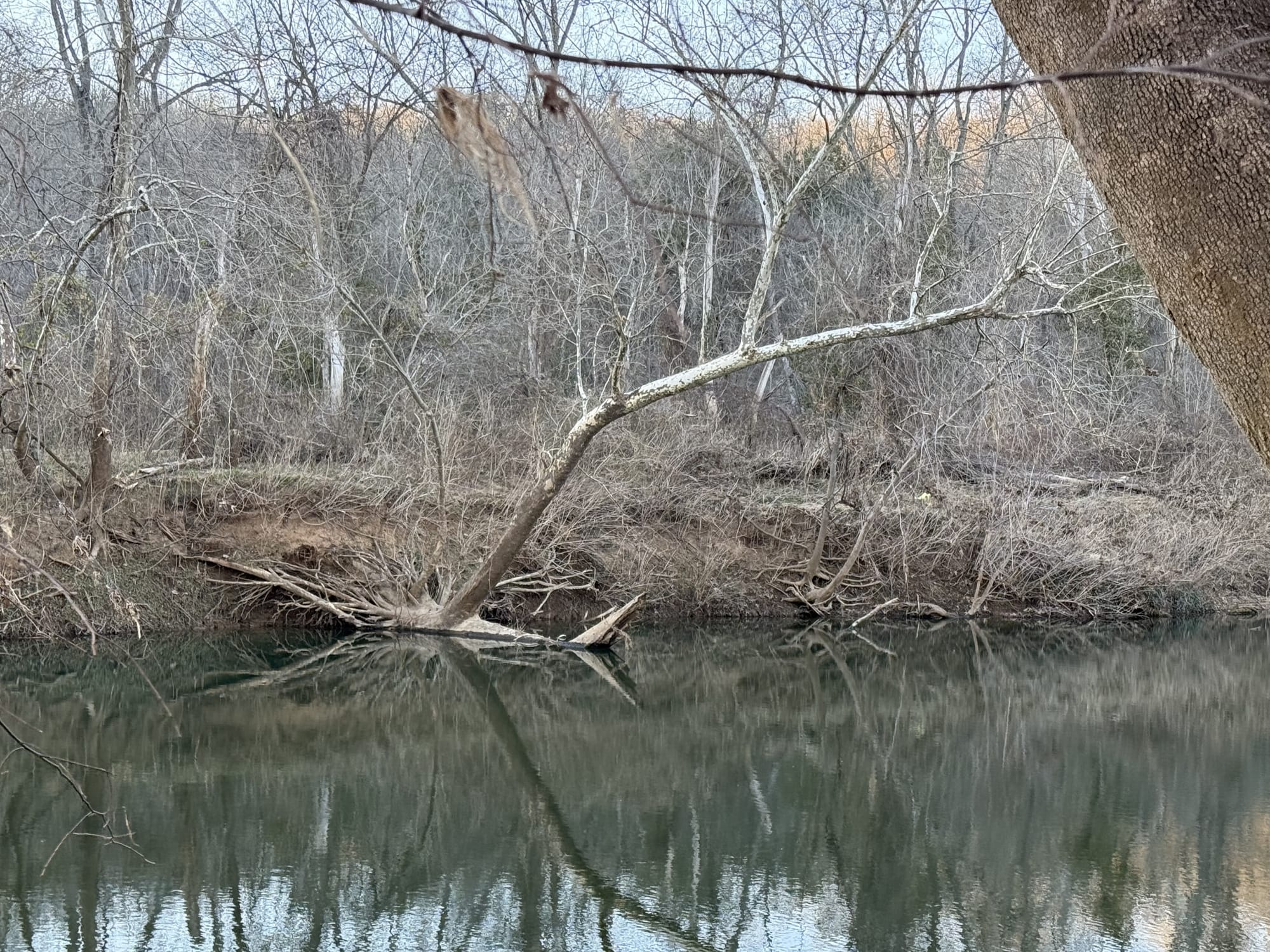
Ukrainian Alphabet
33 letters, one language, one millennium.
| 🇺🇦 | 🇺🇸 | Recommended pronunciation (approx.) |
|---|---|---|
| А а | A | a as in father |
| Б б | B | b as in bat |
| В в | V | v as in vine (labio‑dental) |
| Г г | H | voiced h, like the Ukrainian “h” in Могила—between English h and German g in Tag |
| Ґ ґ | G | hard g as in go |
| Д д | D | d as in dog |
| Е е | E | e as in met |
| Є є | Ye / Ie | ye as in Yes at the start of a word; after a consonant = soft e |
| Ж ж | Zh | zh as in pleasure |
| З з | Z | z as in zoo |
| И и | Y | short i as in myth (central, unrounded) |
| І і | I | ee as in see |
| Ї ї | Yi / Ï | yee as in yeast at the start of a word; inside words like naïve ï |
| Й й | Y / J | consonantal y in boy; a quick “y‑glide” |
| К к | K | k as in skill (unaspirated) |
| Л л | L | light l as in lamp |
| М м | M | m as in man |
| Н н | N | n as in no |
| О о | O | pure o as in more (monophthong) |
| П п | P | p as in spin (unaspirated) |
| Р р | R | trilled r, like Spanish rápido |
| С с | S | s as in sun |
| Т т | T | t as in stop (unaspirated) |
| У у | U | oo as in boot |
| Ф ф | F | f as in fun |
| Х х | Kh | guttural ch as in German Bach |
| Ц ц | Ts | ts as in bits |
| Ч ч | Ch | ch as in church |
| Ш ш | Sh | sh as in ship |
| Щ щ | Shch | blended shch (say “fresh‑cheese” quickly) |
| Ь ь | soft sign | no sound; indicates preceding consonant is soft/palatalised |
| Ю ю | Yu / Iu | yoo as in union at word start; after a consonant = softened u |
| Я я | Ya / Ia | ya as in yard at word start; after a consonant = softened a |
The Story of the Ukrainian Alphabet
The story of Ukrainian letters begins in the 9th century with two enterprising brothers from Thessalonica. Saints Cyril and Methodius created the Glagolitic script to write Old Church Slavonic, bringing the gospel to Slavic pagans in their own tongue. This script—full of curious looped characters—quickly spread to Kievan Rus' after Prince Vladimir's conversion in 988. (The famous Ostromir Gospels of 1056 remain the oldest East Slavic book written in Cyrillic.) Soon a new Early Cyrillic alphabet, adapted by Bulgarian scribes from Greek letters with Glagolitic influences, took root in Eastern Slavic lands. Ukraine's ancestors thus inherited the general shape of Cyrillic letters from Byzantium, even as their spoken language was already diverging from Church Slavonic. While Glagolitic script persisted in some western South Slavic regions, it gradually faded in the East, yielding completely to Cyrillic for both liturgy and secular writing.
Under the Polish-Lithuanian Commonwealth, which ruled much of Ukraine from the 14th to 18th centuries, diverse spelling traditions flourished. Scholars like Meletii Smotrytskyi (early 17th century) codified Church Slavonic letters, adding new characters like Я, Е, and even Ґ while establishing formal grammar rules. Peter the Great's 1708 Civil Script reform in Russia inevitably influenced Ukrainian literacy as well: it eliminated archaic letters (Ѯ, Ѱ, Ѡ, Ѧ) and westernized letter shapes, spurring Ukrainian intellectuals to develop their own alphabetic responses. Throughout the 1800s, many Ukrainian writers advocated for phonemic spelling—following the example of Serbian reformer Vuk Karadžić—but conservatives (the so-called "Old Ruthenians" and Russophiles) resisted anything that smacked of "vulgar" vernacular. This period earned the nickname "War of the Alphabets," as newspapers and grammar texts battled between Russian-influenced orthographies and emerging Ukrainian systems.
The death blow nearly came in 1876 when Tsar Alexander II issued the infamous Ems Ukaz. This decree banned printing in Ukrainian (Latin script was already forbidden) and forced Ukrainian texts to adopt Russian spelling conventions—the lifeless "Yaryzhka" orthography. Publications using the phonetic Kulishivka orthography were driven underground, and Ukrainian letters teetered on the brink of extinction until the 1905 Revolution loosened restrictions. Meanwhile, in Austrian-controlled Galicia, a more nationally conscious script called the Zhelekhivka (1893) thrived. When Ukraine briefly gained independence during the chaos of 1917–1919 (through the Central Rada, Hetmanate, and other short-lived governments), the nation finally proclaimed its own official Ukrainian orthography.
Soviet power initially brought an unexpected gift: the policy of "Ukrainization." In 1927–28, a major conference in Kharkiv, led by Education Commissar Mykola Skrypnyk, crafted a unified Ukrainian orthography. This Skrypnykivka of 1928 masterfully balanced eastern and western spelling traditions, winning acceptance from both Soviet authorities and the diaspora. For one brief, shining moment, Ukrainian had a spelling system tuned to its own phonetics rather than Russian etymology.
But Stalin had other plans. By 1933, Ukrainization was denounced as a "nationalist deviation," and the alphabet was wrenched back toward Russian norms. The distinctive letter ґ (Ukrainian "ge") was purged, replaced by the Russian-style "г"; native combinations like льо and ля were altered; and older etymological spellings were resurrected. A new official orthography (dubbed the Postyshevka) appeared in 1936, with minor tweaks in 1945 and 1960, systematically erasing Skrypnyk's reforms. (Skrypnyk himself tragically took his own life in 1933 rather than face Stalin's show trials for "alphabet nationalism.") In Western Ukraine and among the global diaspora, however, the 1928 orthography lived on for decades as a symbol of resistance.
During Khrushchev's Thaw and especially under Gorbachev's Perestroika (1986–91), Ukrainian scholars began reclaiming their native letters and rules. In 1990, a new orthography triumphantly reinstated ґ and even reshuffled the alphabetical order (moving the soft sign Ь before Ю). By the time Ukraine declared full independence in 1991, the alphabet had assumed its essentially modern form. Today it contains 33 letters—10 vowels, 21 consonants, and 2 signs—including the distinctive Є, І, Ї, and Ґ that neither Russian nor Belarusian possess.
After 1991, the Ukrainian alphabet transformed from a mere writing system into a powerful symbol of nationhood. Schools and media standardized the post-1990 script, and in 2019 a new round of reforms restored several features from the 1928 Kharkiv orthography. Ukraine's National Orthography Commission explicitly stated that the 2019 edition "brought back" elements discarded during the 1933 Russification. While the practical changes mainly affected foreign name transliterations and pronunciation rules, the reform carried deep cultural significance: Ukraine was reclaiming a heritage long suppressed.
Walk through any Ukrainian classroom today and you'll see children learning their alphabet (called "азбука" or "абетка") with special emphasis on uniquely Ukrainian letters like Ґ and Ї. Every passport, every banknote, every street sign uses this Cyrillic script, asserting continuity with a thousand-year tradition. The alphabet appears everywhere in popular culture—from editions of Taras Shevchenko's immortal "Кобзар" (originally penned in 19th-century orthography) to modern street art celebrating individual letters. The Ukrainian script has become both tool and totem: it has outlived emperors and commissars, bent but never broken, and now stands proudly at the heart of national identity.
Ukrainian Anthem
Ukraine’s glory has not yet perished, nor her freedom.
| Ще не вмерла України, і слава, і воля, | Ukraine’s glory has not yet perished, nor her freedom, |
| Ще нам, браття молодії, усміхнеться доля. | Upon us, young brothers, fate shall smile once more. |
| Згинуть наші вороженьки, як роса на сонці, | Our enemies will vanish, like dew before the sun, |
| Запануєм і ми, браття, у своїй сторонці. | And we too shall reign, brothers, in our own land. |
| Душу й тіло ми положим за нашу свободу, | We’ll lay down our soul and body for our freedom, |
| І покажем, що ми, браття, козацького роду. | And we’ll show that we, brothers, are of the Cossack line. |
The Story Behind the Anthem
Ukraine's national anthem began as a poem written in 1862 by Pavlo Chubynsky, a young Ukrainian ethnographer in Kyiv. Its stirring first line – "Ukraine has not yet died" – expressed defiant hope for the nation's future. Legend has it that Chubynsky found inspiration at a student gathering after hearing a Serbian patriotic song. Even Polish patriots note similarities between Ukraine's anthem and their own "Poland Is Not Yet Lost." The poem's powerful message alarmed Tsarist authorities, who exiled Chubynsky as a "dangerous influence" shortly after he penned these verses. In 1863, his poem first appeared in print in the newspaper Meta in Lviv (then part of the Austrian Empire), where people began singing it as a hymn of Ukrainian spirit.
The transformation from poem to song happened quickly. In 1863, Mykhailo Verbytsky, a Ukrainian Greek-Catholic priest and composer from Galicia, created a melody for Chubynsky's words. By 1864, choirs in Lviv were performing the song, and it rapidly spread throughout Western Ukraine. One particularly significant performance occurred on March 10, 1865, during a memorial service for Taras Shevchenko in Przemyśl (now in Poland). This date would later be chosen as Ukraine's annual Anthem Day. The timing was deeply symbolic – Shevchenko, Ukraine's most beloved poet and sometimes called "the Ukrainian Shakespeare," had died in 1861. By featuring the new anthem at his memorial, Ukrainians connected it forever to their cultural revival. From then on, "Shche ne vmerla Ukraina" ("Ukraine Has Not Yet Perished") became the song of choice at patriotic gatherings, spreading among all who dreamed of self-rule.
The anthem's political significance grew during the turbulent years of World War I and its aftermath. Between 1917 and 1919, as Ukraine briefly tasted independence, various Ukrainian states adopted "Shche ne vmerla Ukraina" as their national anthem – including the Ukrainian People's Republic in central Ukraine and the West Ukrainian People's Republic in Galicia. Even tiny Carpatho-Ukraine chose it during its single week of independence in 1939. Under Soviet rule after World War II, the anthem was banned, but Ukrainian partisans sang it in secret while exiles kept it alive abroad.
When Ukraine finally gained independence from the USSR in 1991, reviving this historic anthem was one of the first acts of national renewal. In January 1992, the Verkhovna Rada (Ukraine's parliament) officially adopted Verbytsky's music and Chubynsky's words as the State Anthem of Ukraine. Some Ukrainians, however, found the original opening line too somber for a newly independent nation. In 2003, parliament approved a slight revision: "Ukraine's glory and freedom have not yet perished" replaced "Ukraine has not yet died." The modern version uses only the first verse and chorus of Chubynsky's longer poem, but the proud spirit remains unchanged.
Today, Ukraine's anthem stands as a powerful symbol of resilience and national identity. Its words and melody remind listeners that despite centuries of foreign domination, Ukraine's spirit endured. The anthem rings out at government ceremonies, international sporting events, and wherever Ukrainians gather to celebrate their nation. March 10 remains National Anthem Day, commemorating that historic 1865 performance. Ukrainian communities worldwide continue to sing it, testament to its enduring emotional power. At its heart, the anthem tells a story of survival – its opening lines boldly assert that Ukraine as a nation has not perished, a fitting motto for a people who preserved their identity through centuries of struggle. Understanding this history reveals why Ukrainians hold their anthem so dear: it's not just a song, but a declaration of their unbreakable will to exist.
Project Starline takes a cosmic leap forward as Google Beam
Google's AI-first 3D video communication platform.
It’s Google I/O time, which means time for product announcements! I was happy to see Starline make the cut within the first ten minutes.
Or should I say, Google Beam? ✨
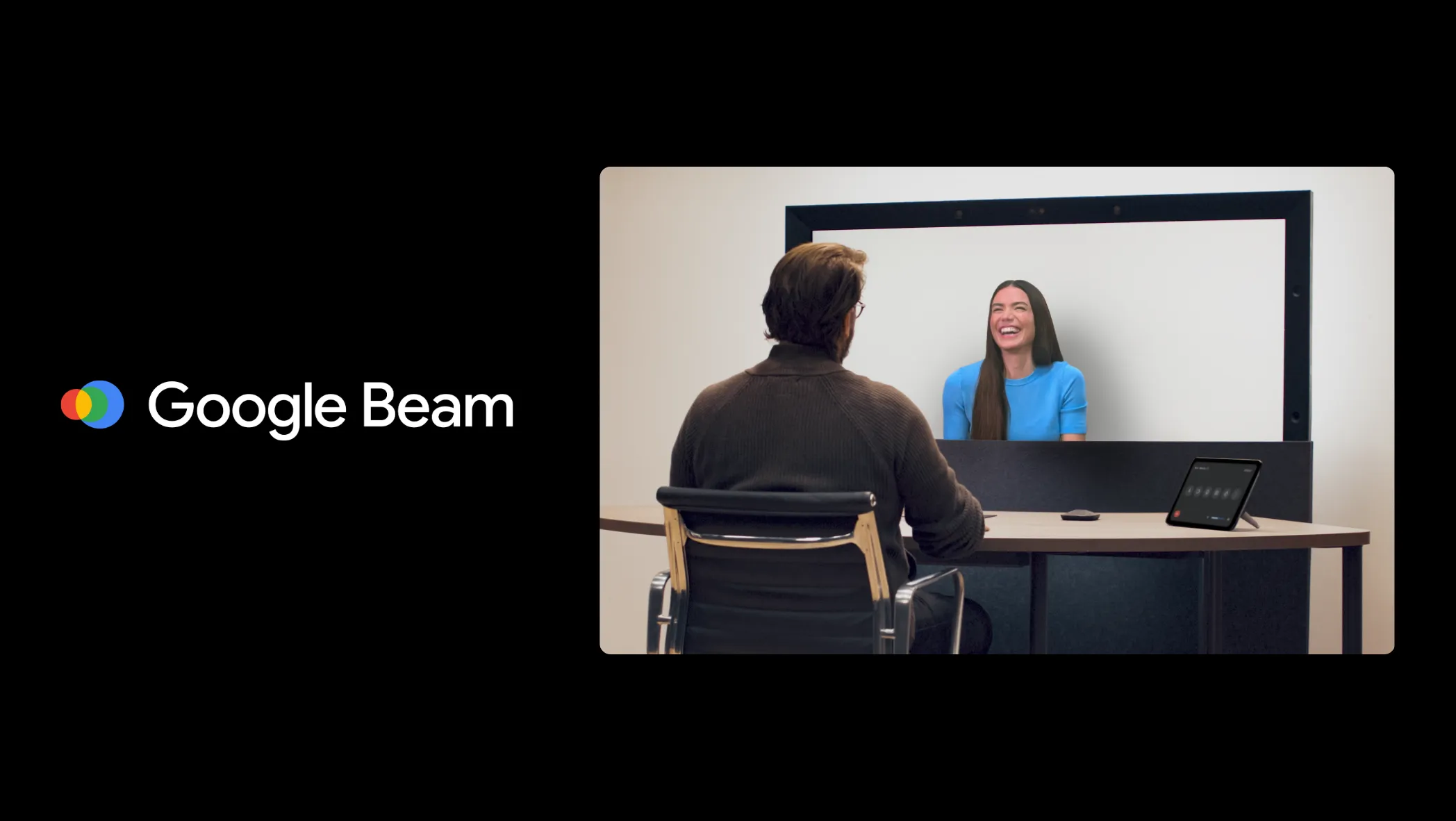
Instead of a flat webcam view, Beam uses AI with a special curved “light-field” screen and multiple cameras to recreate each person as a life-sized, 3D image. The effect is like talking through a clear window: your remote friend or colleague looks as if they’re really sitting right across from you, not just appearing flat on a screen.
Behind the scenes, an array of six cameras captures you from different angles. And with AI, we can merge these video streams together and render you on a 3D light field display with near-perfect headtracking down to the millimeter and at 60 frames per second, all in real time.
If you would like to know more, here’s the official Blog posts from today’s announcements.
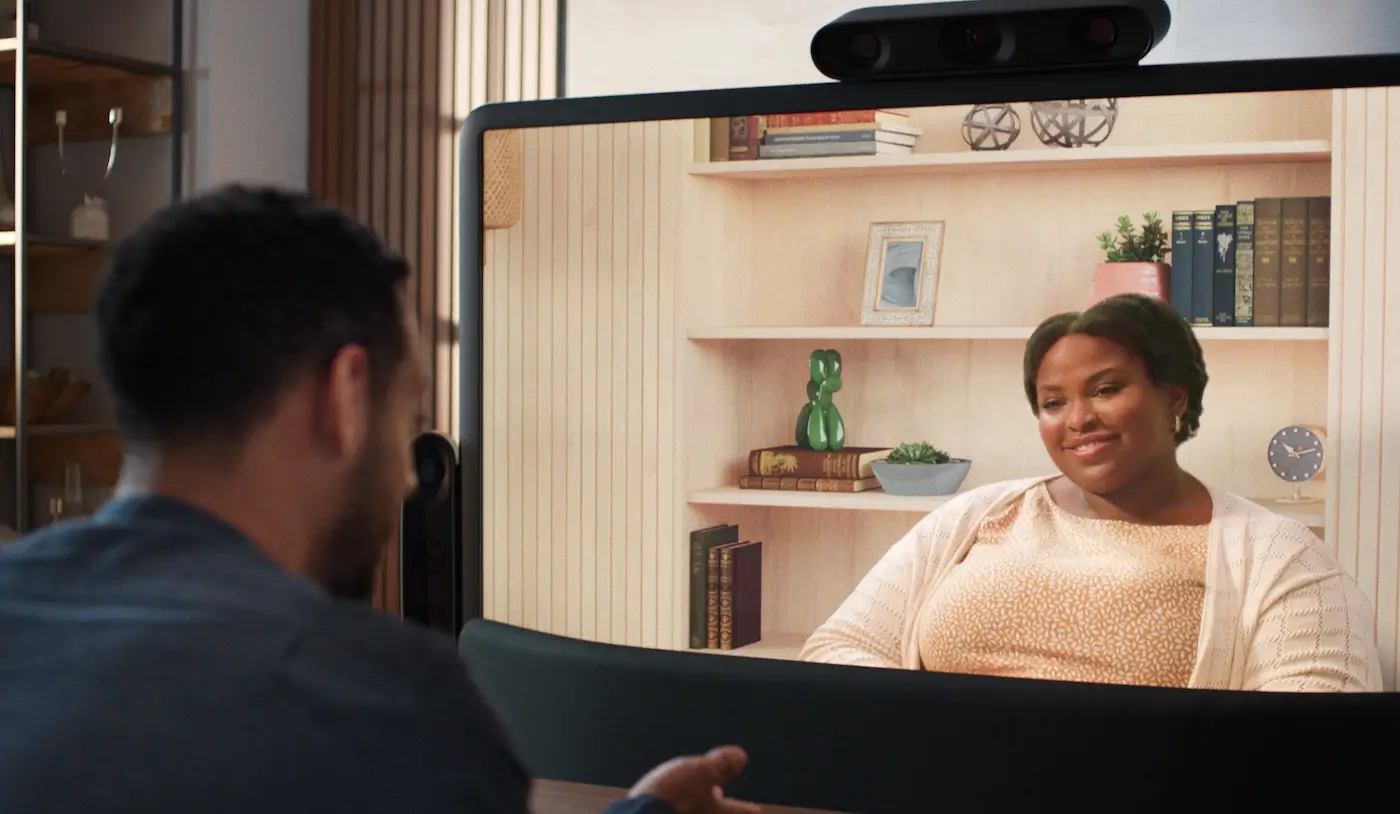
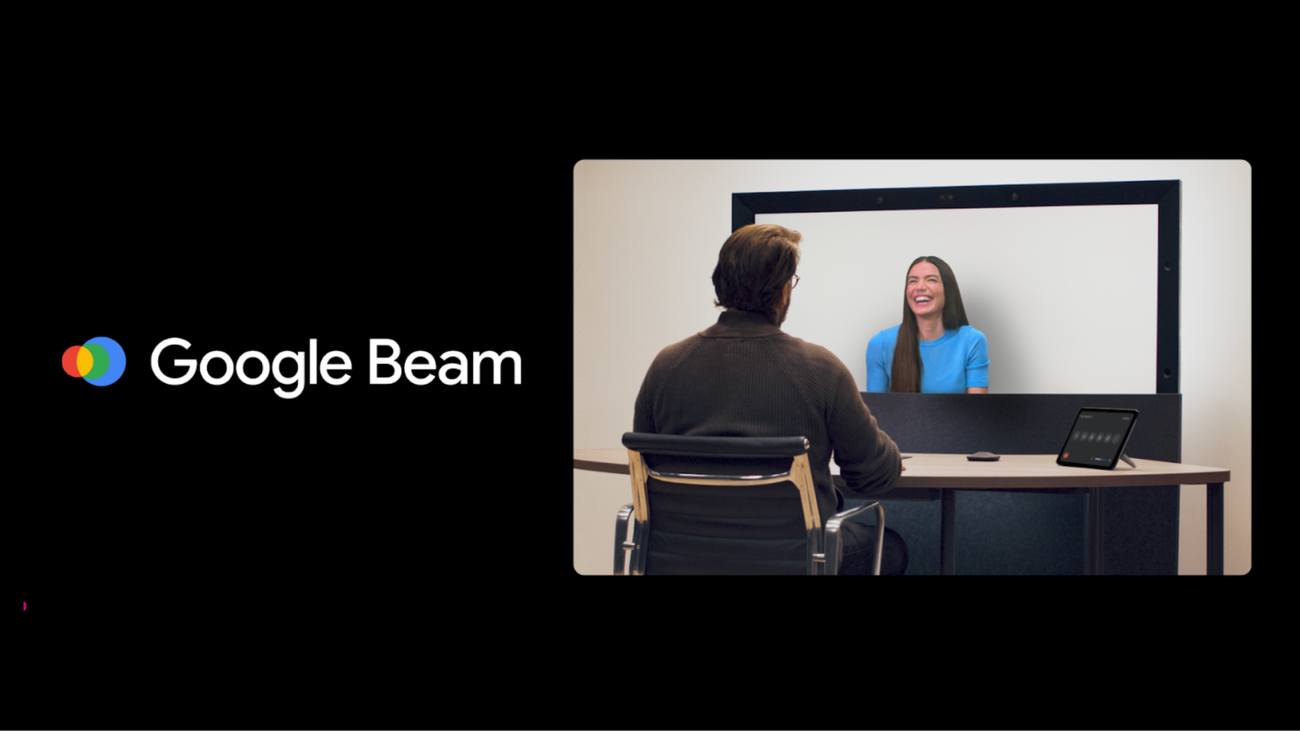

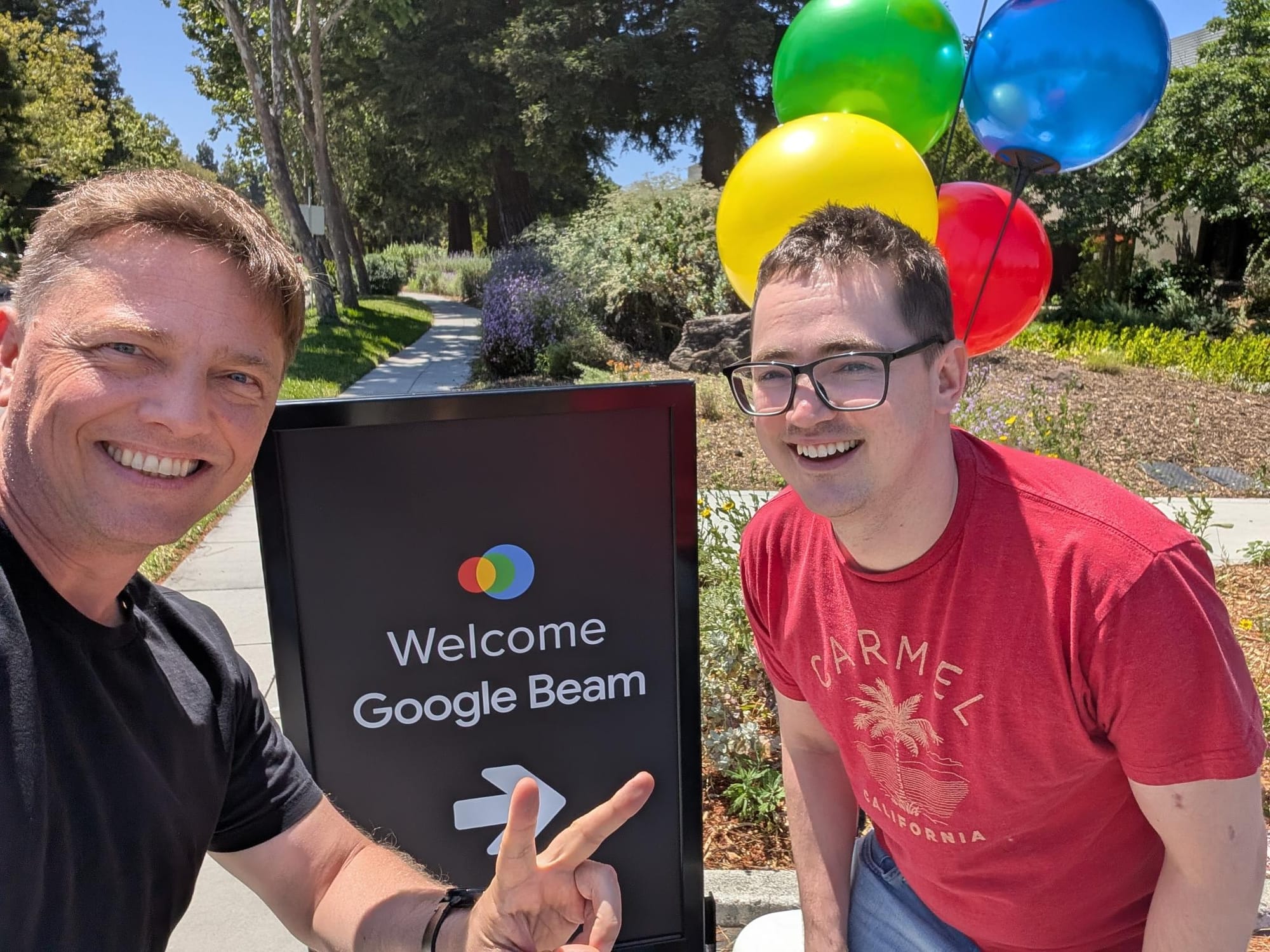
Roundup
when you're using Beam the best part of it is that you don't have to wear anything it's not like AR glasses or VR headsets it's just a giant TV with a bunch of custom cameras and sensors that Google has developed and the end experience is that you're looking at a 3D hologram of someone. — The Verge

